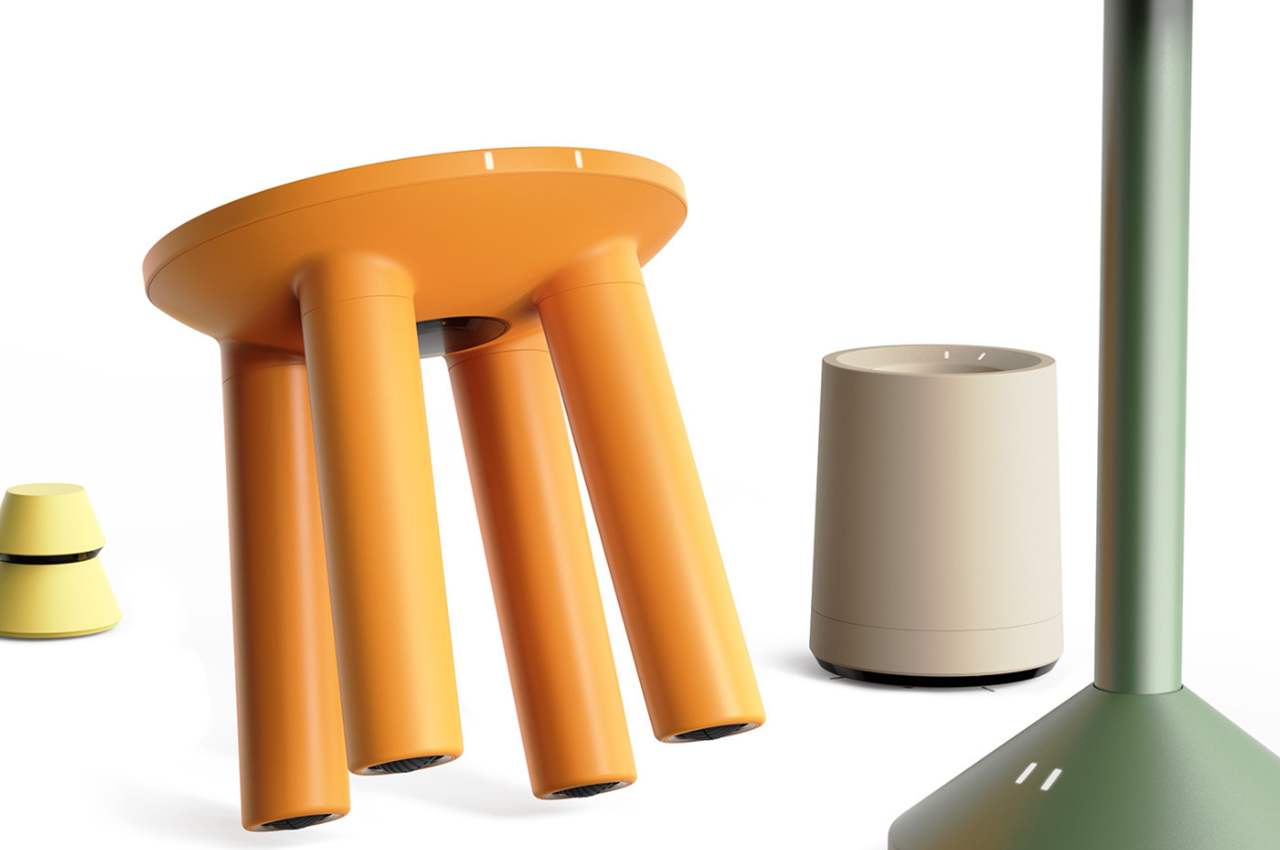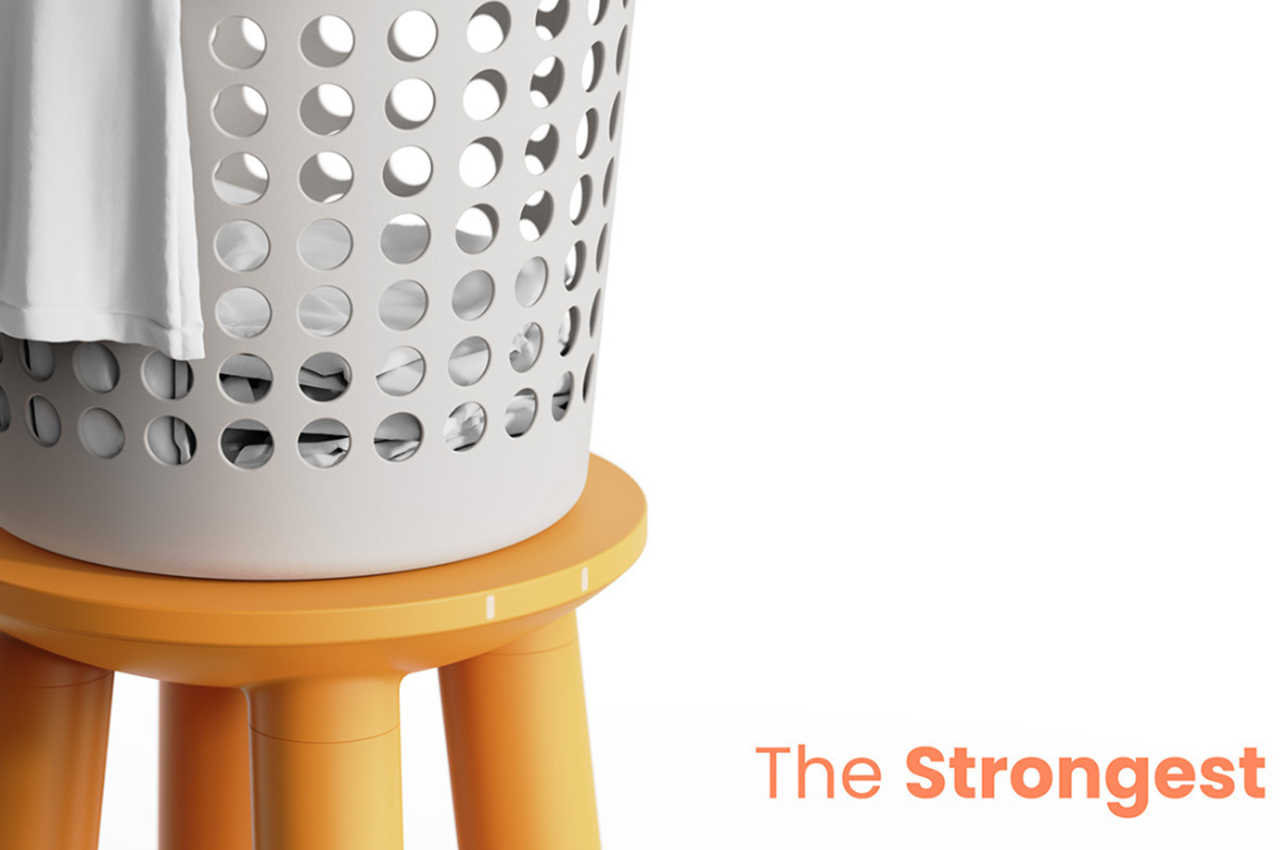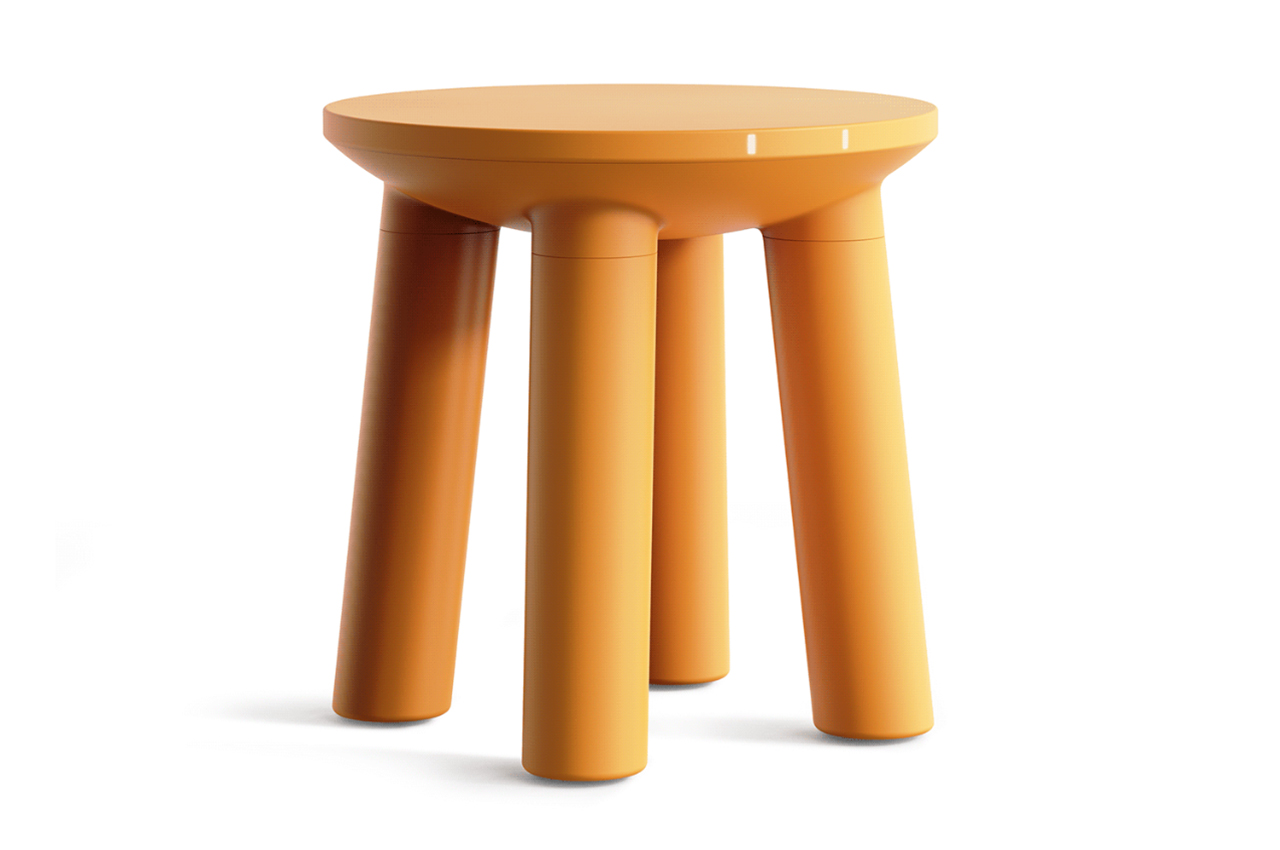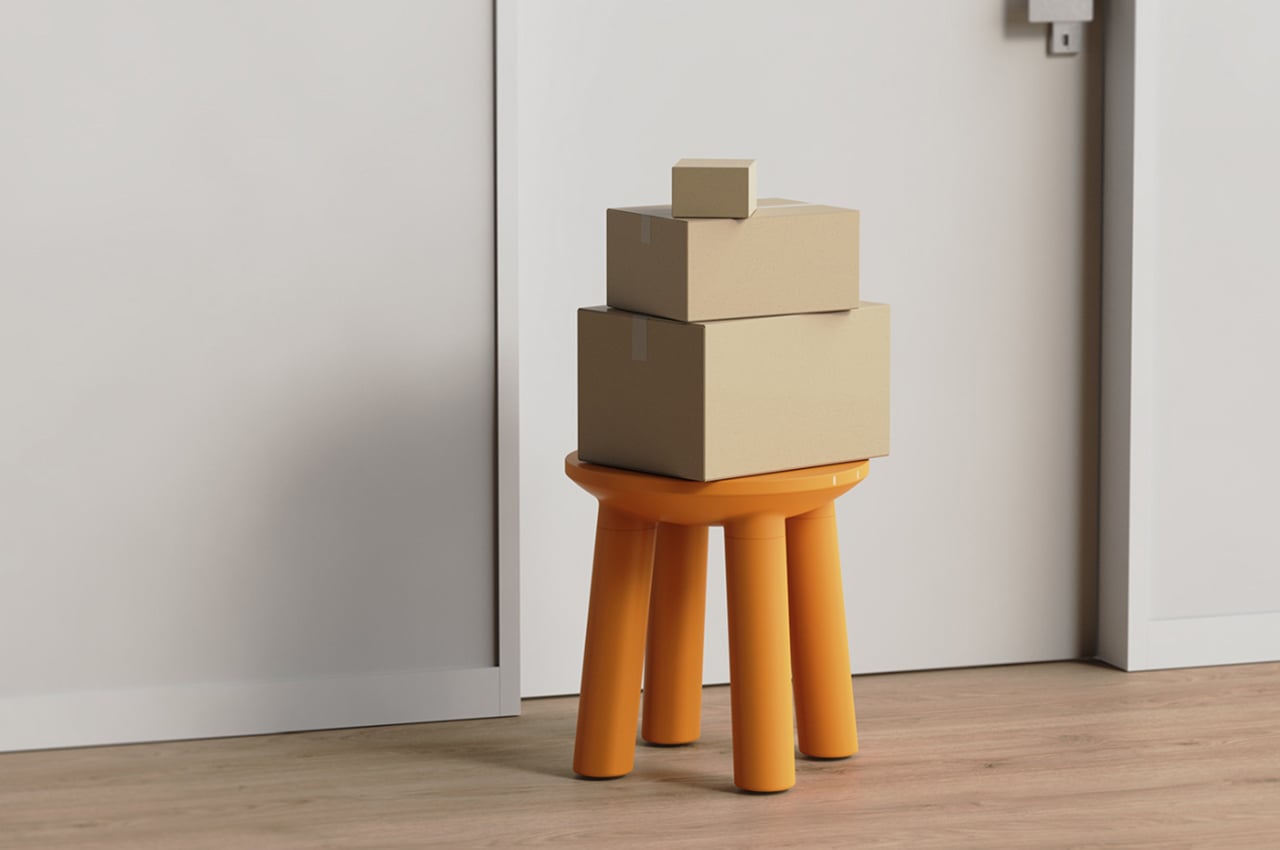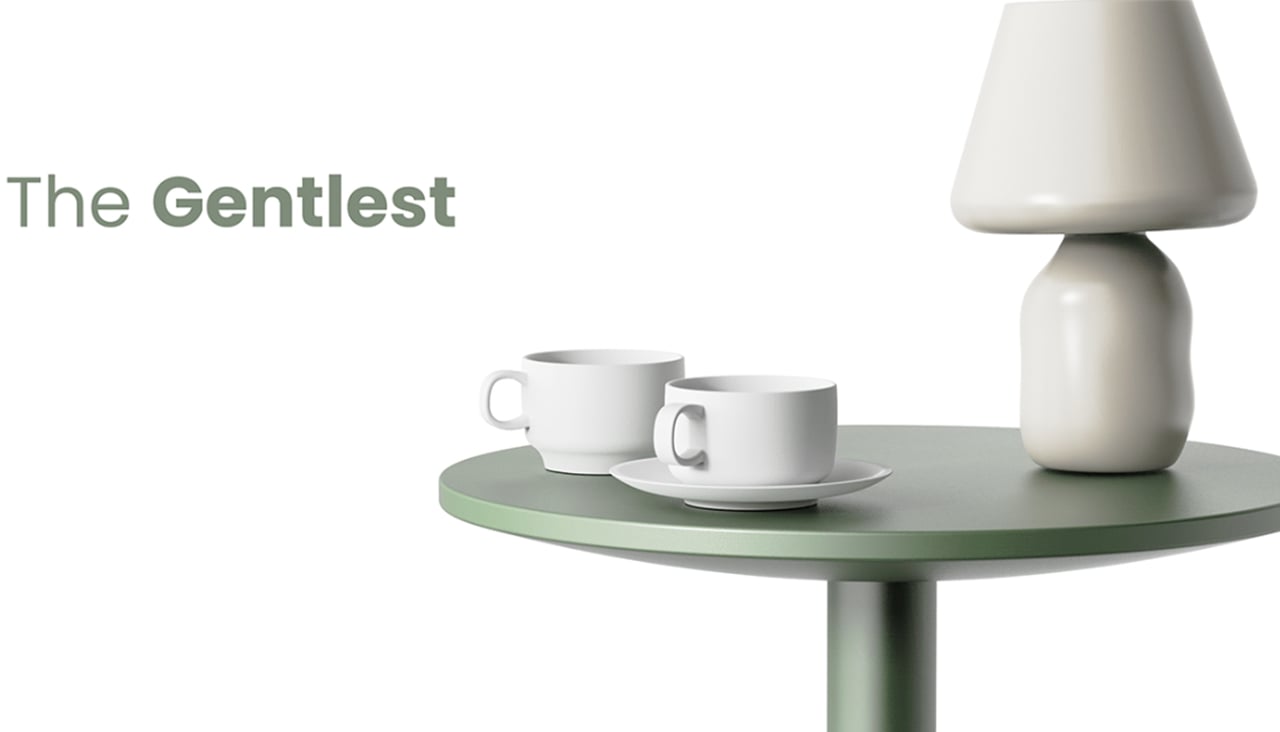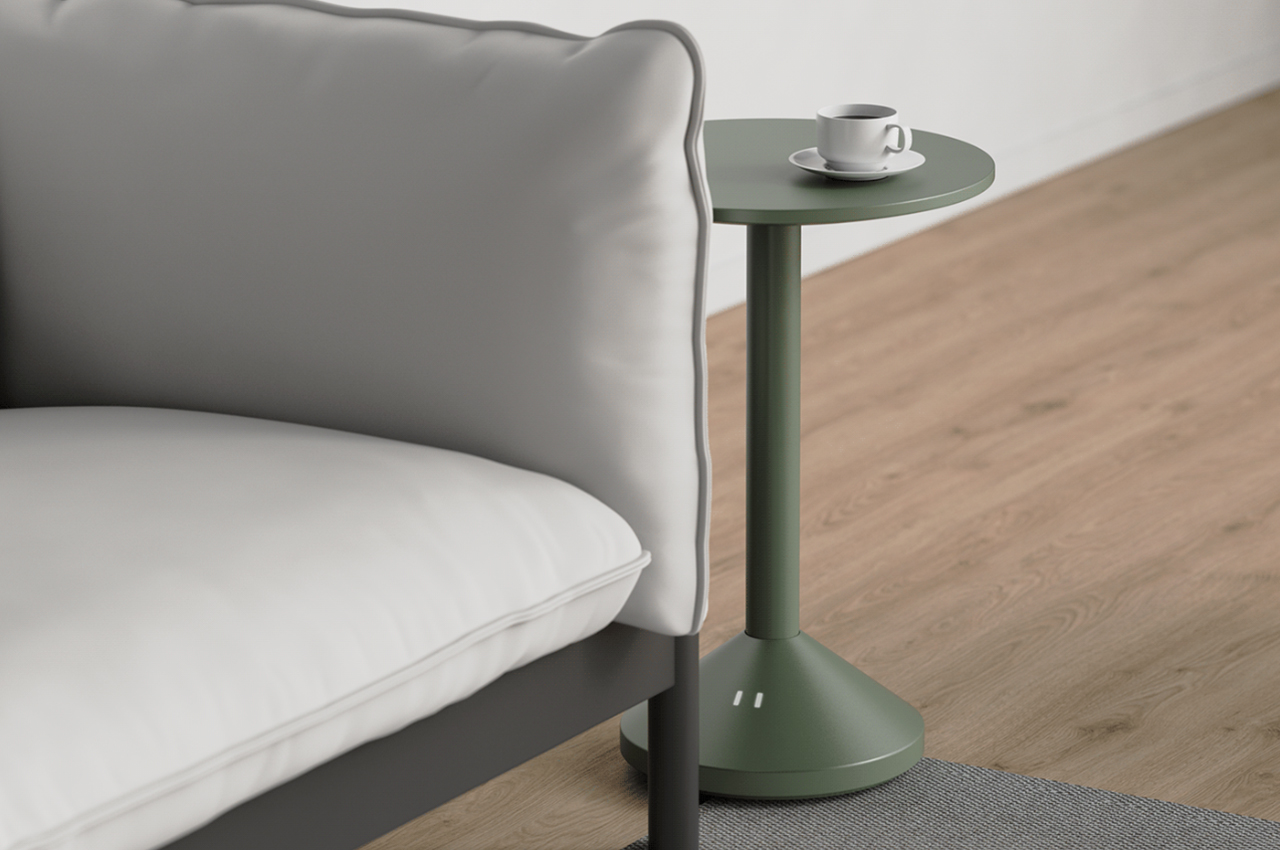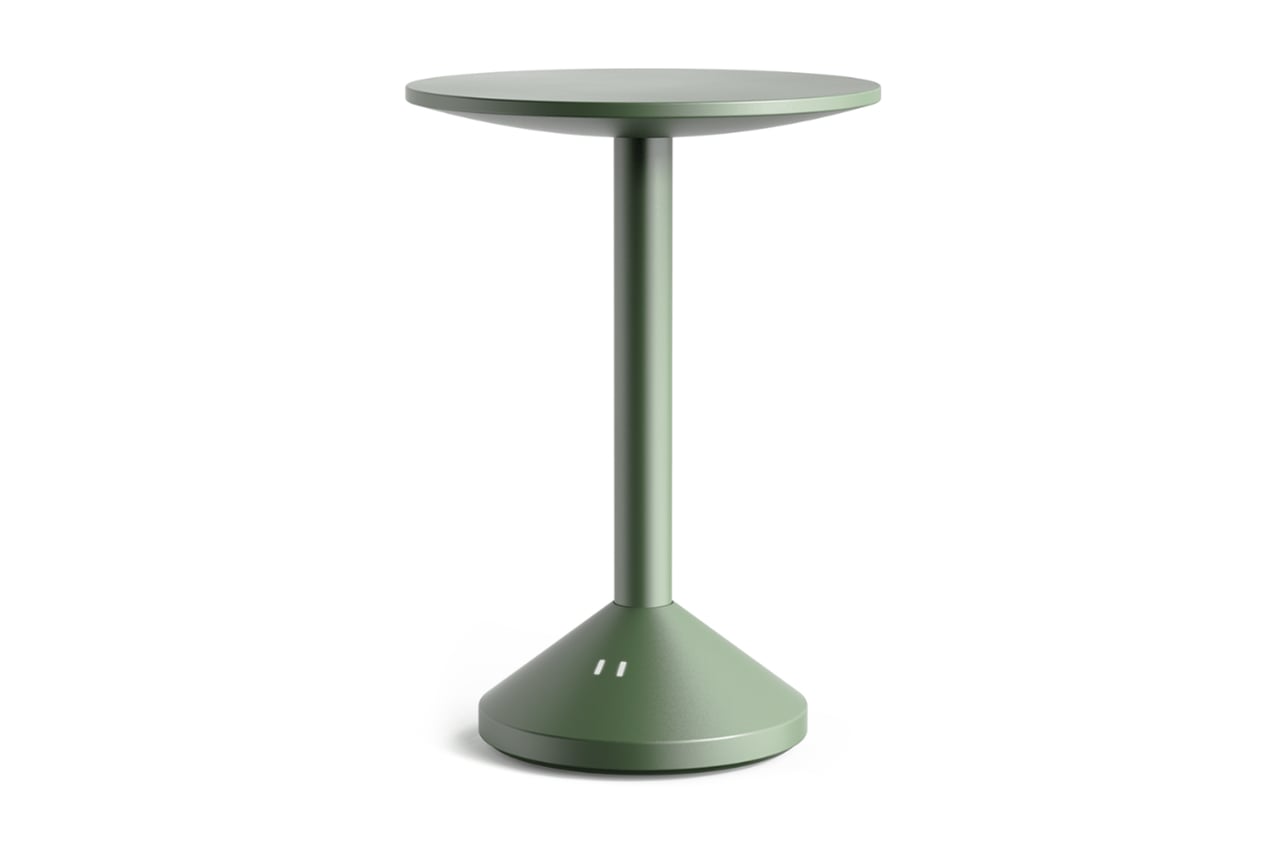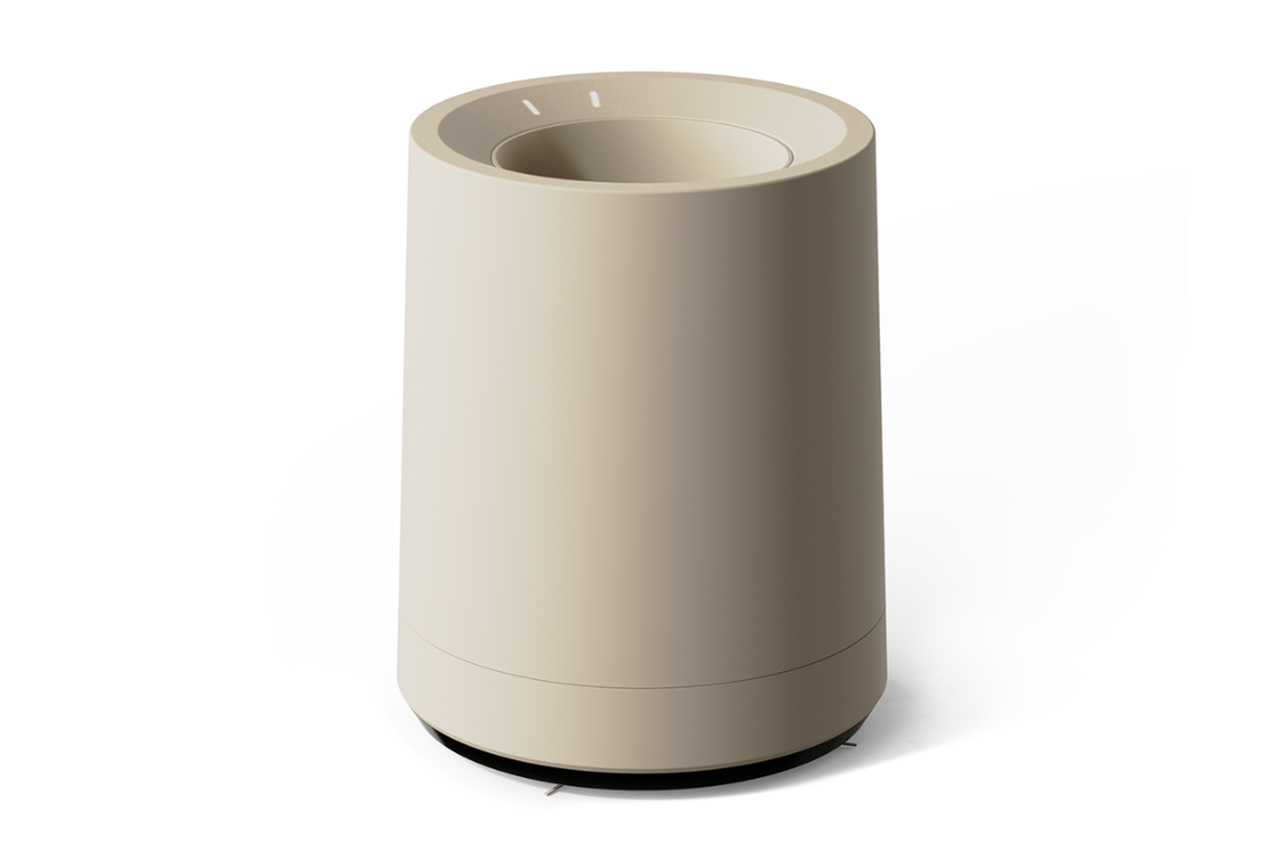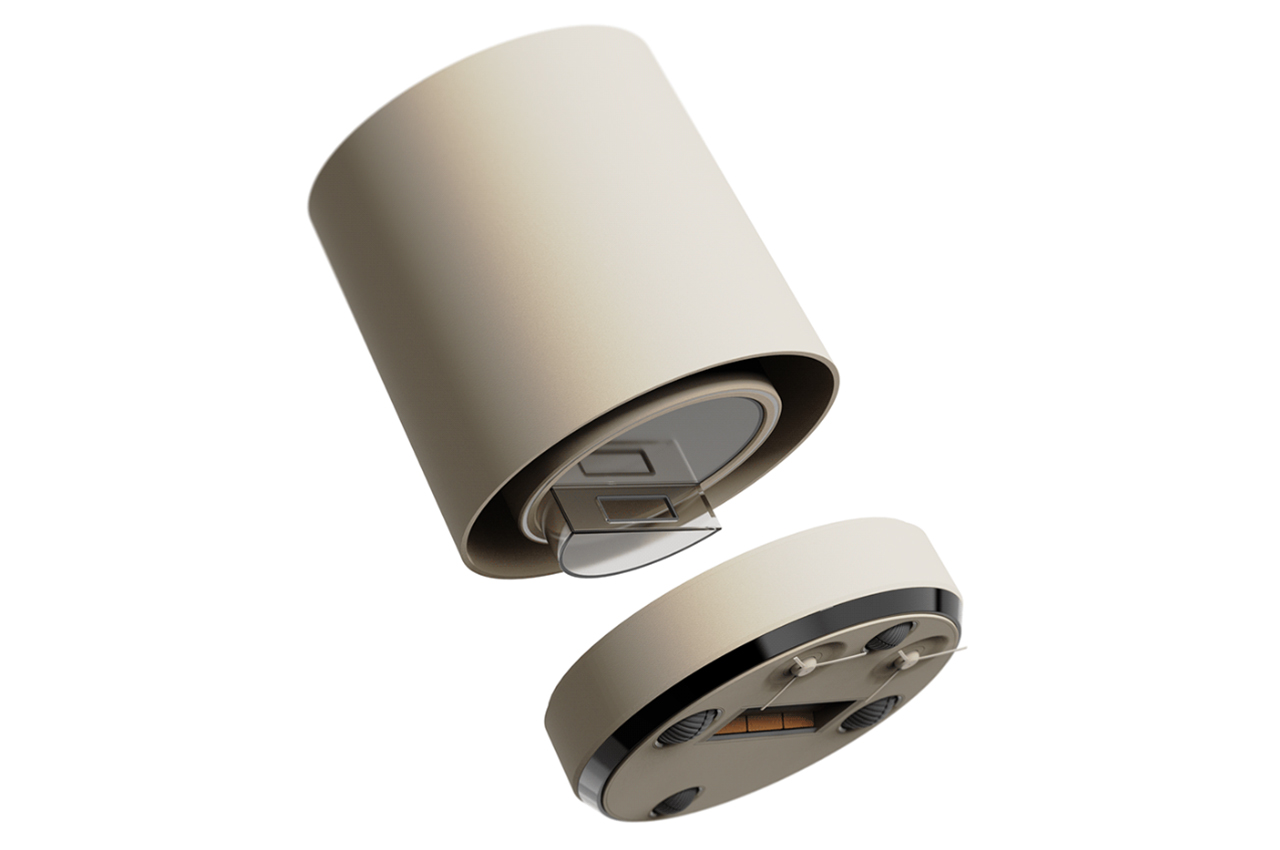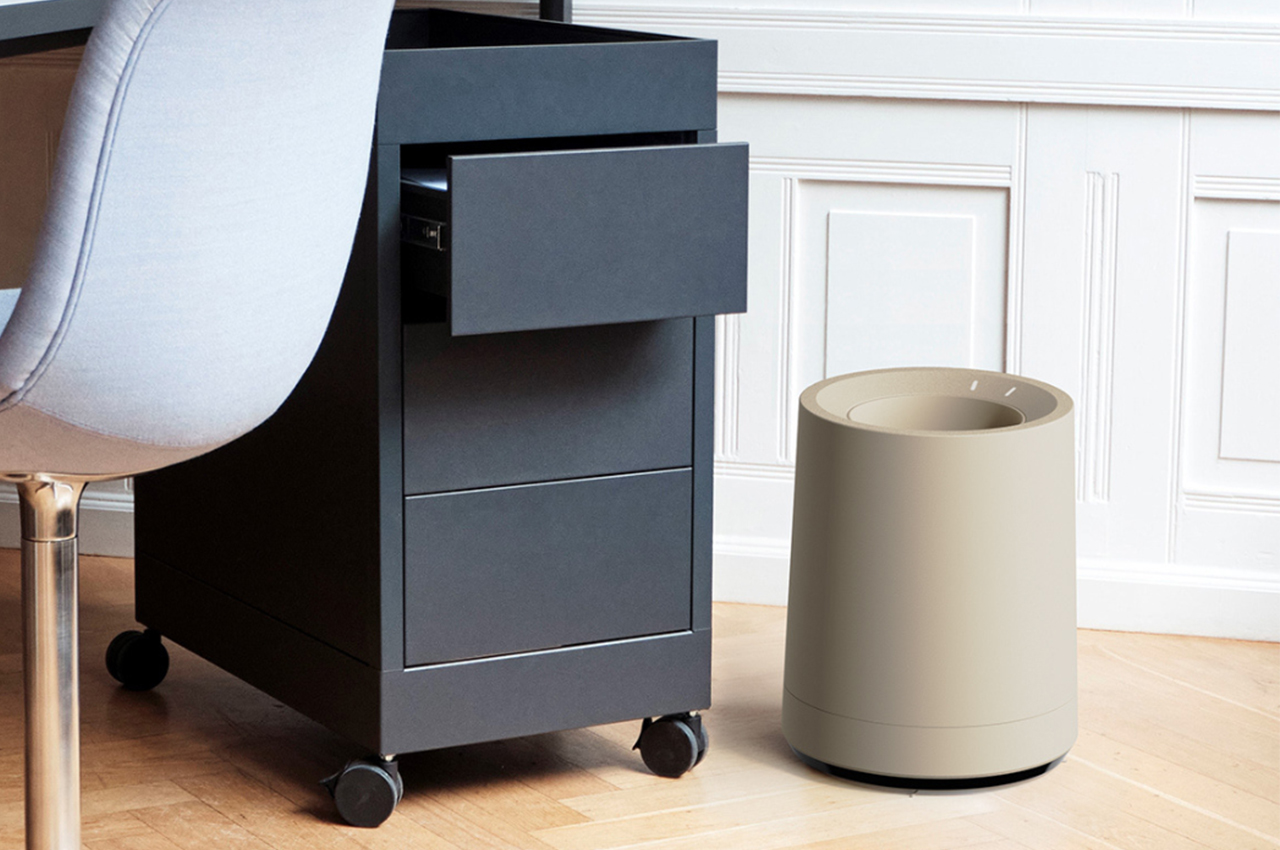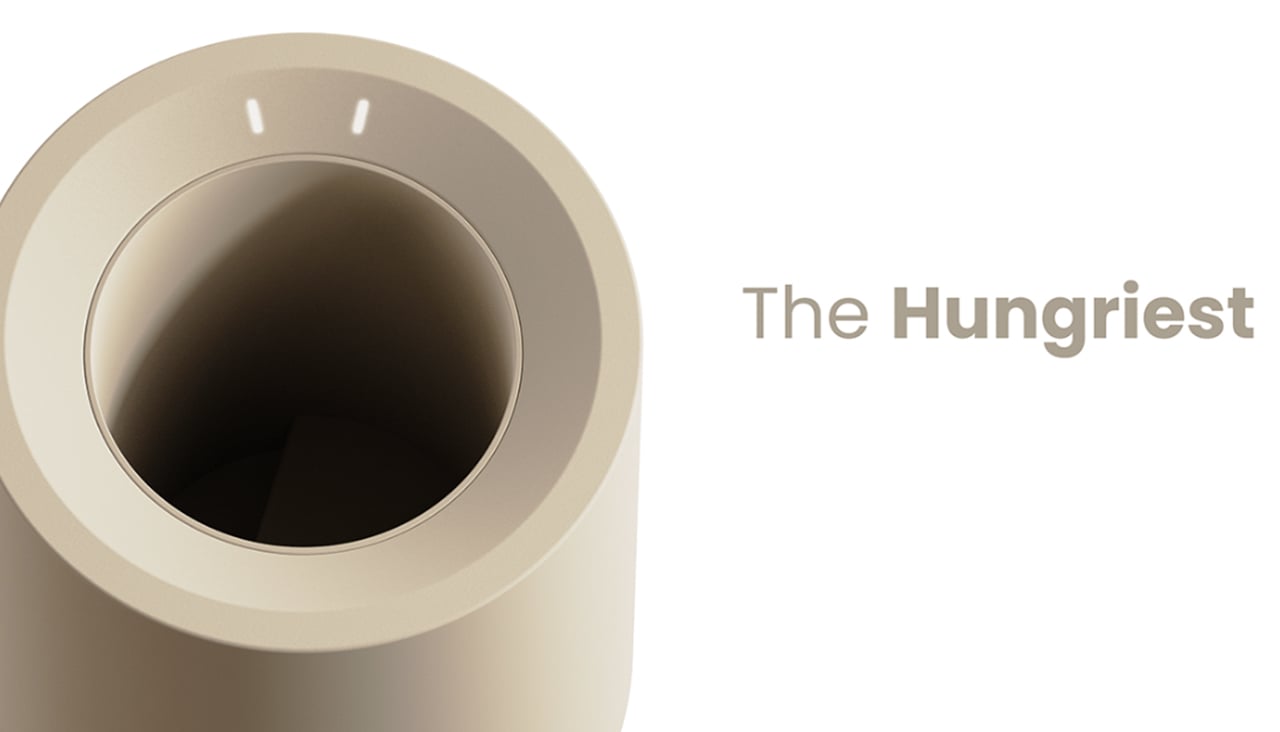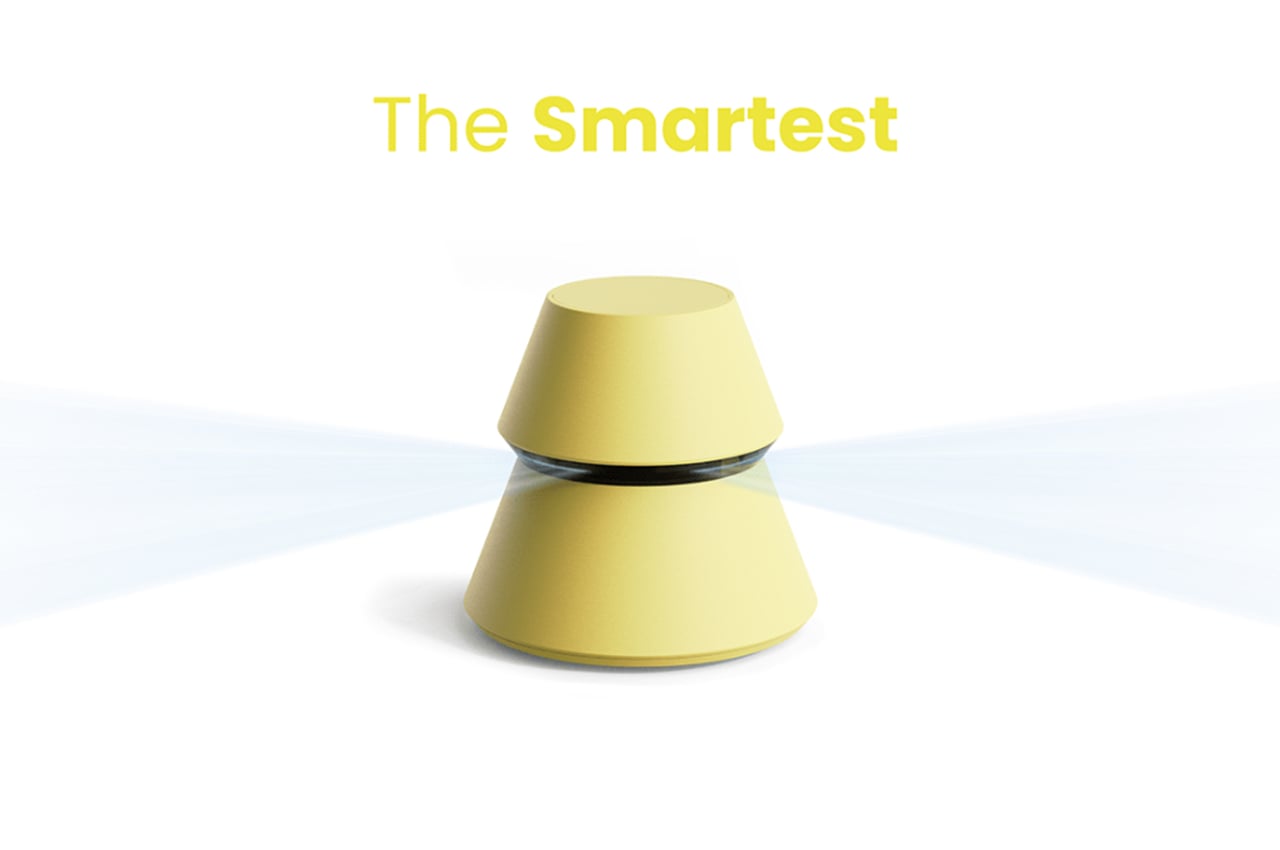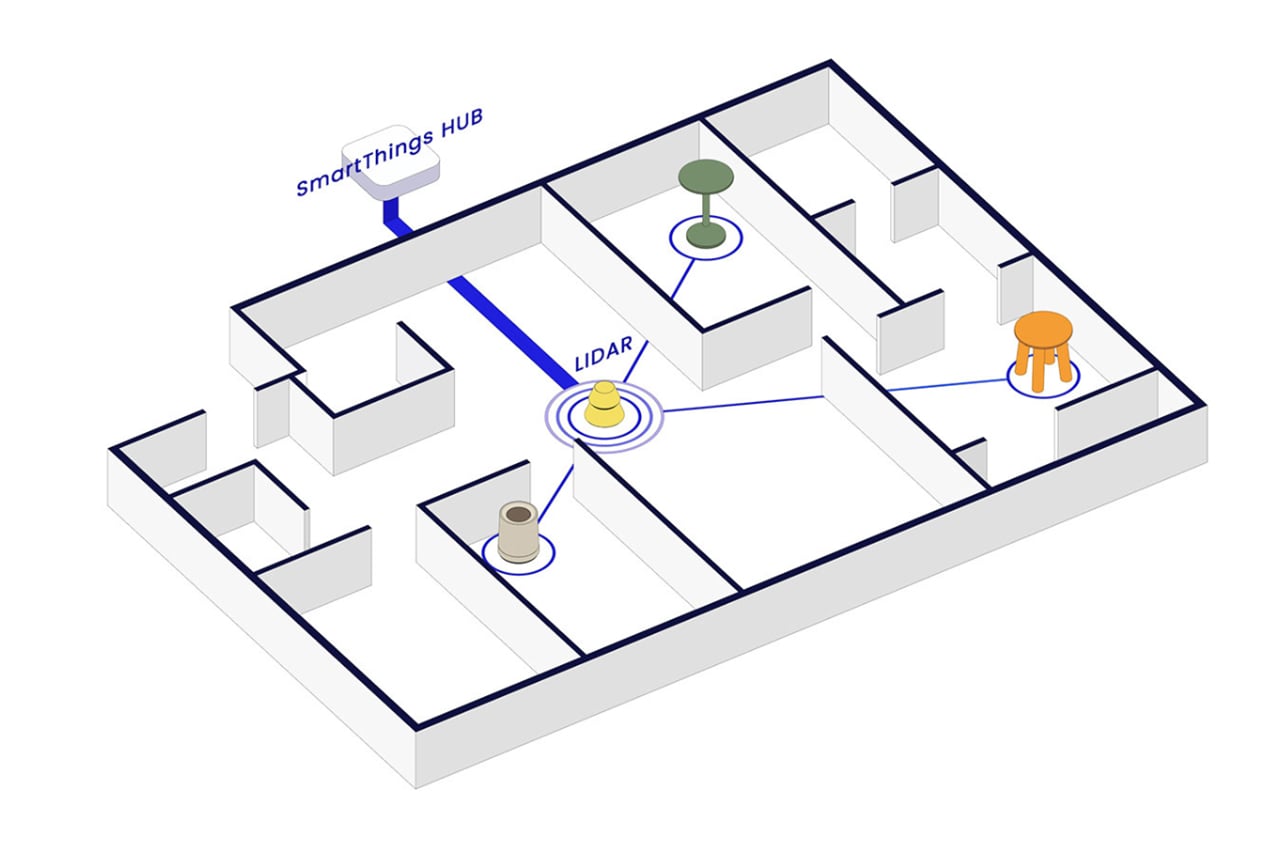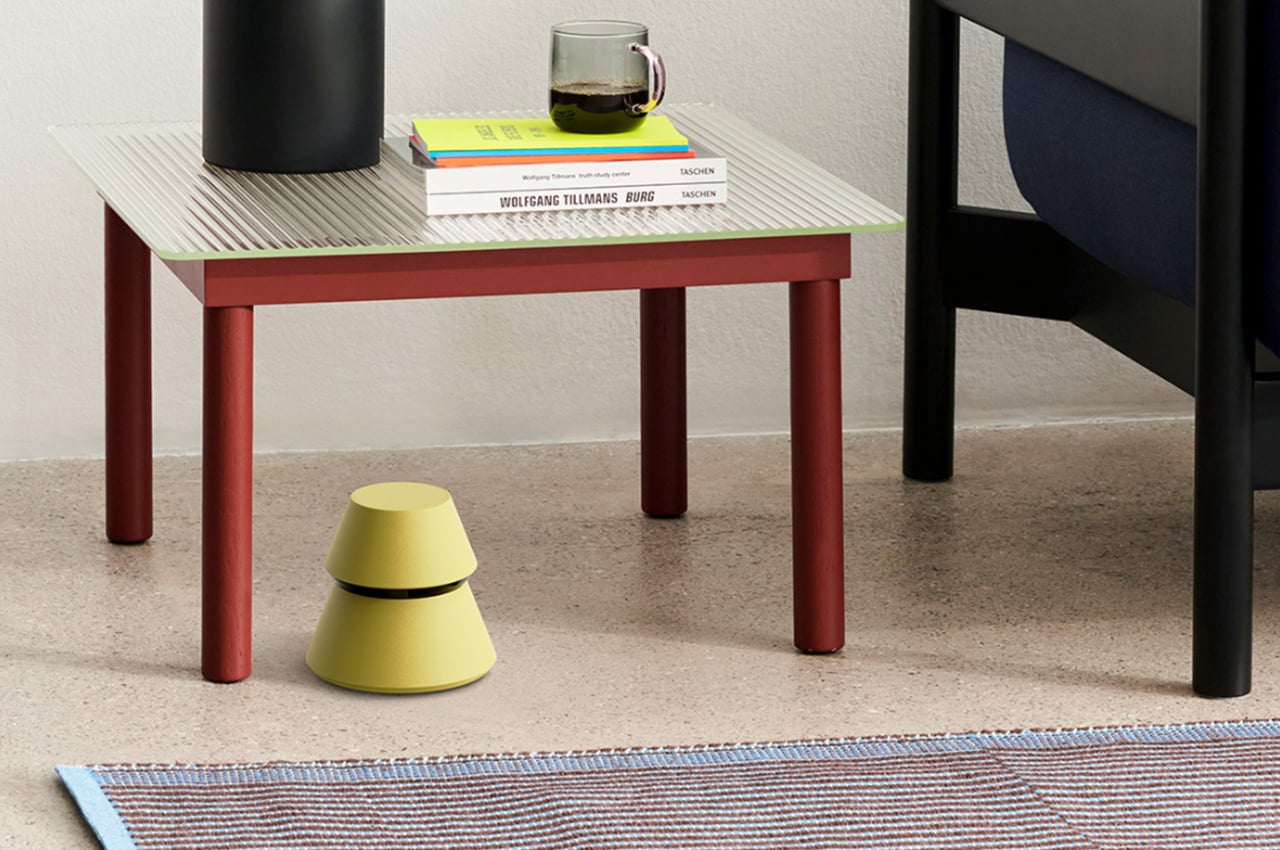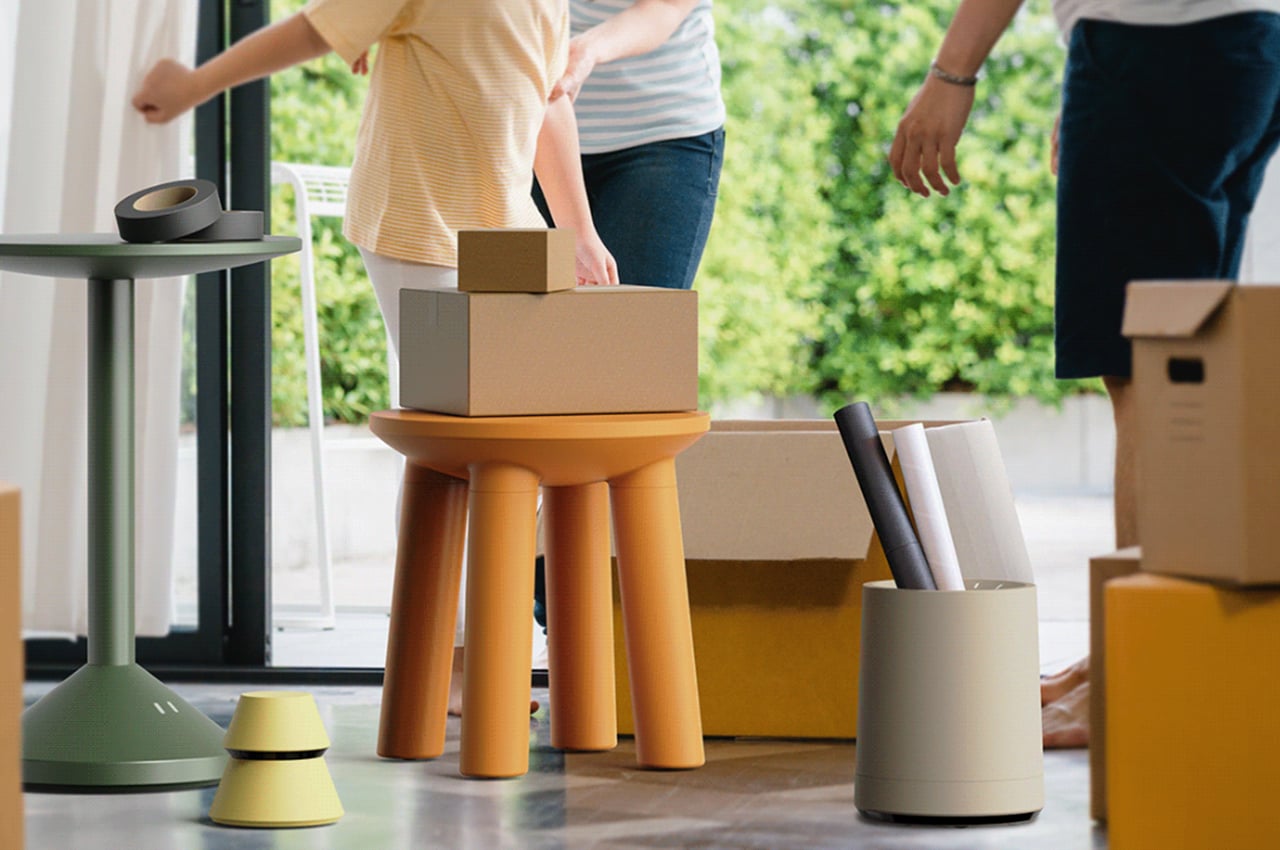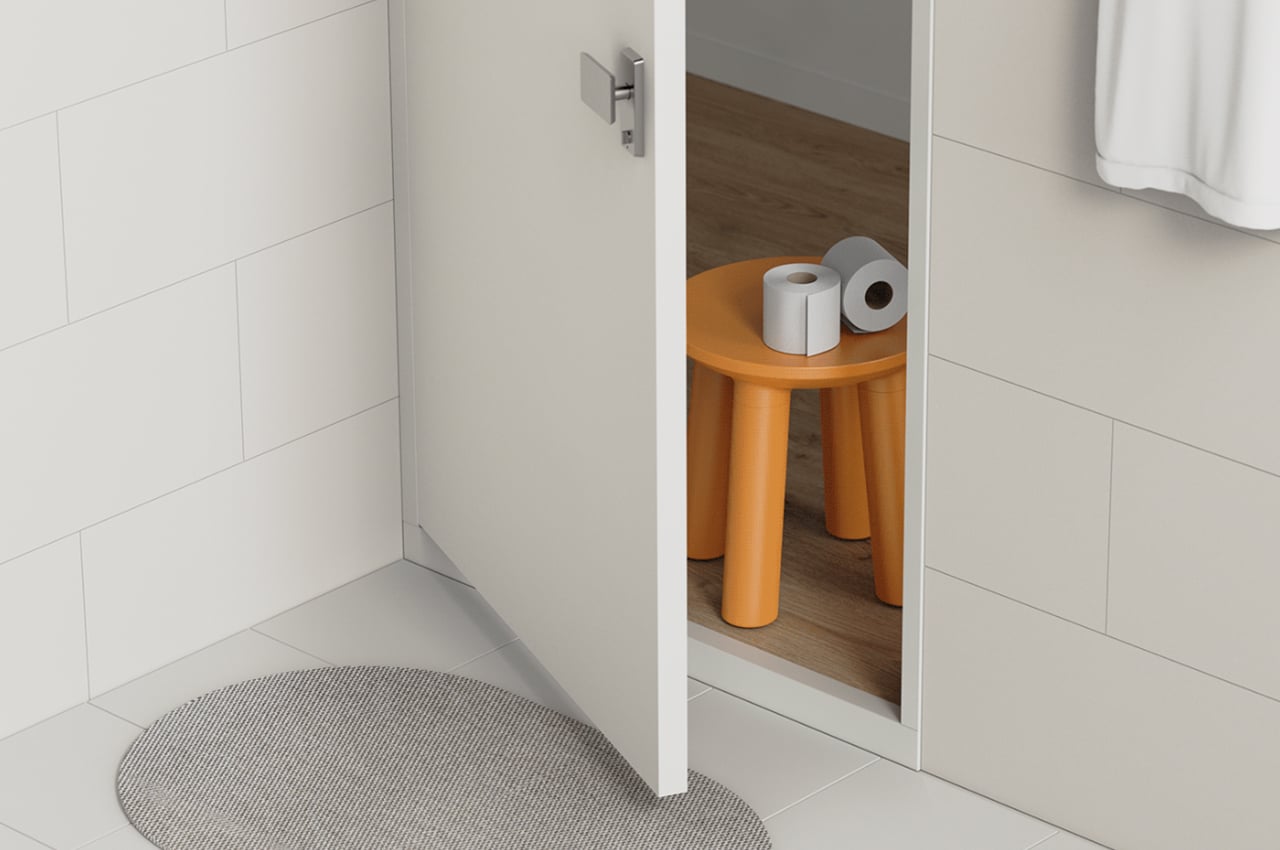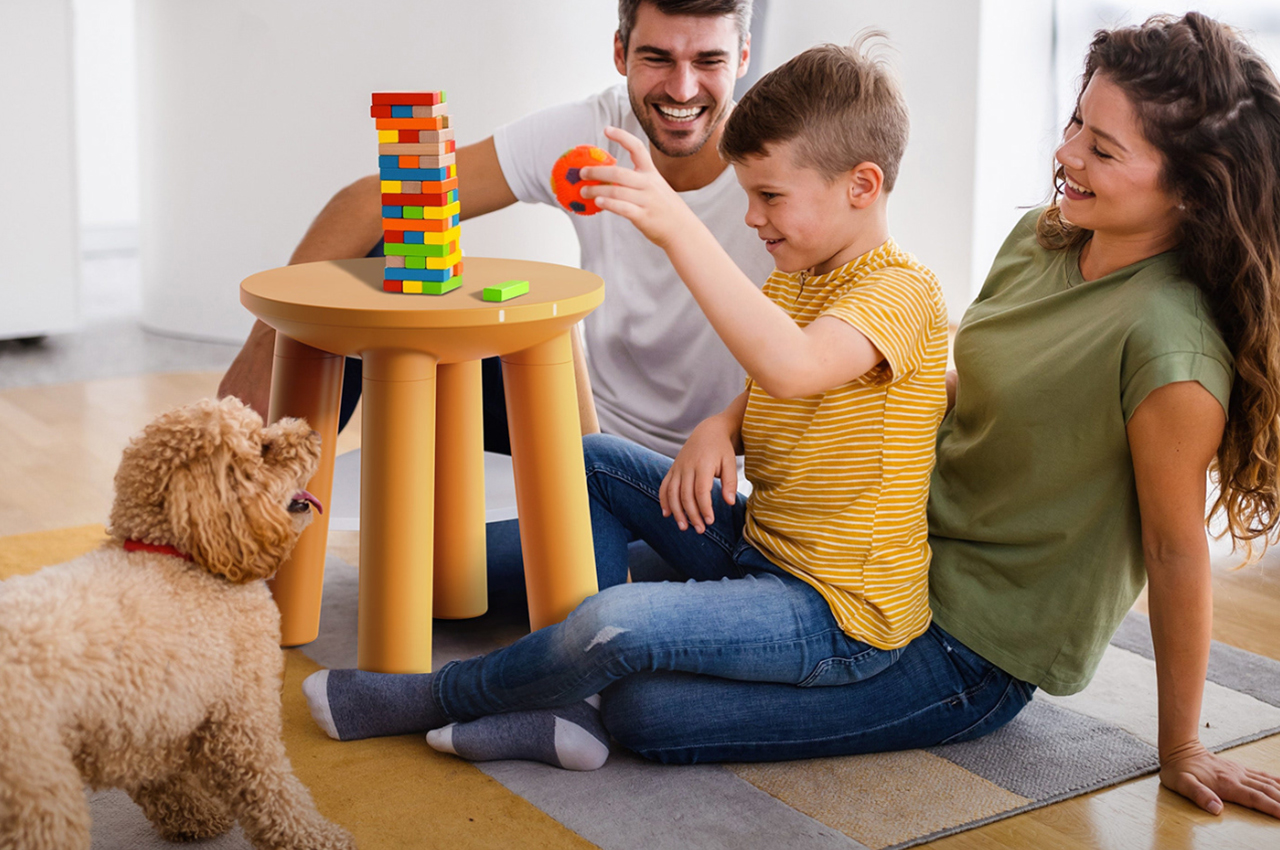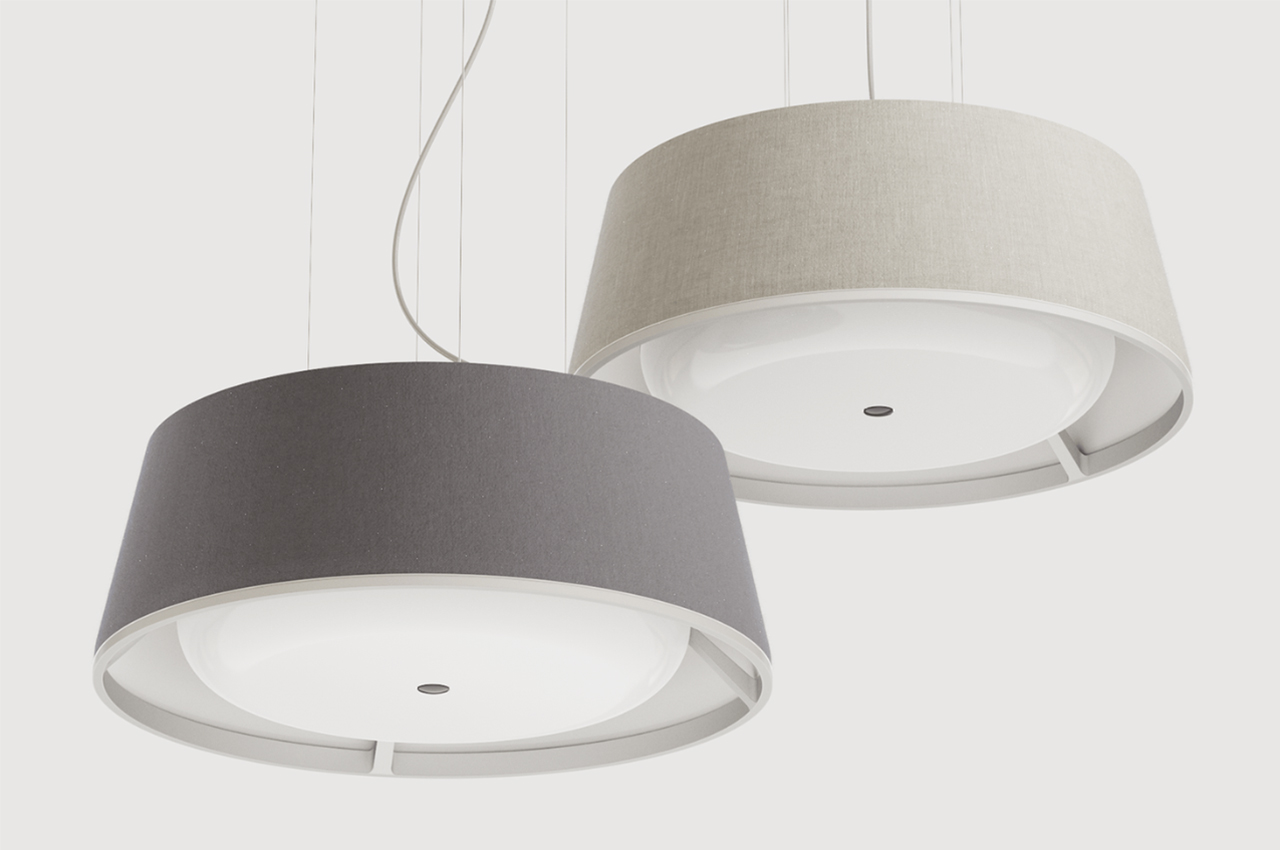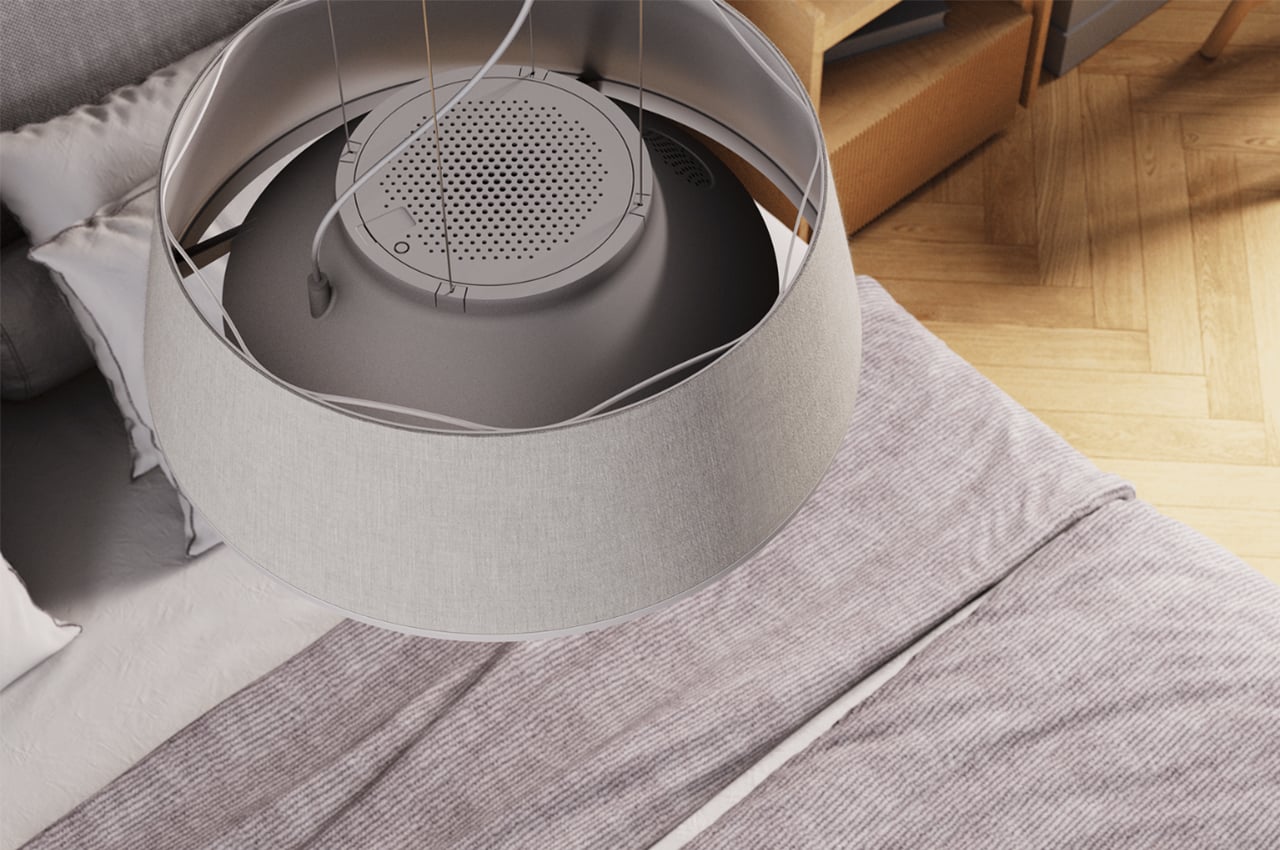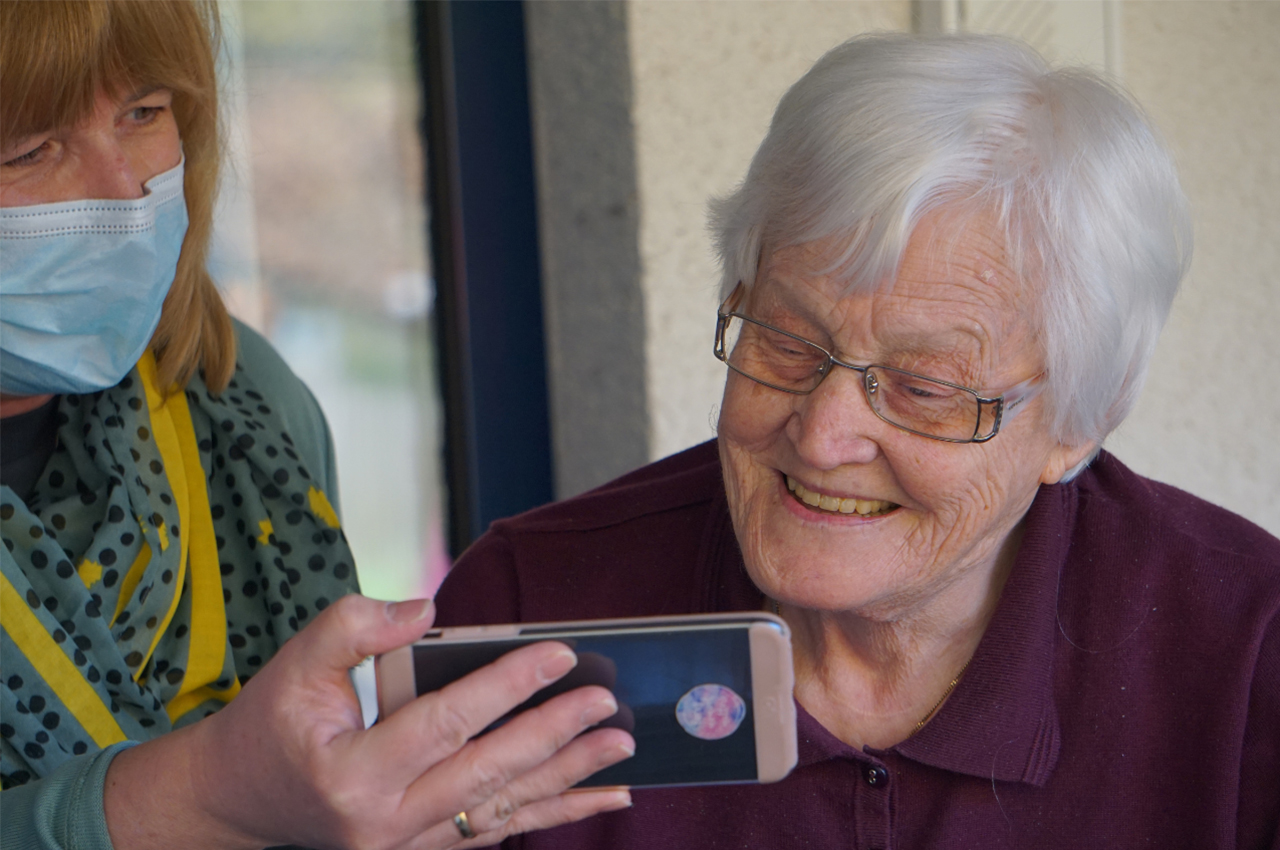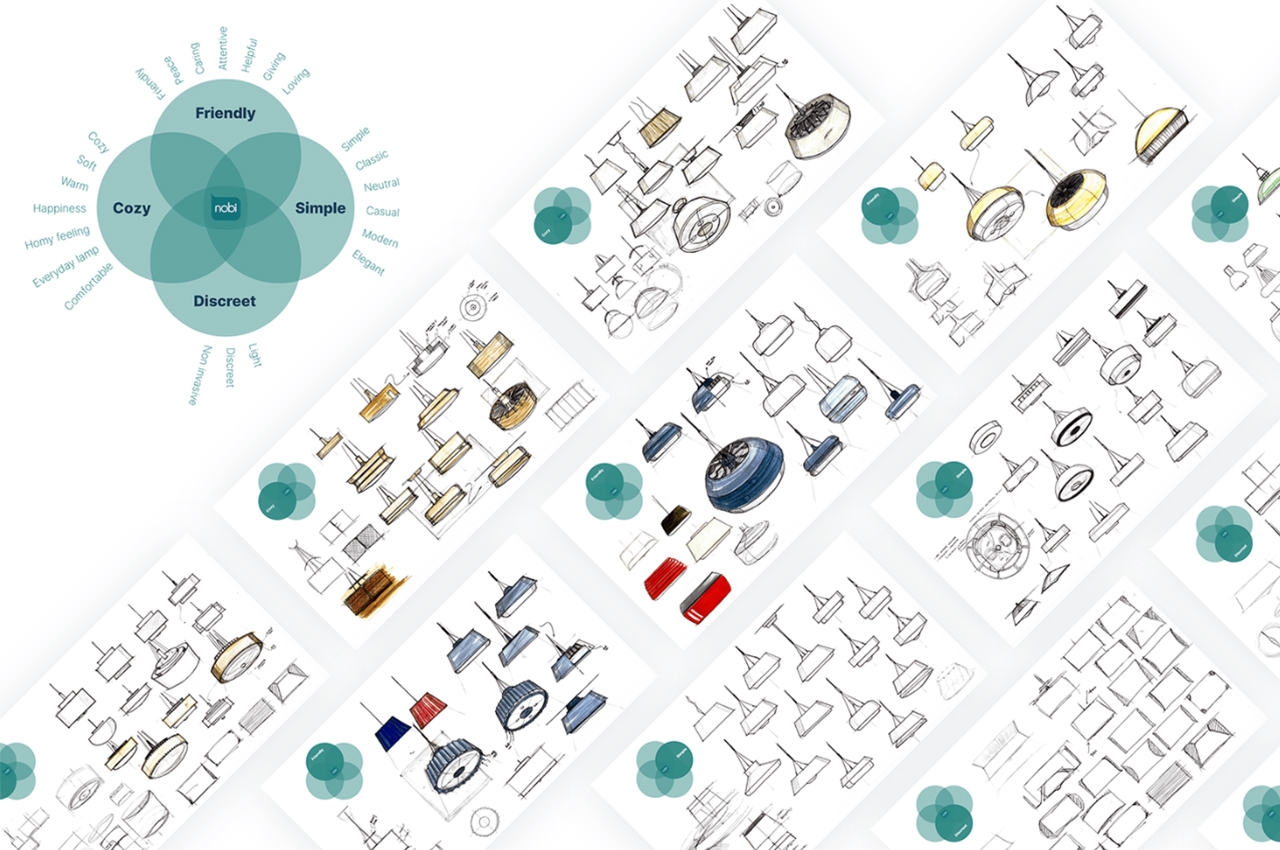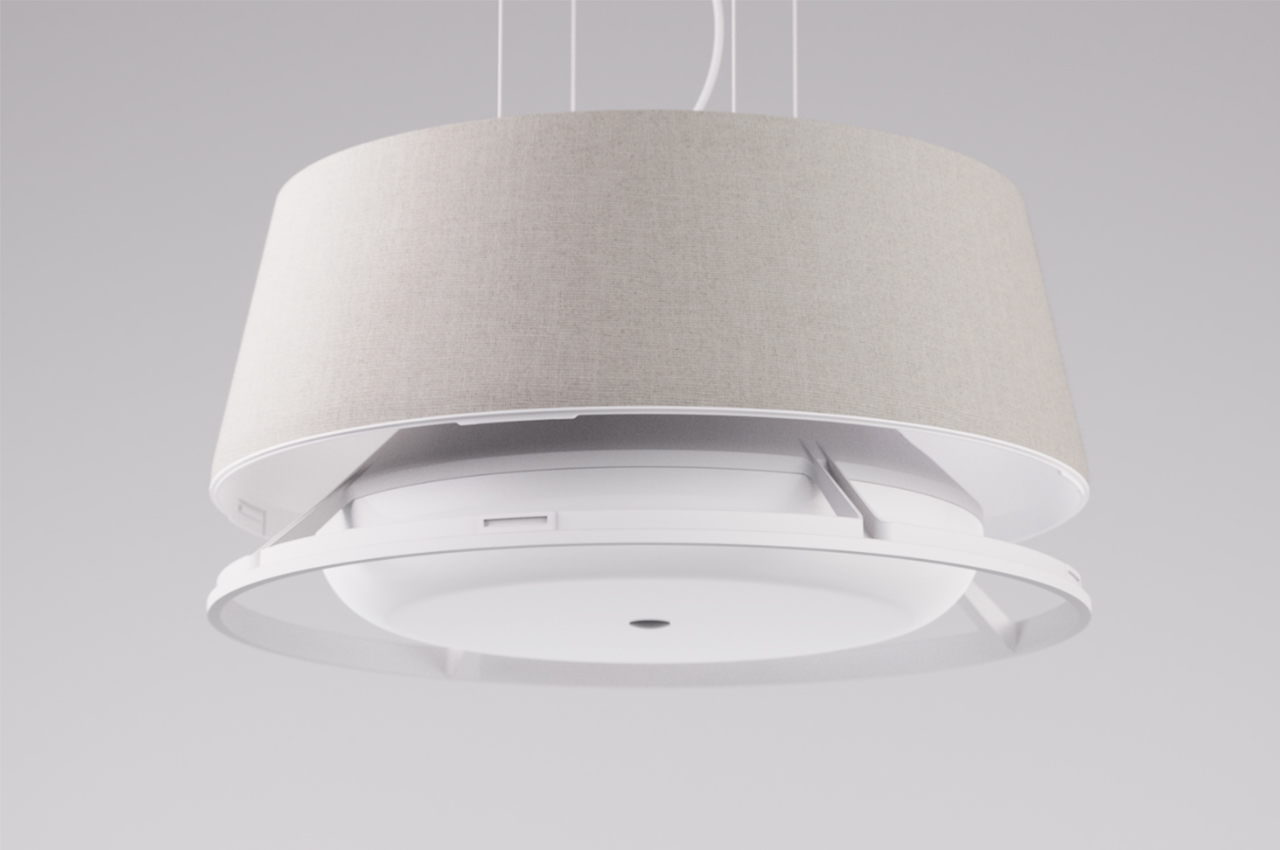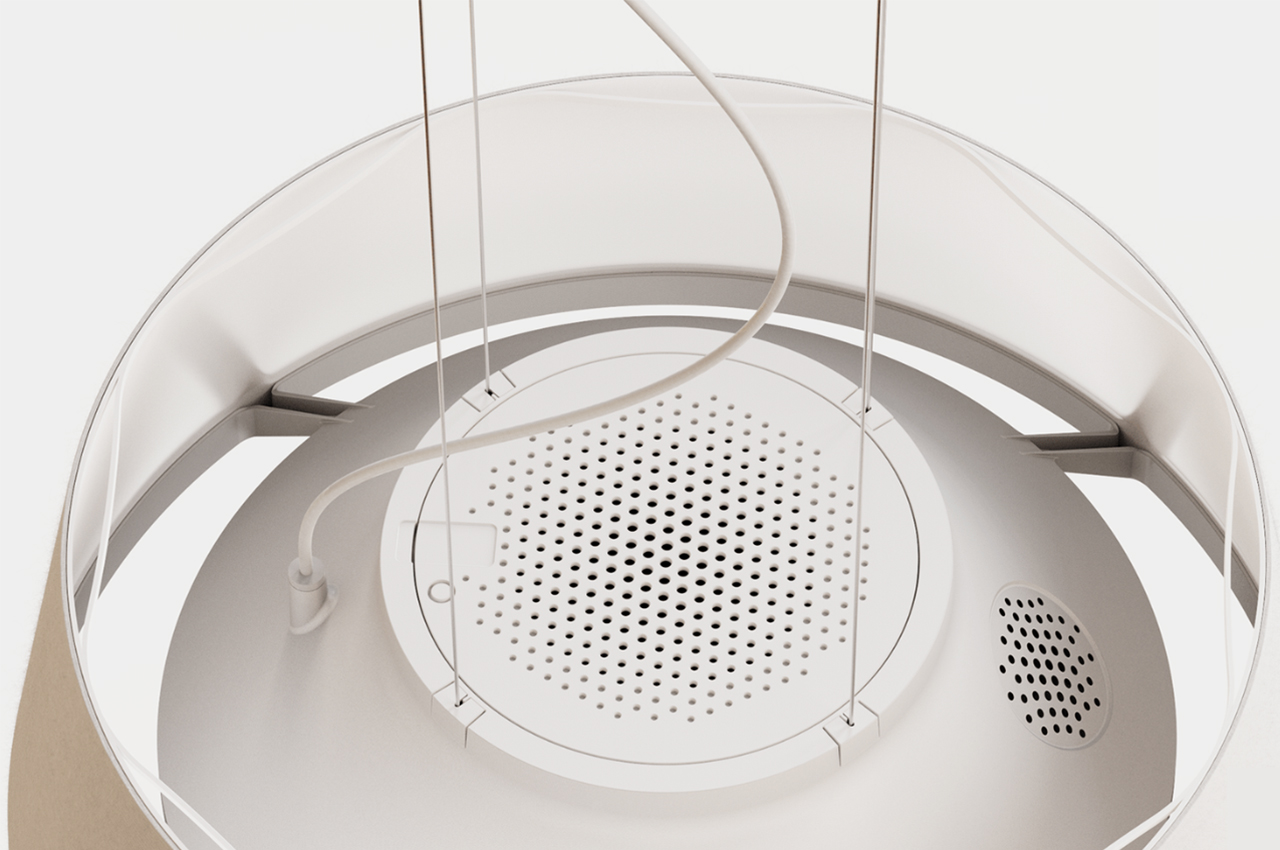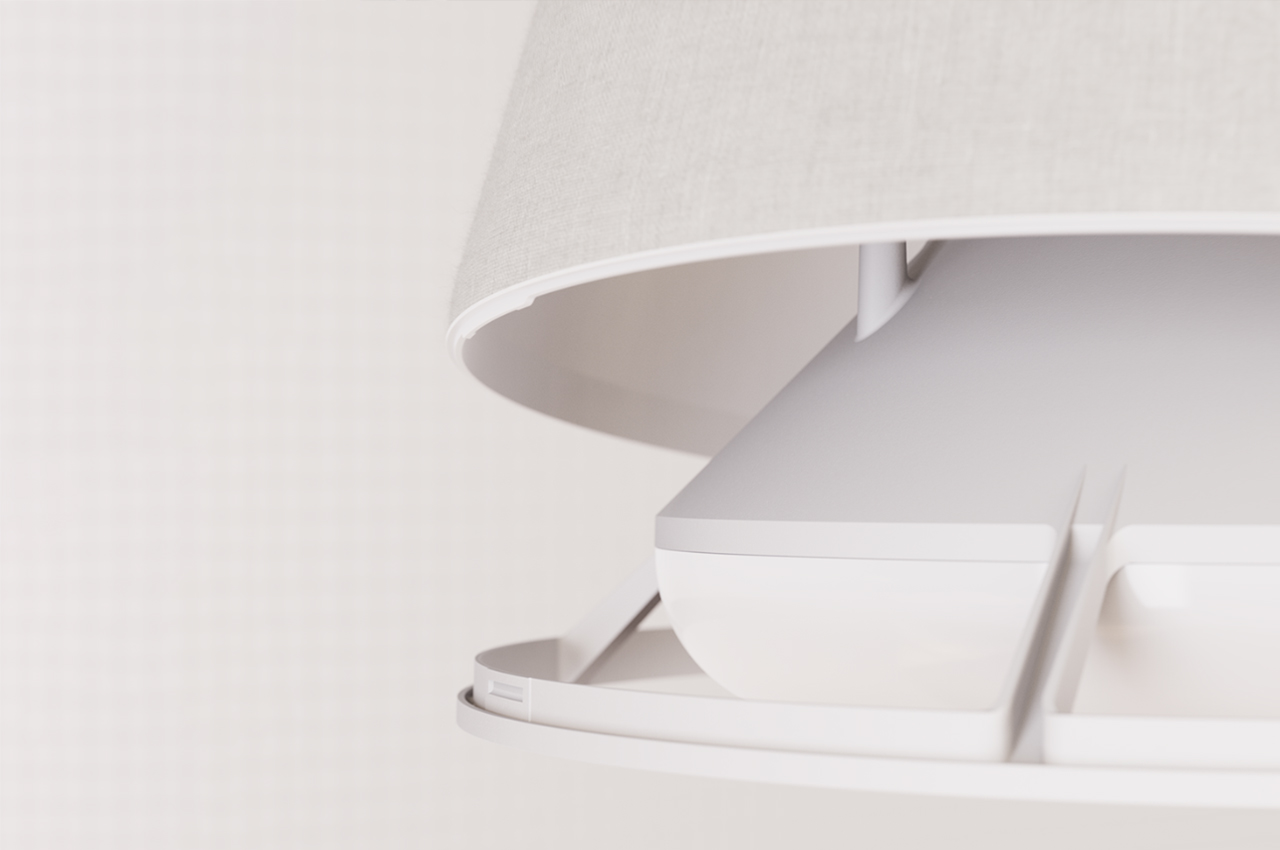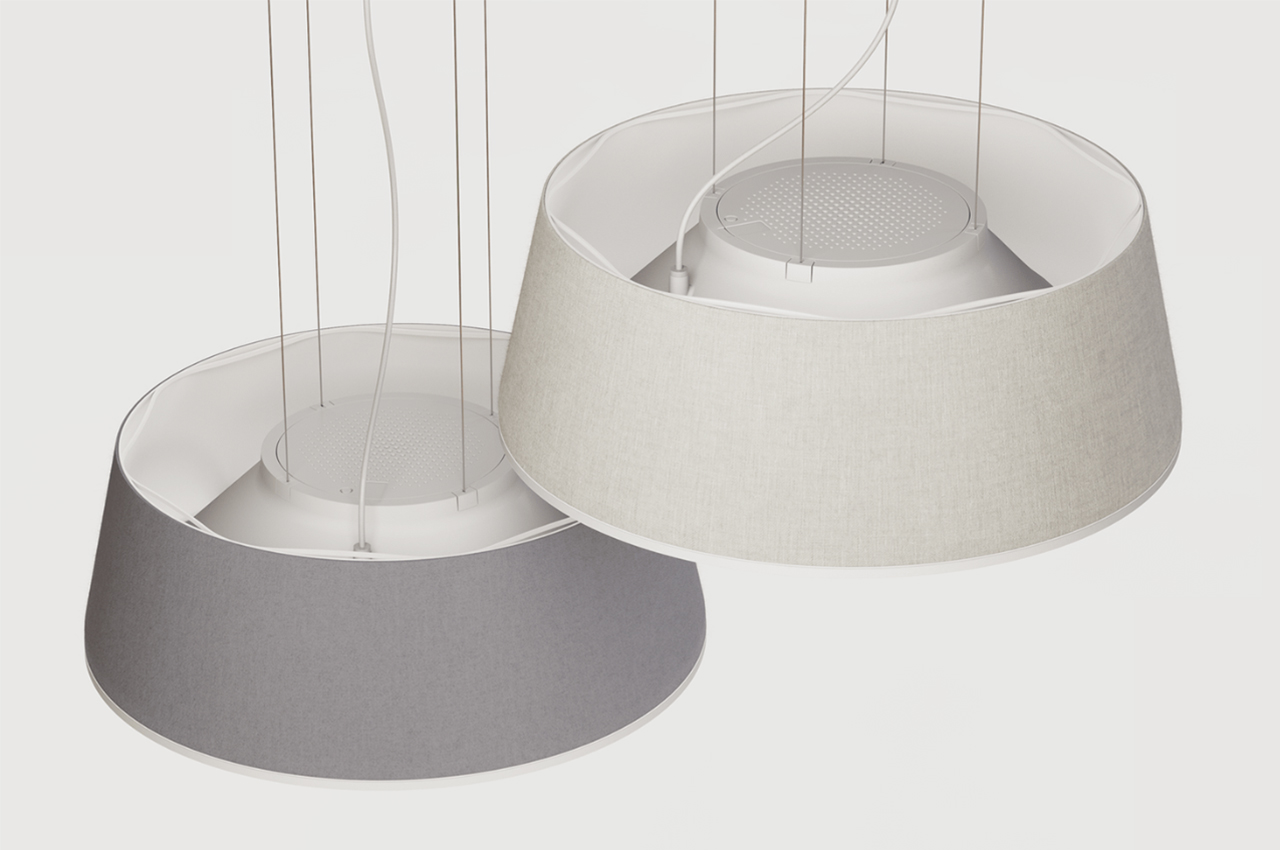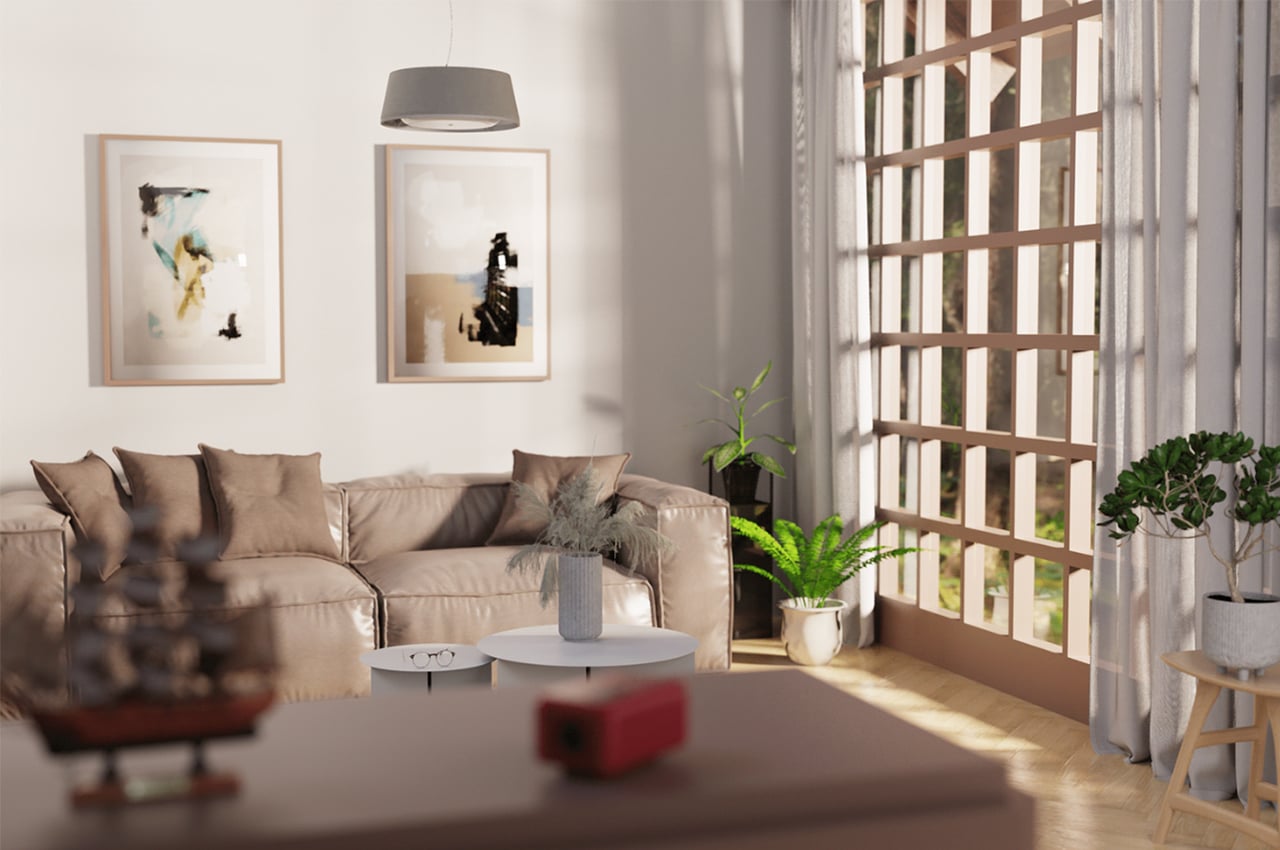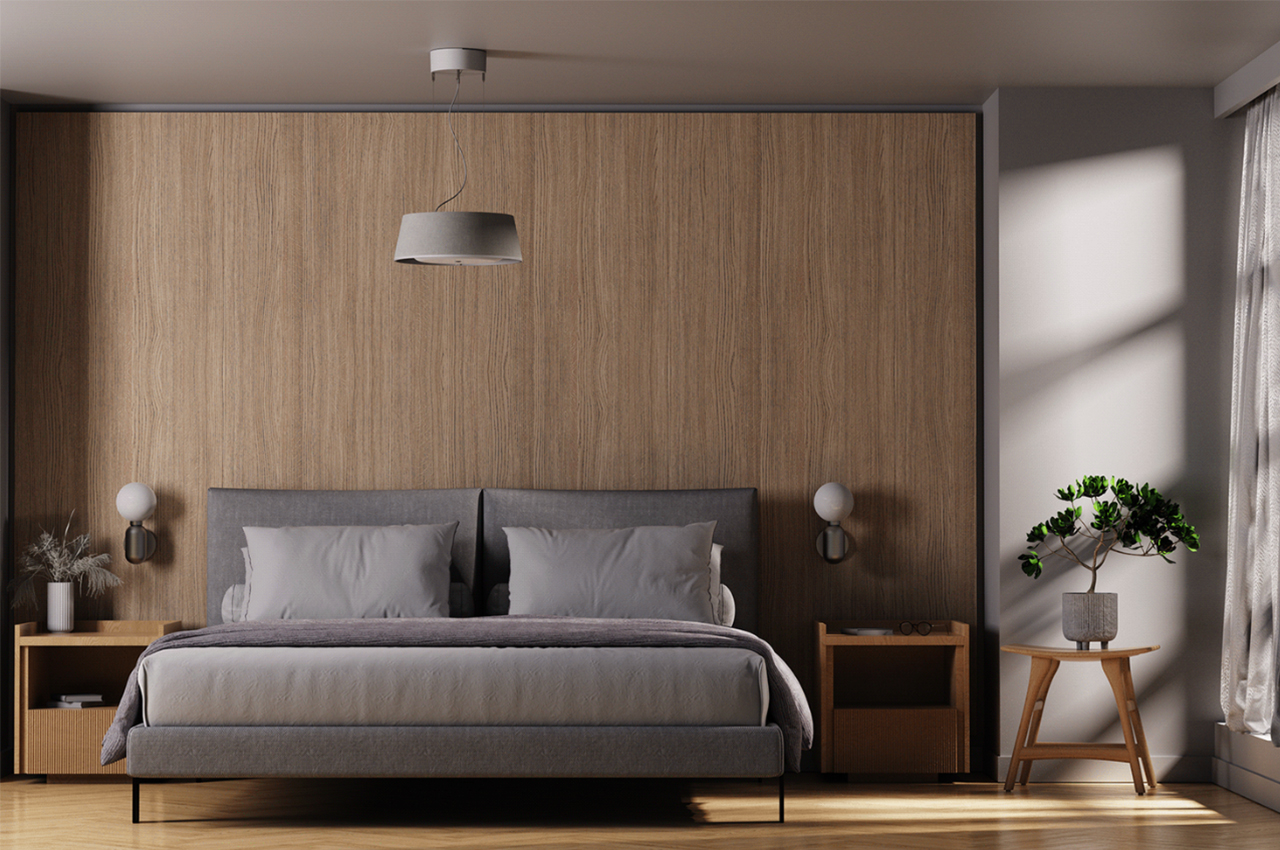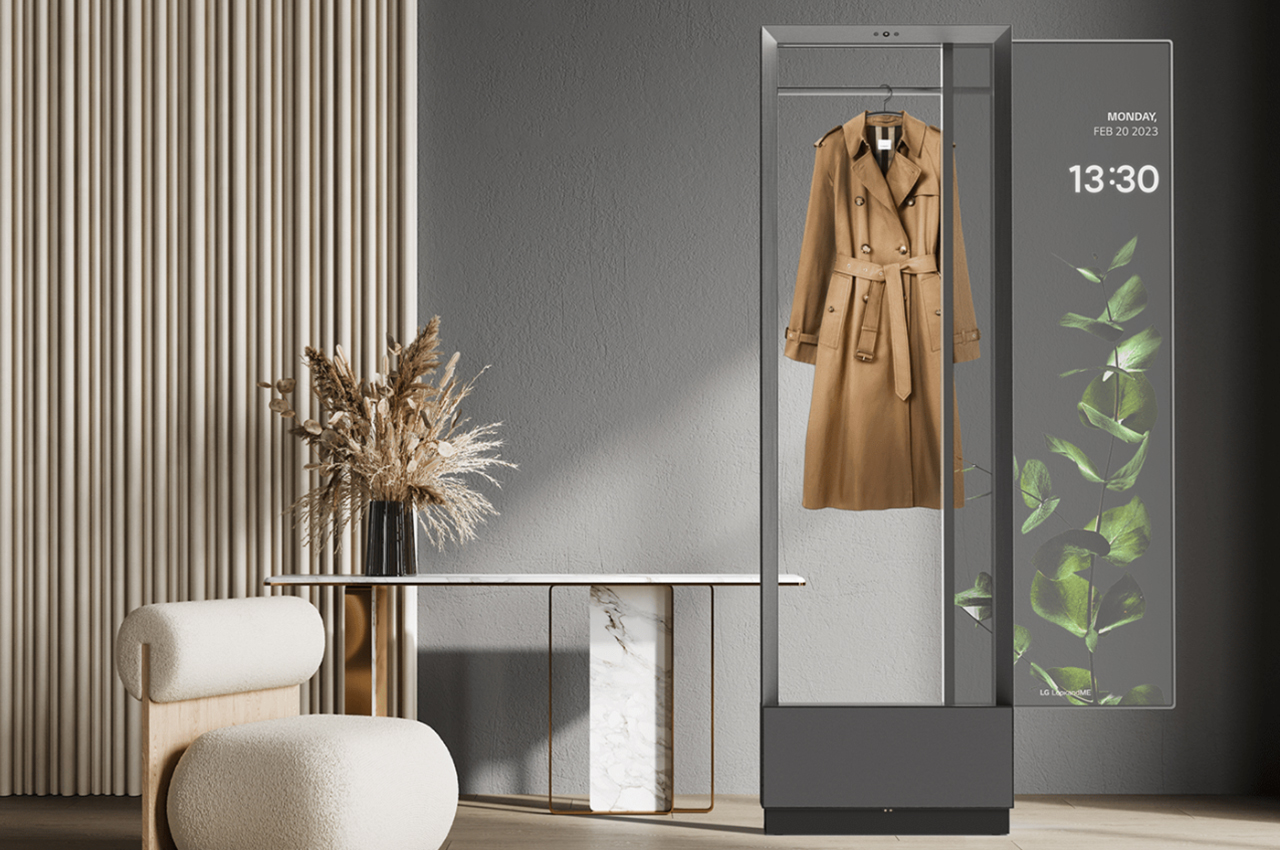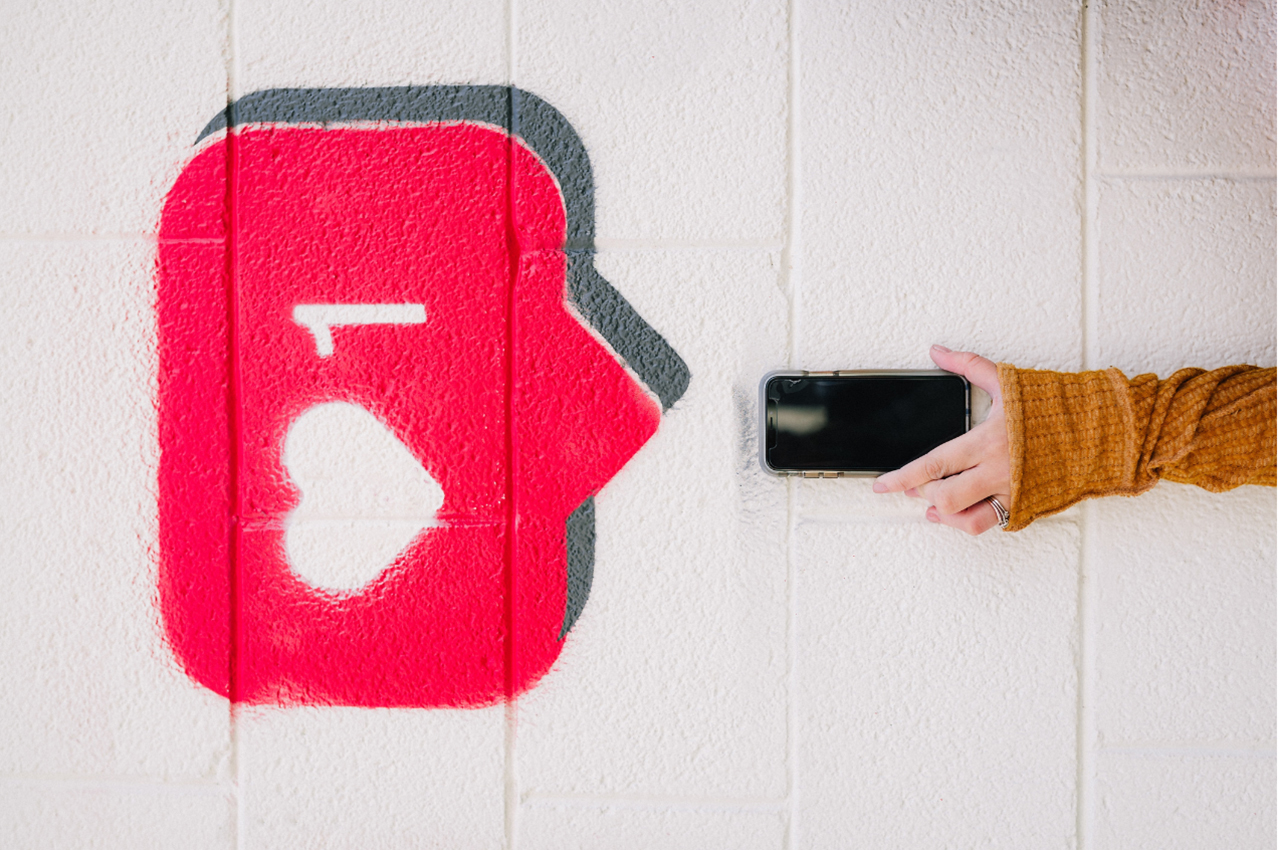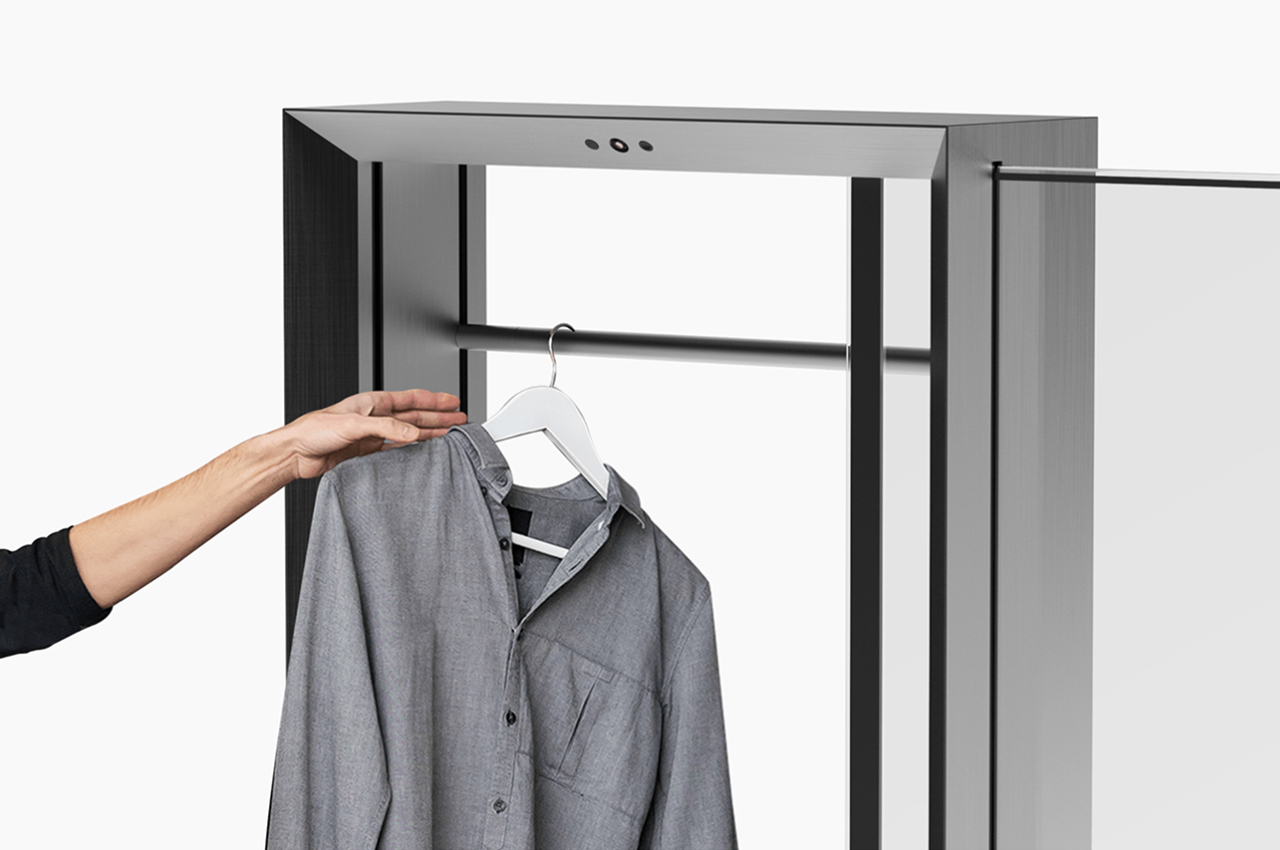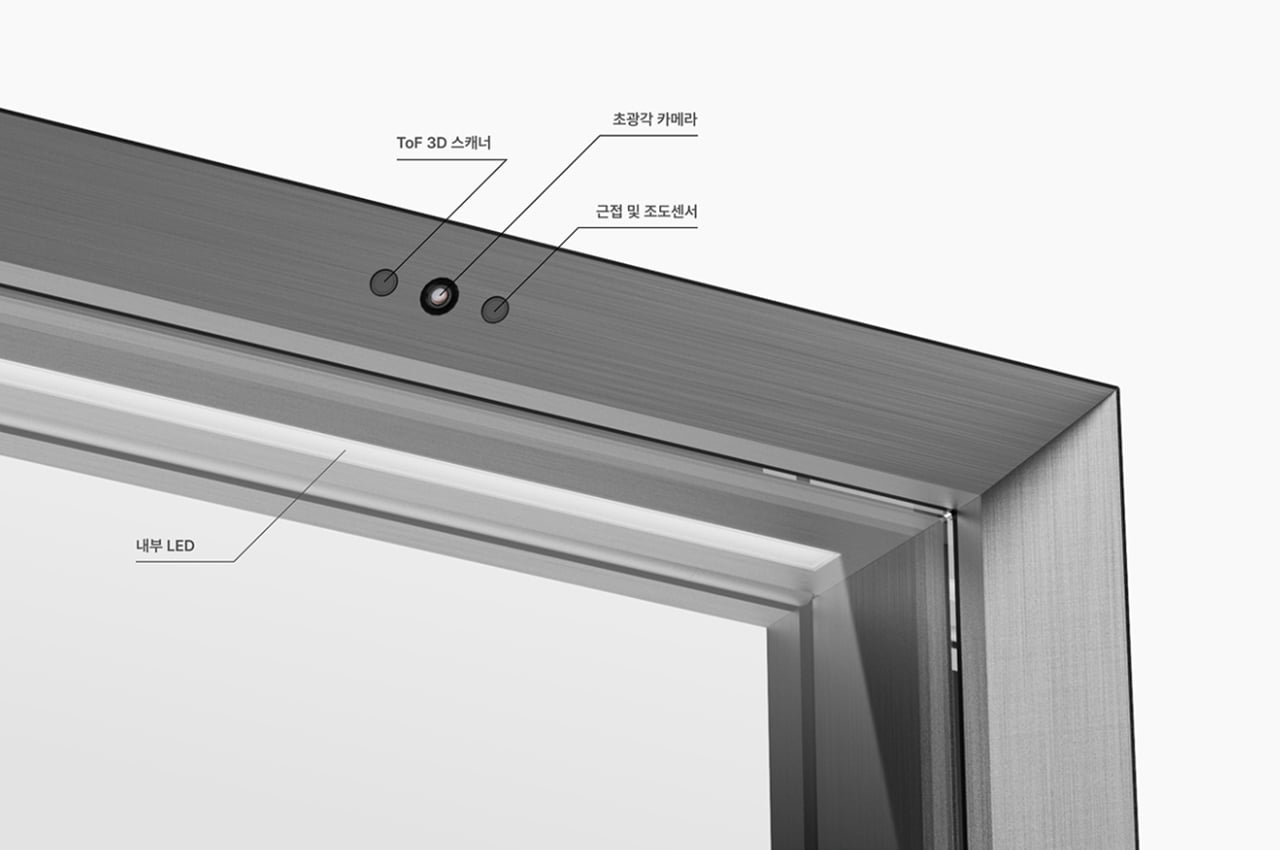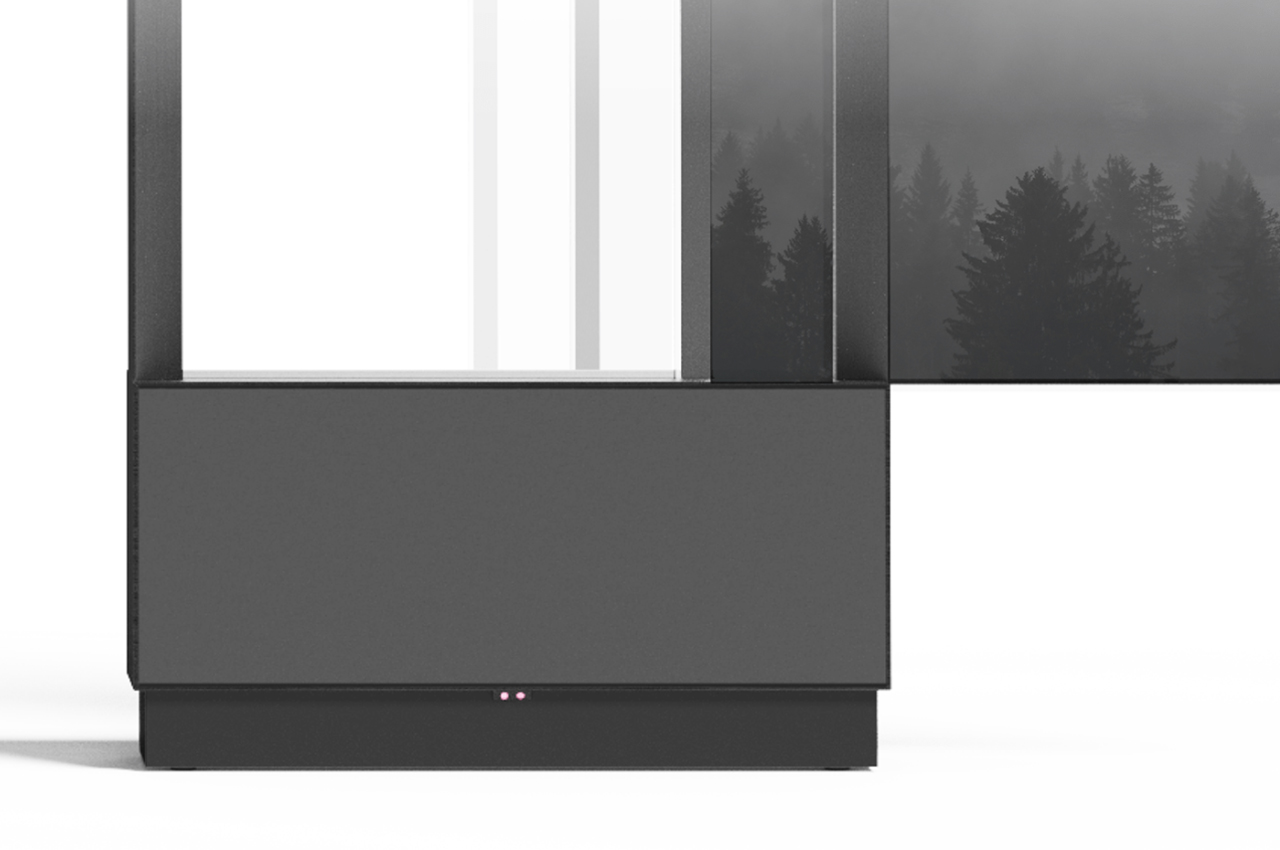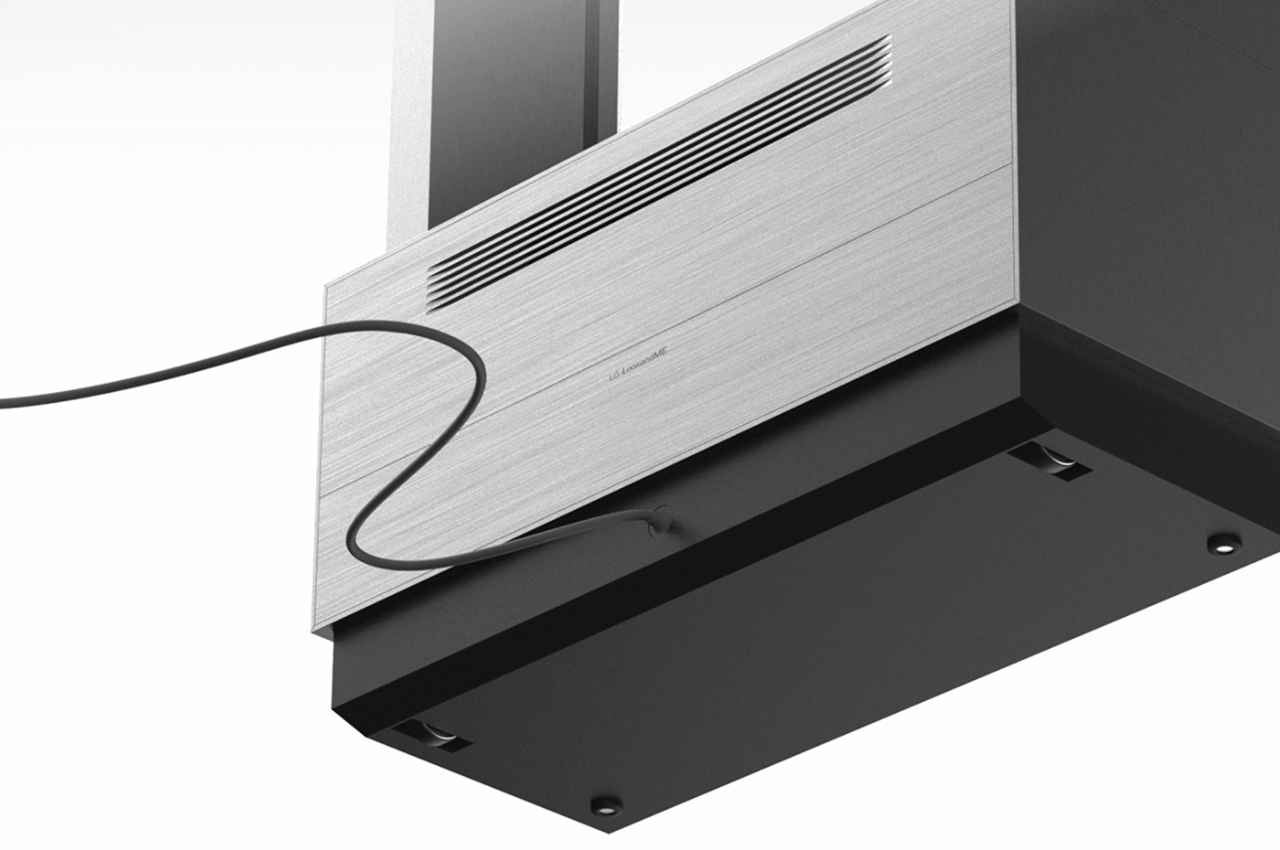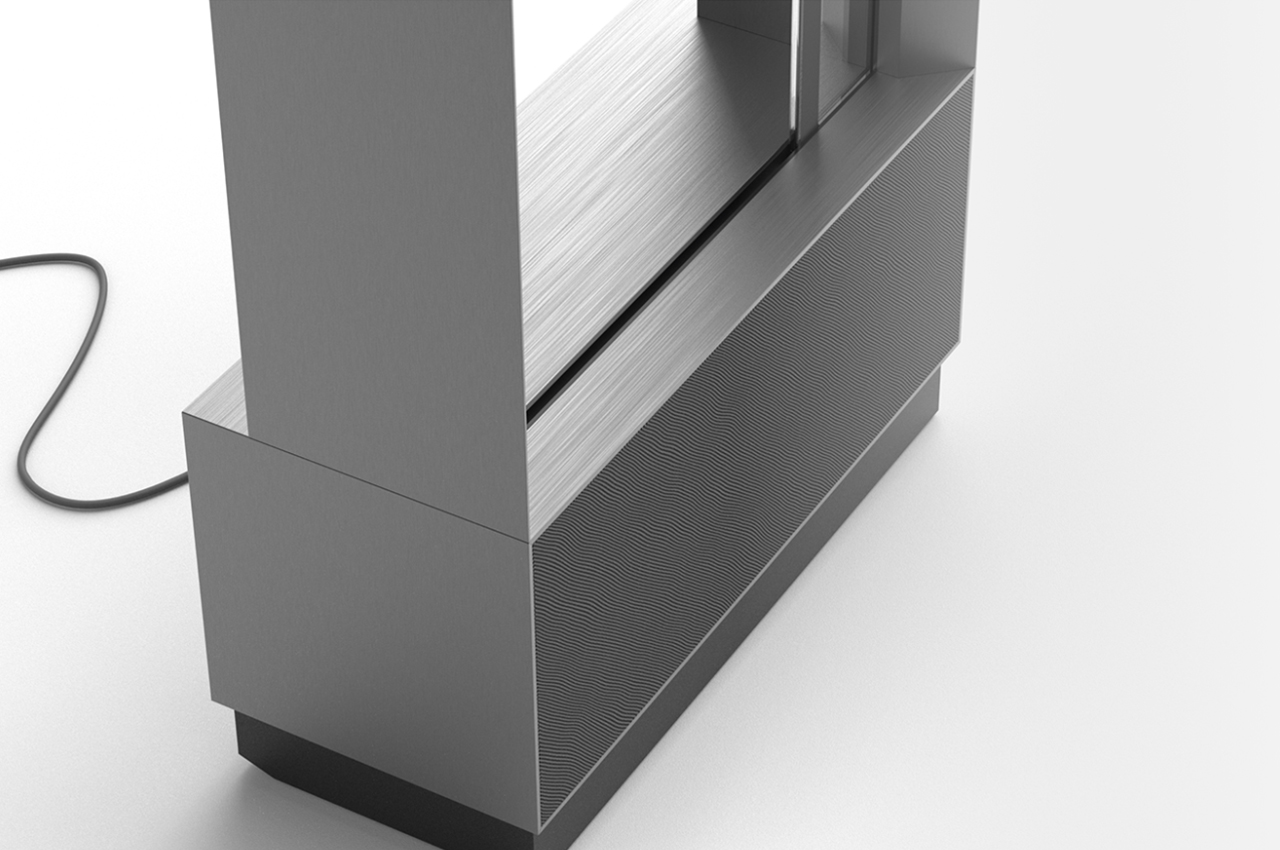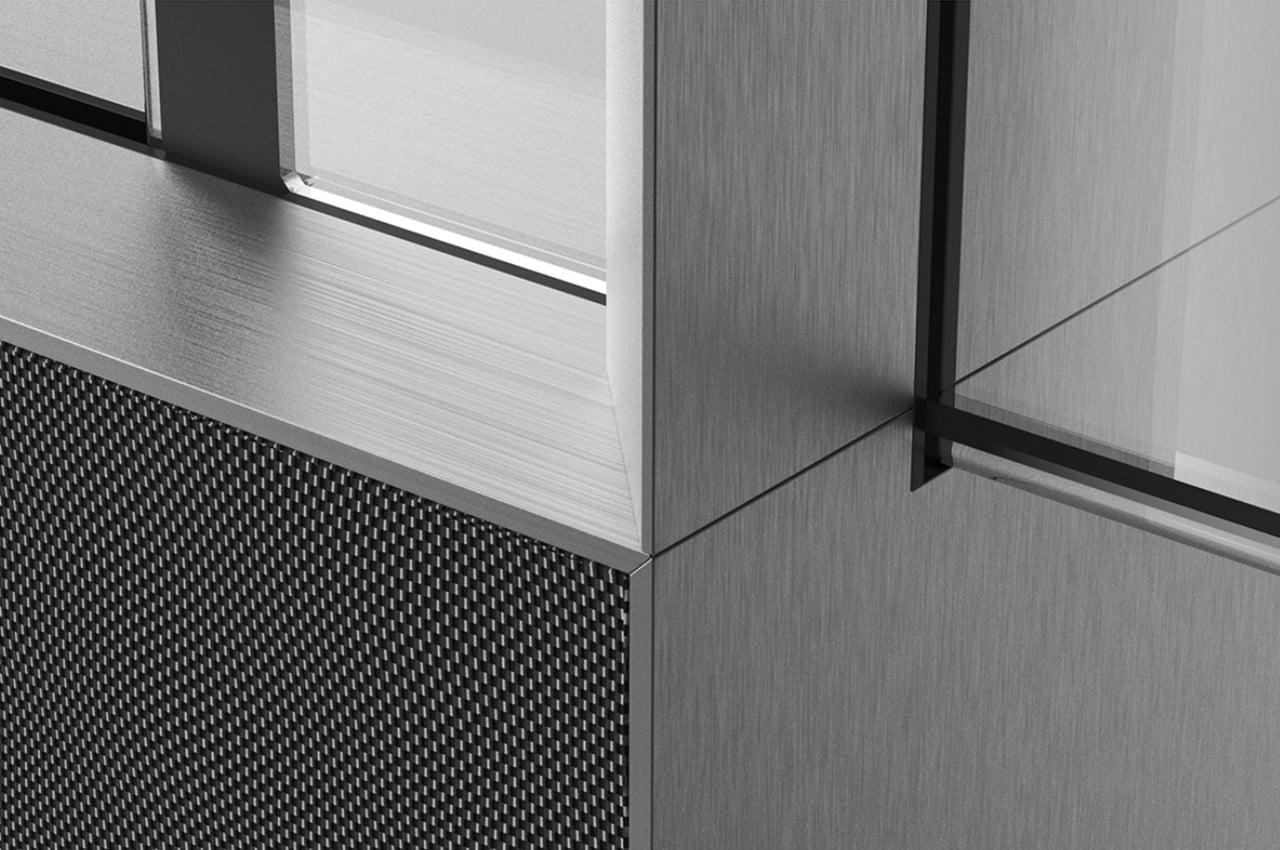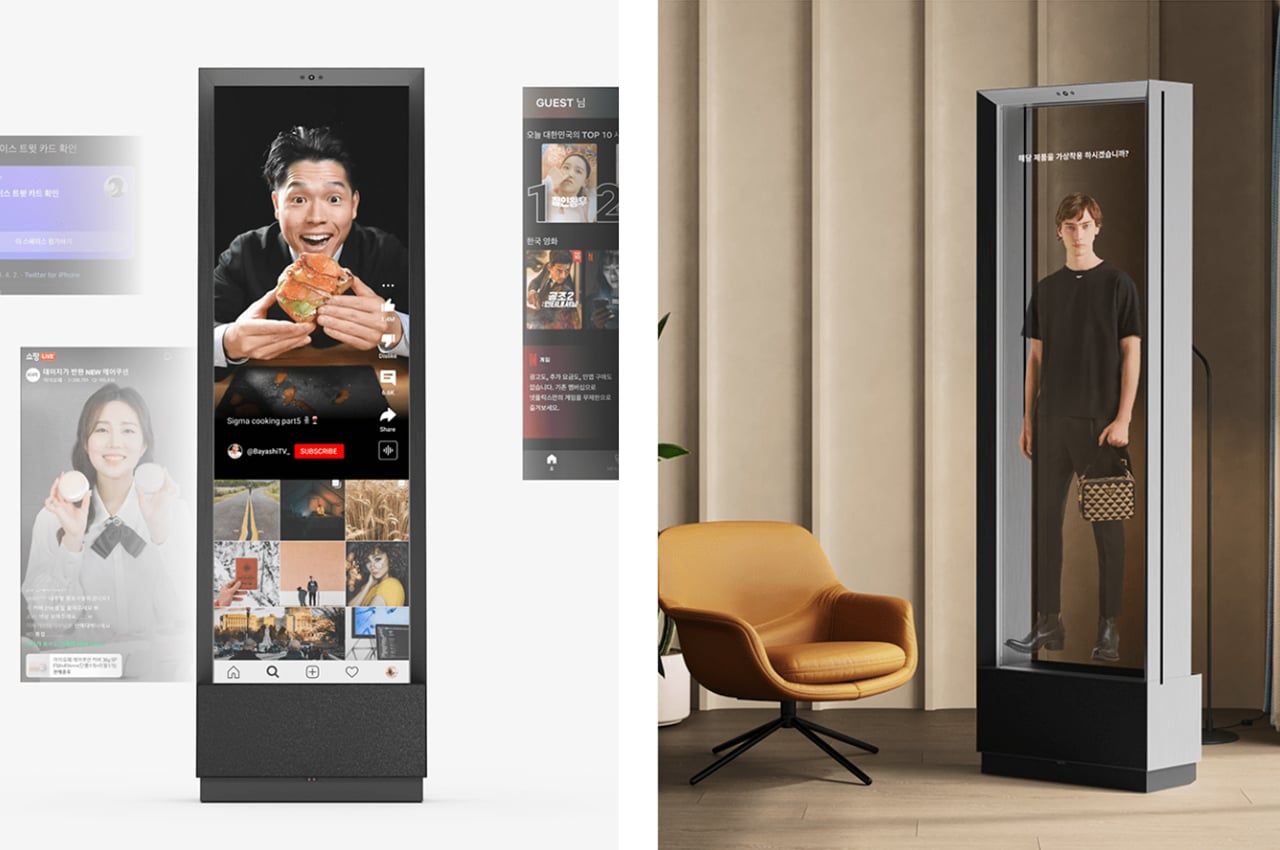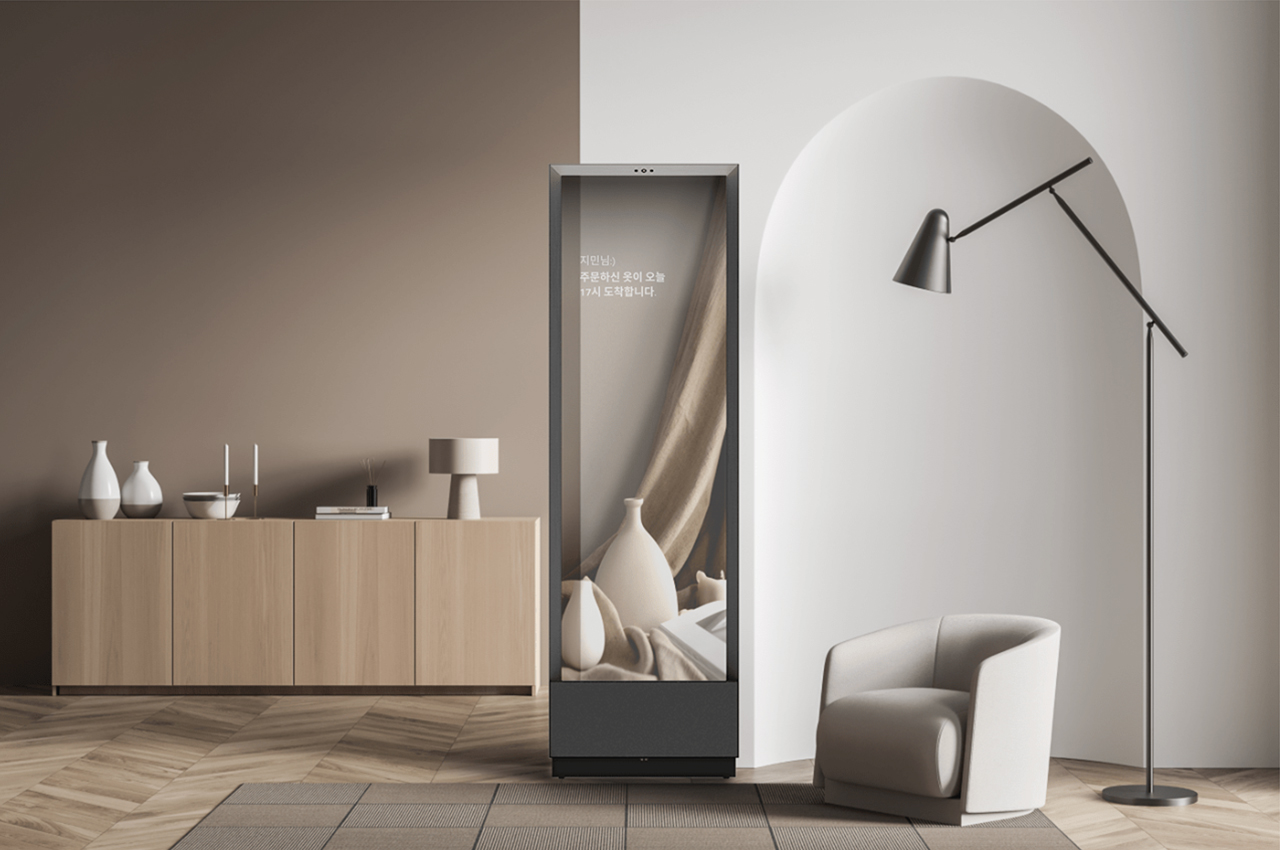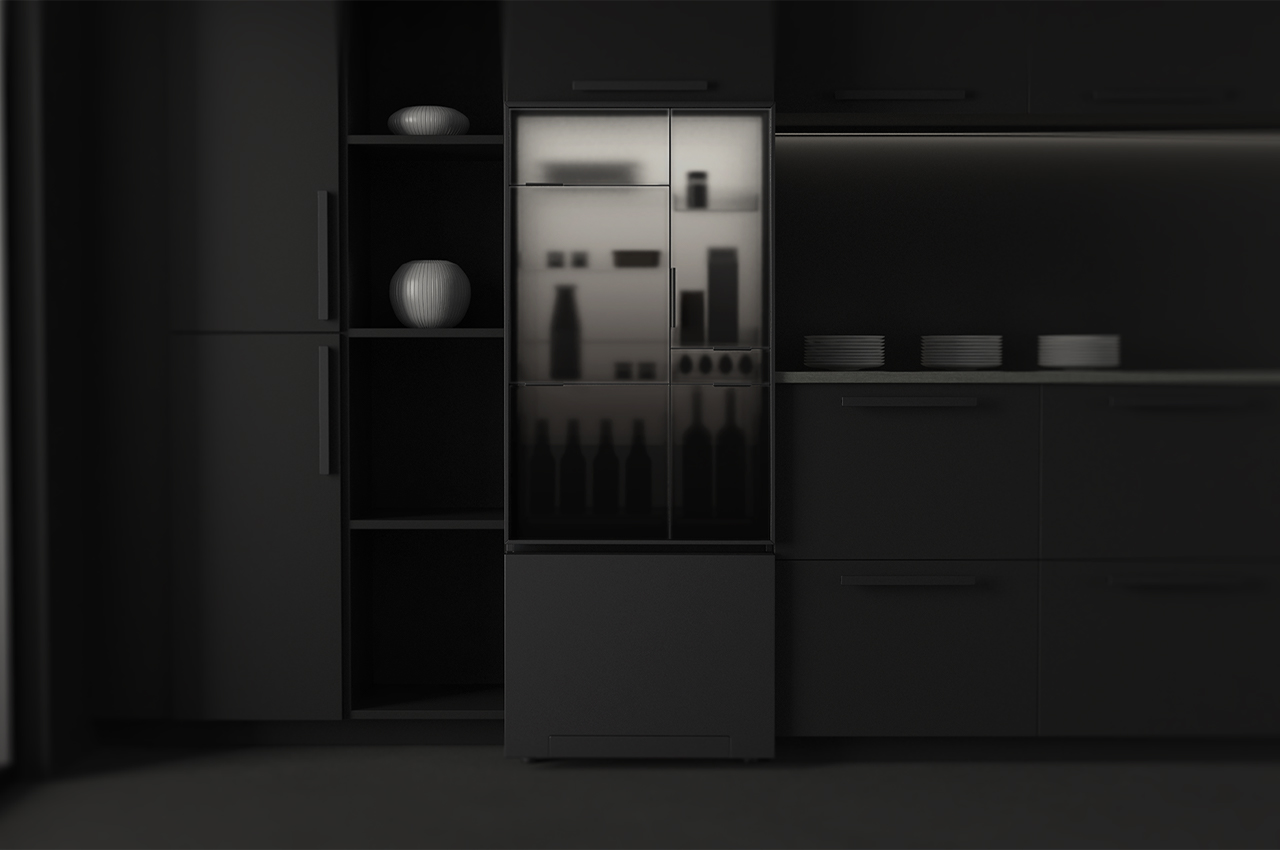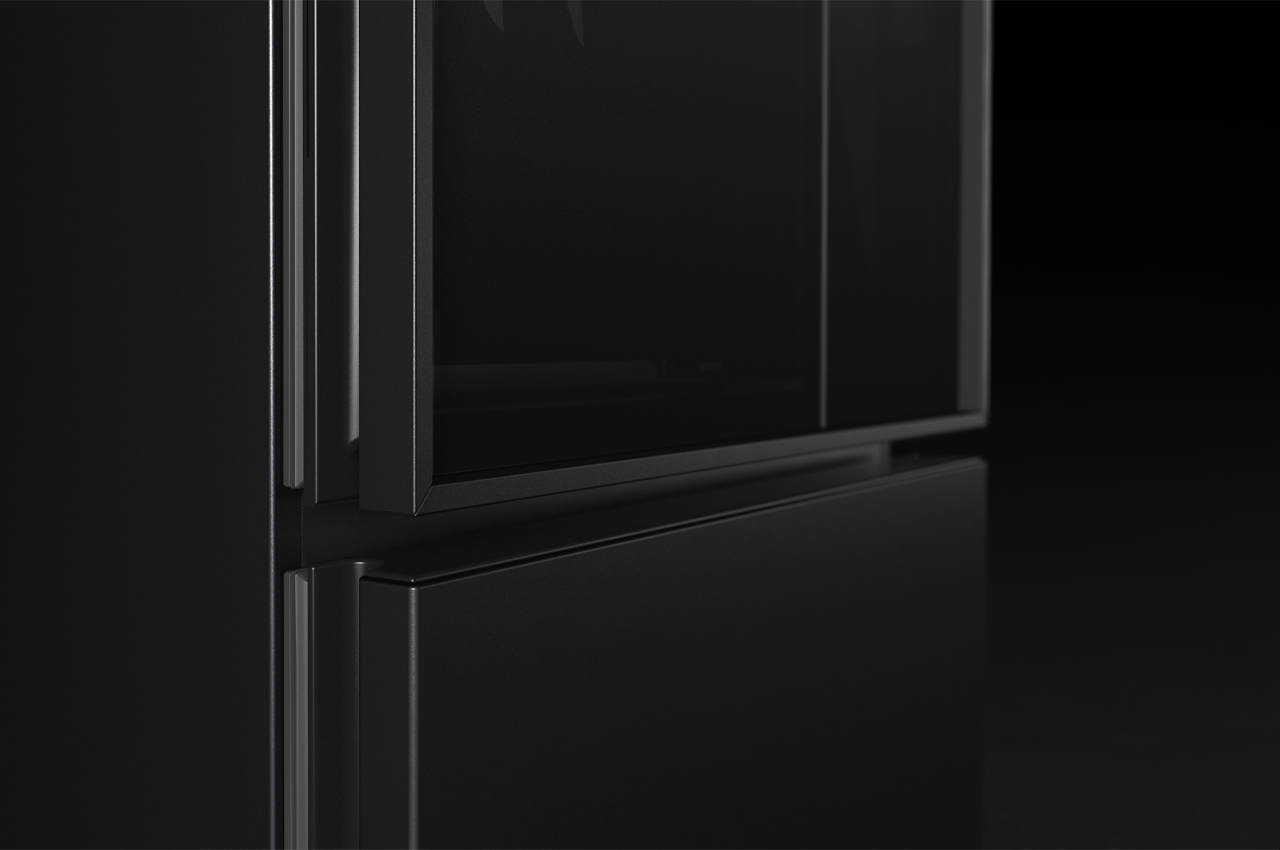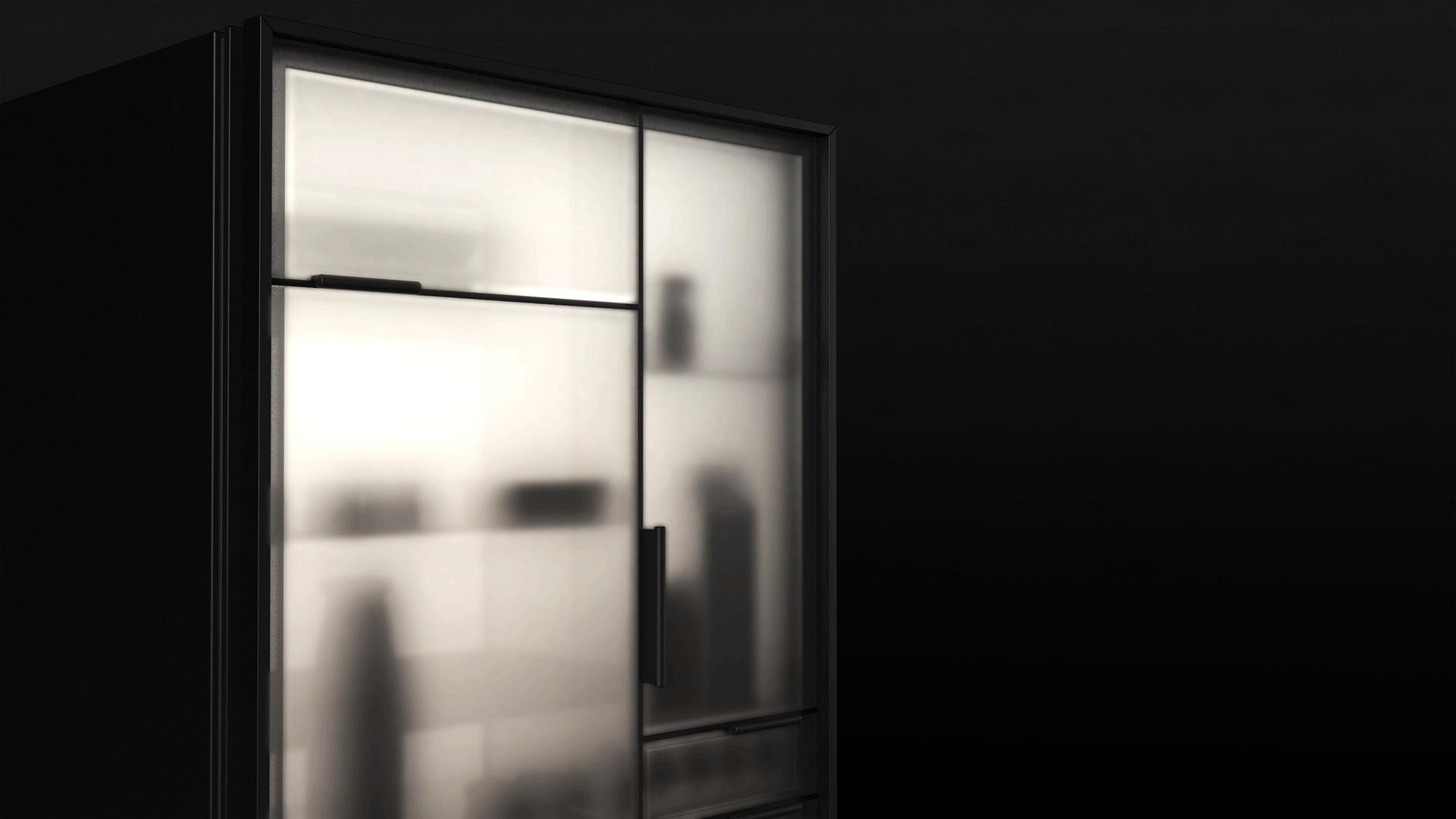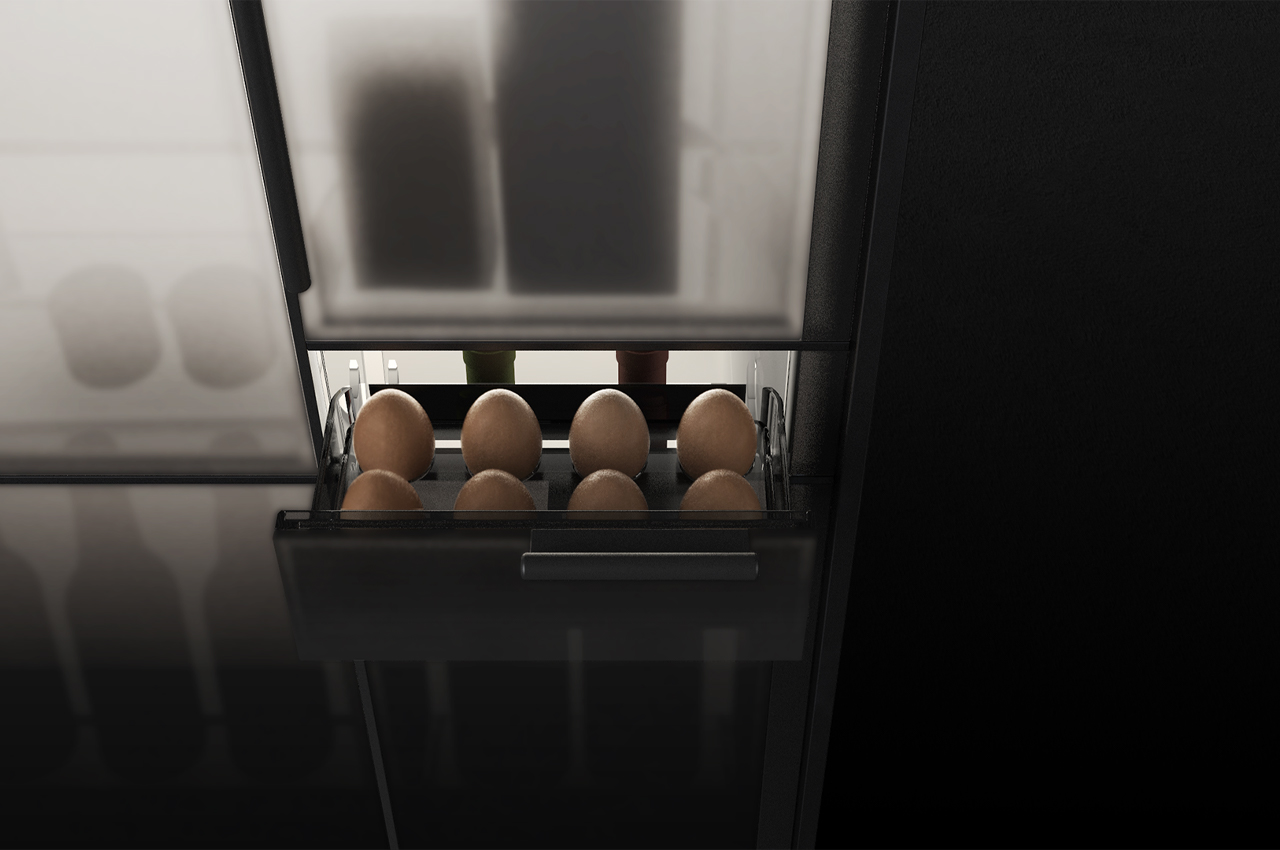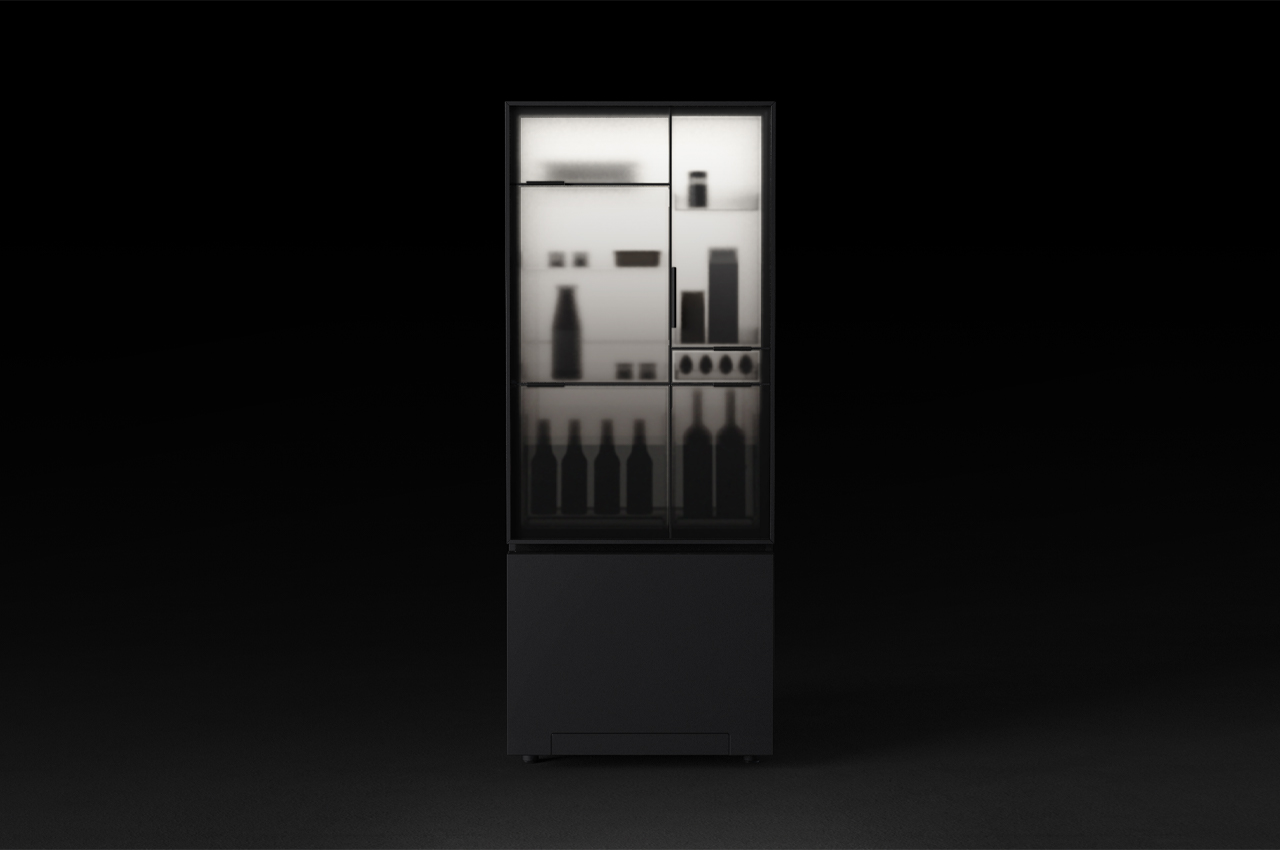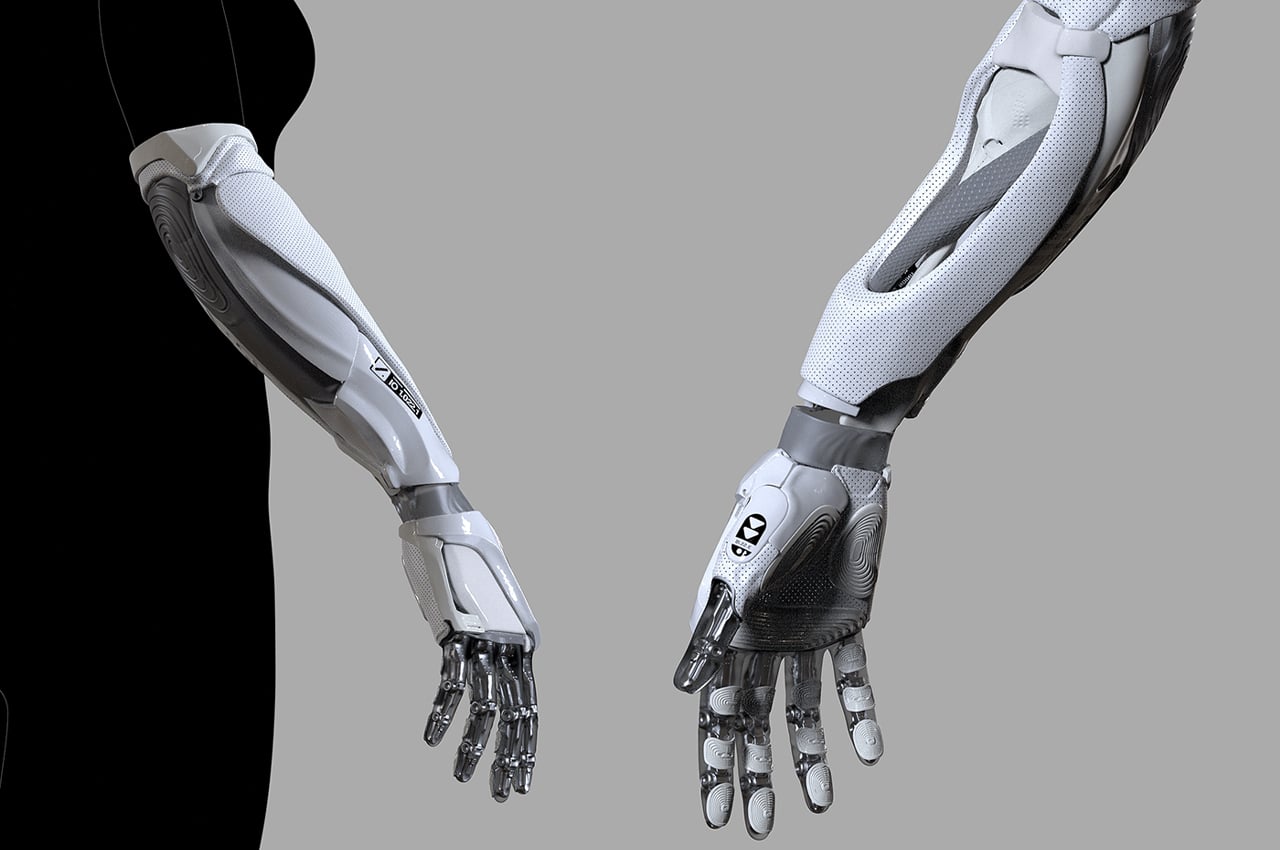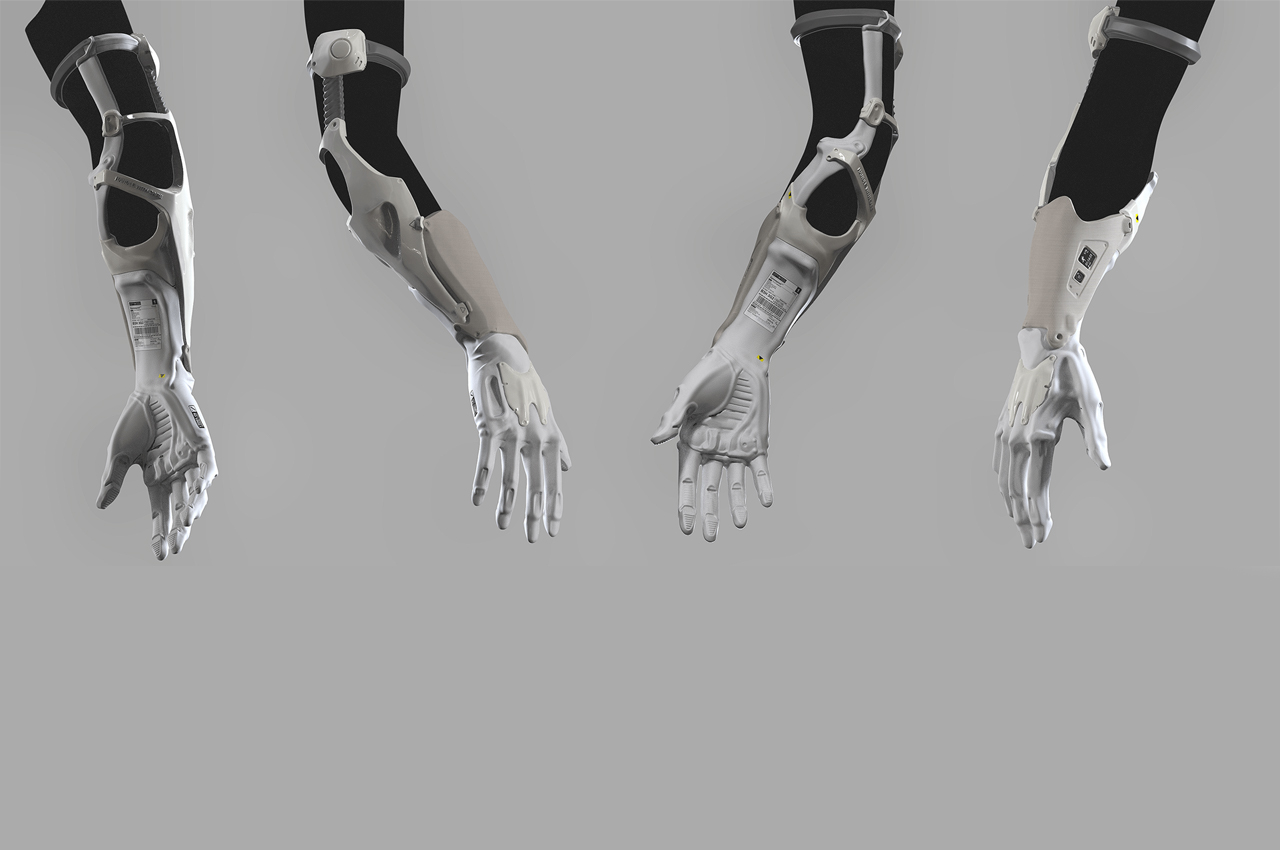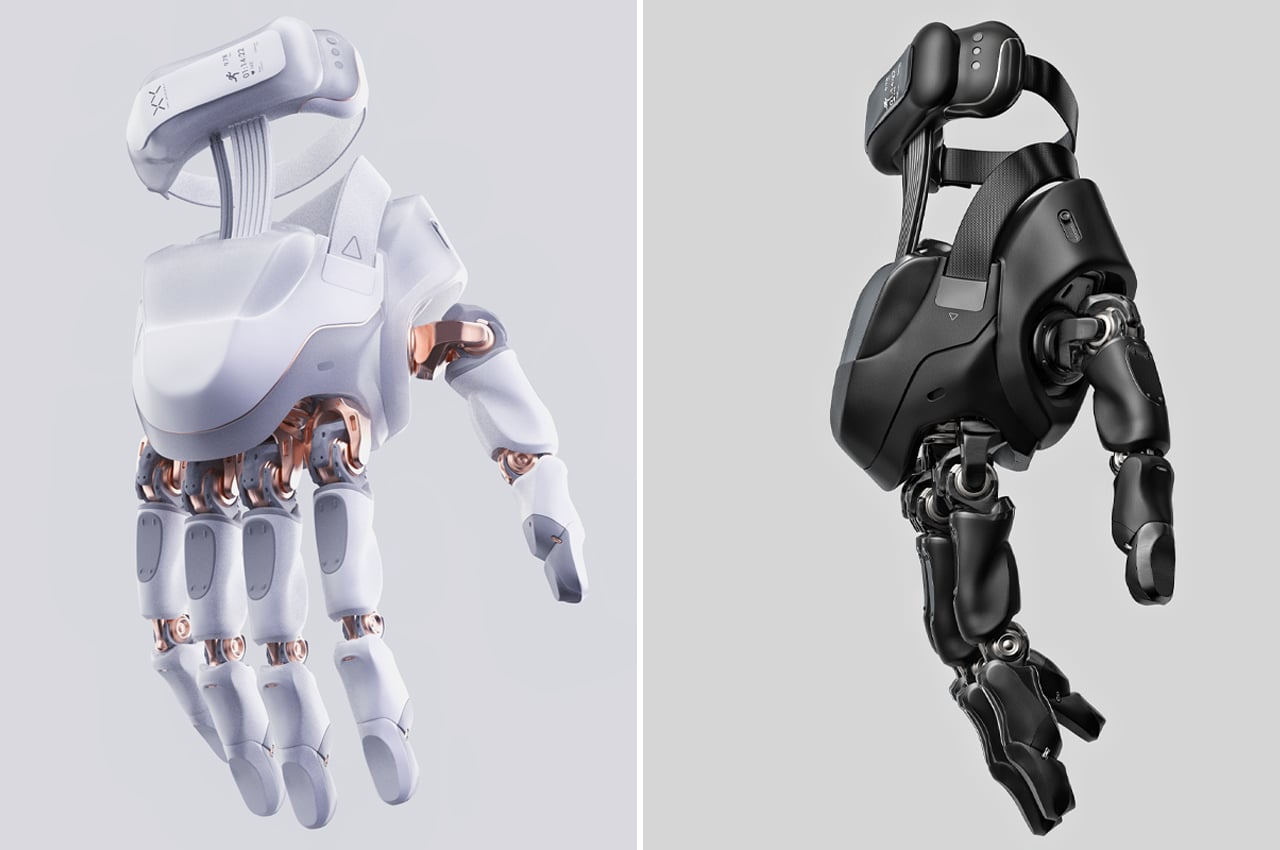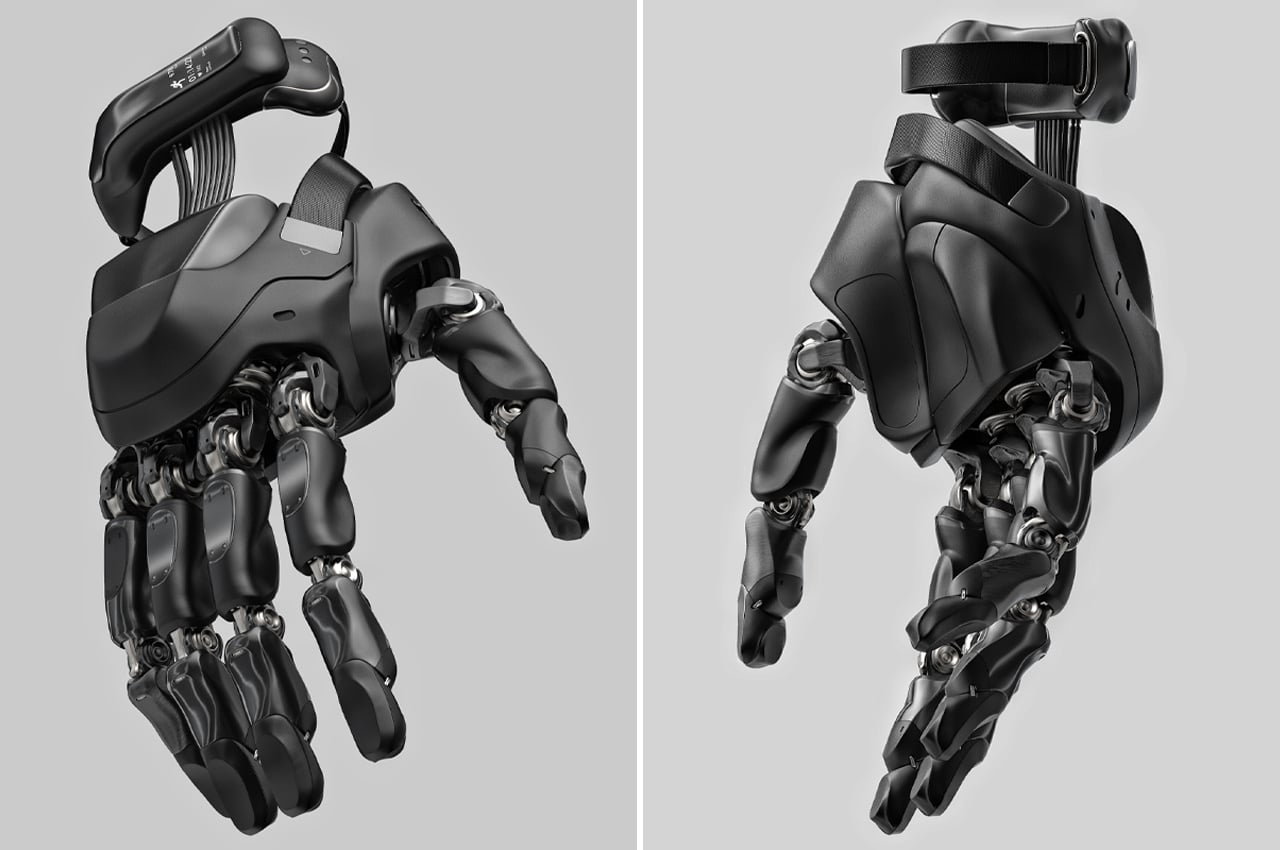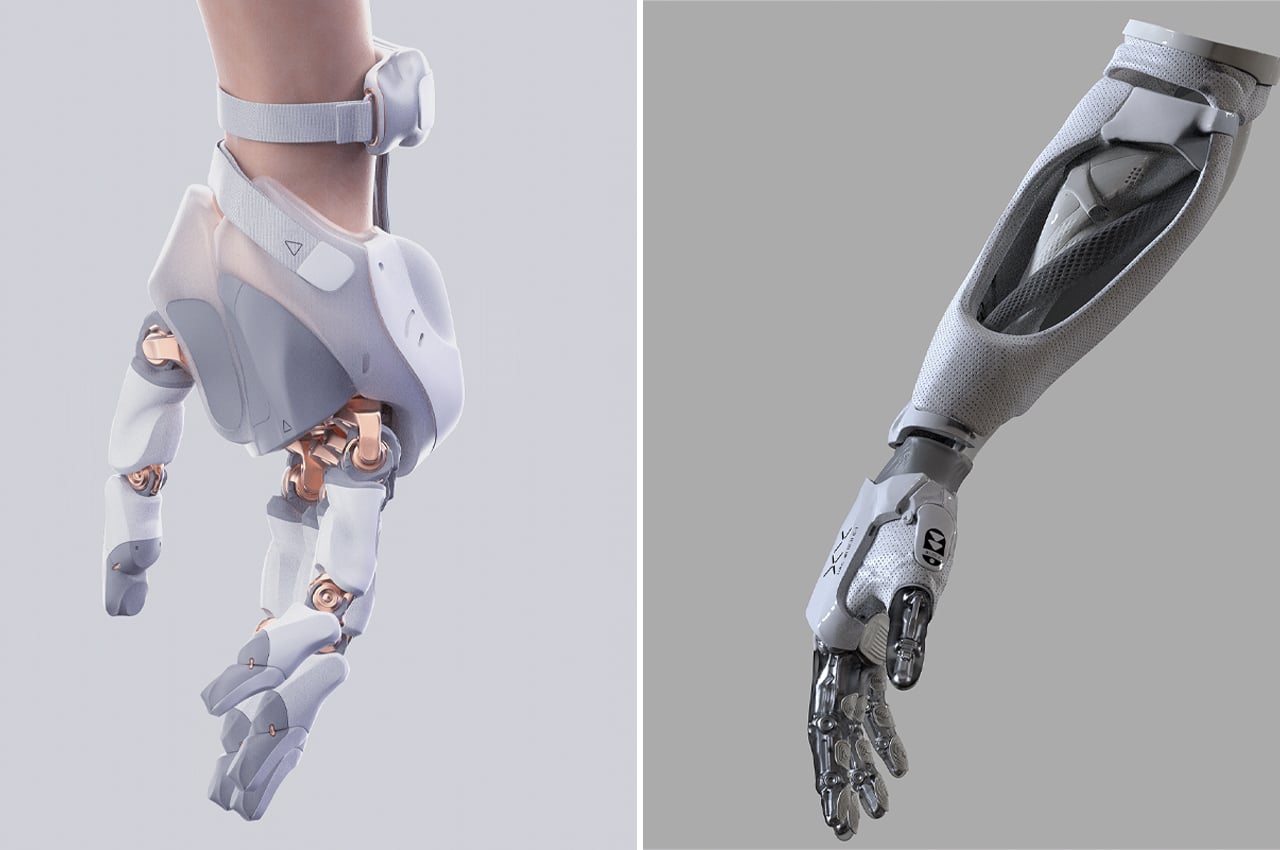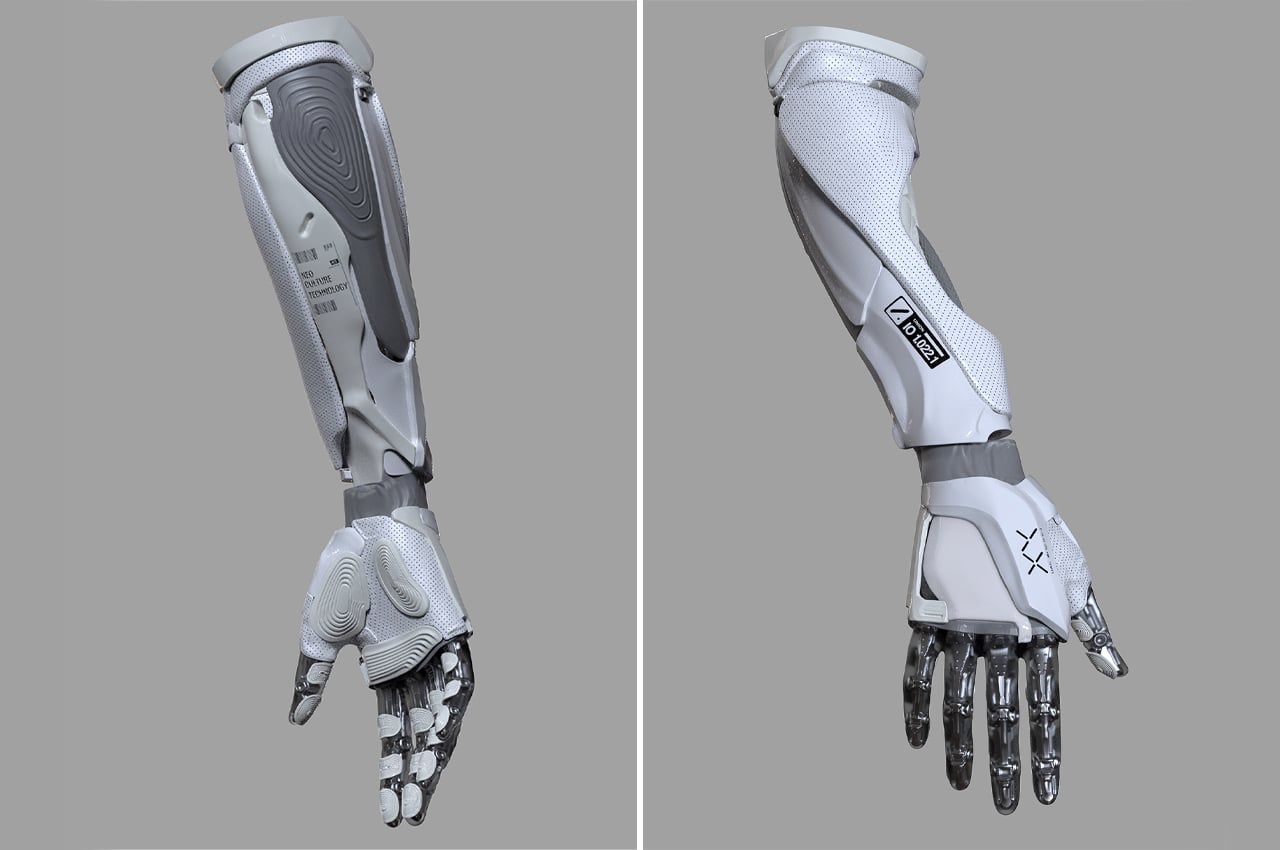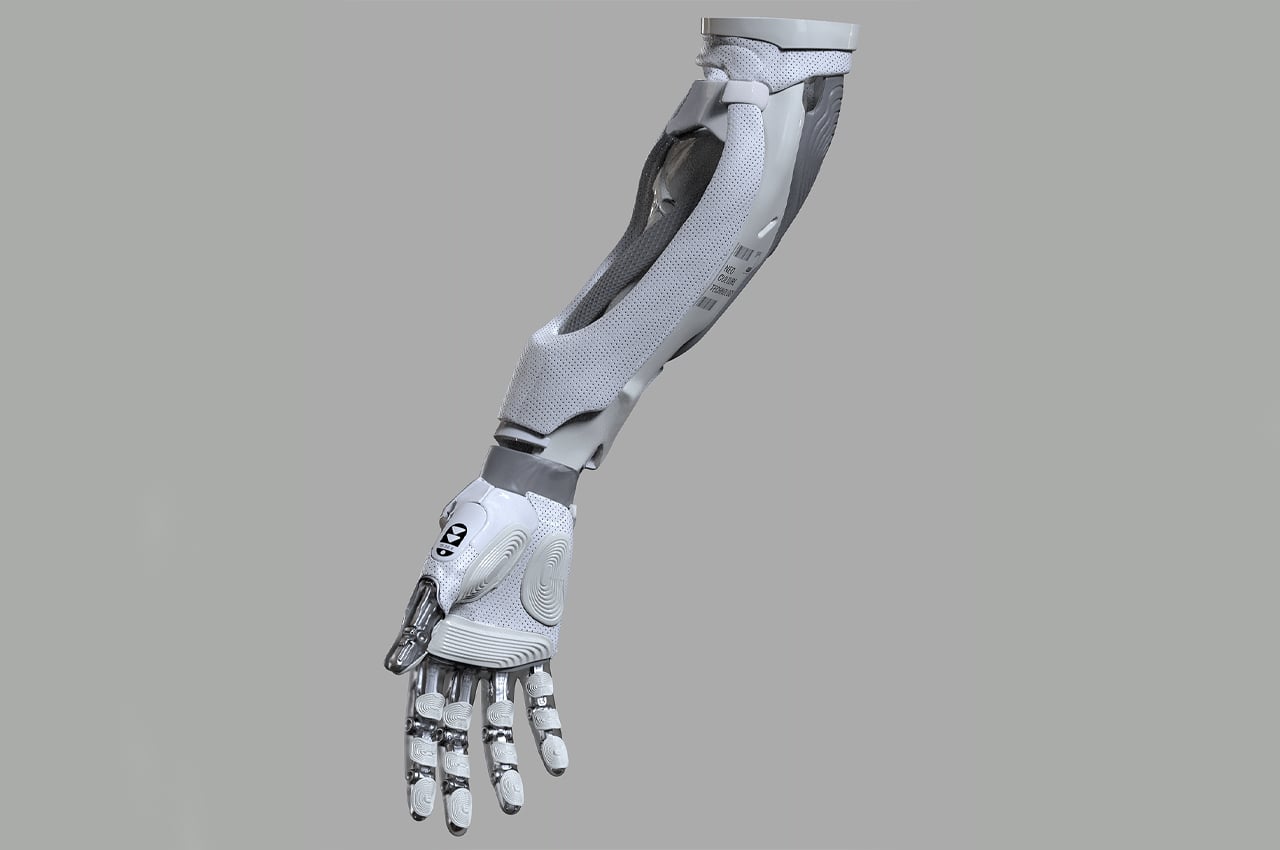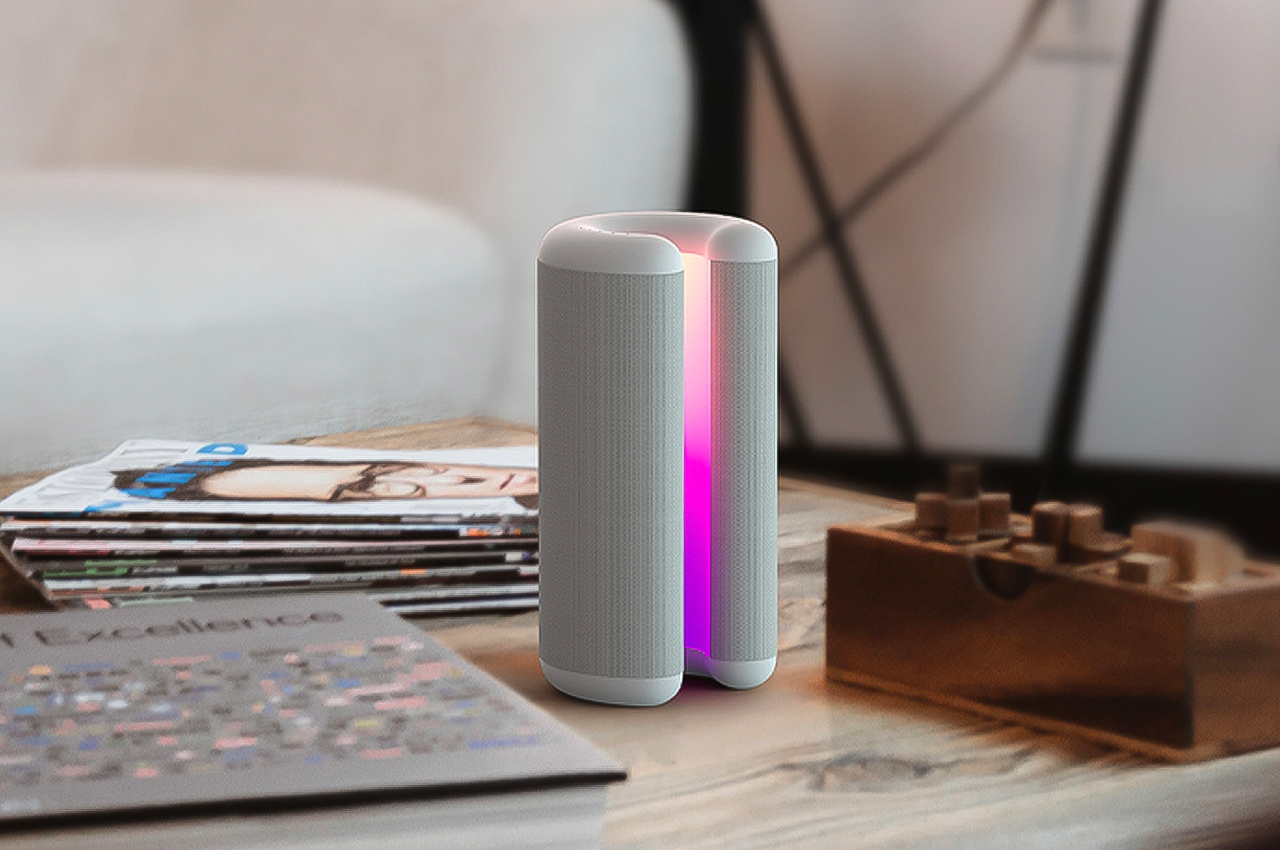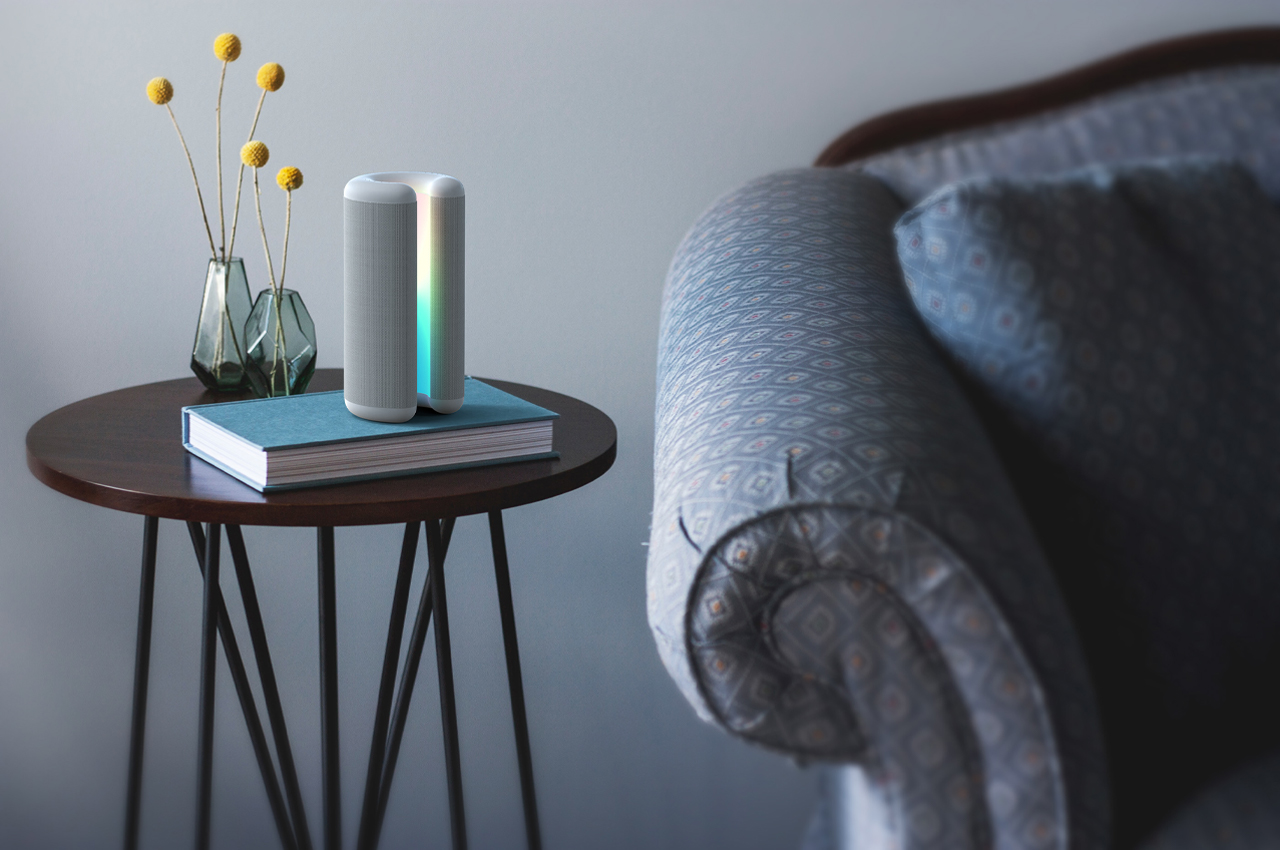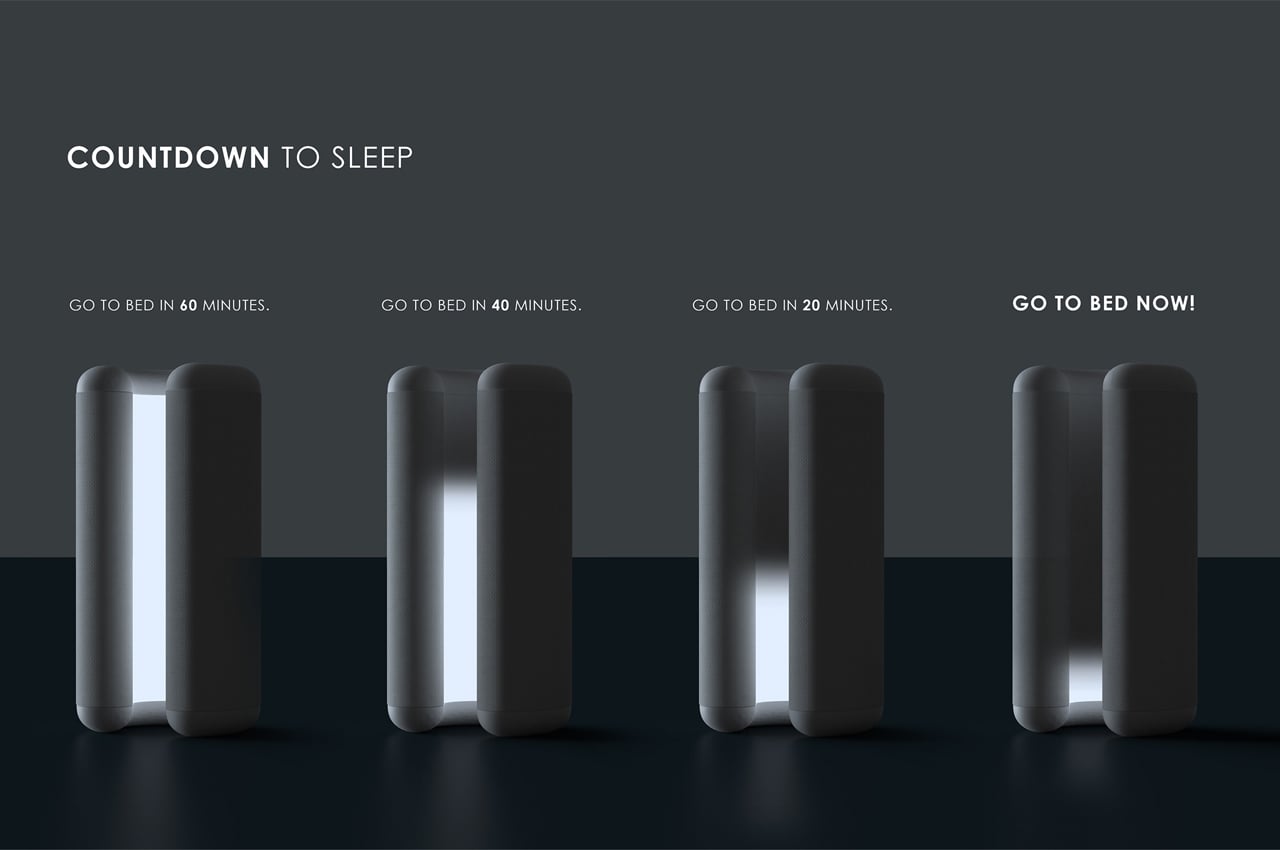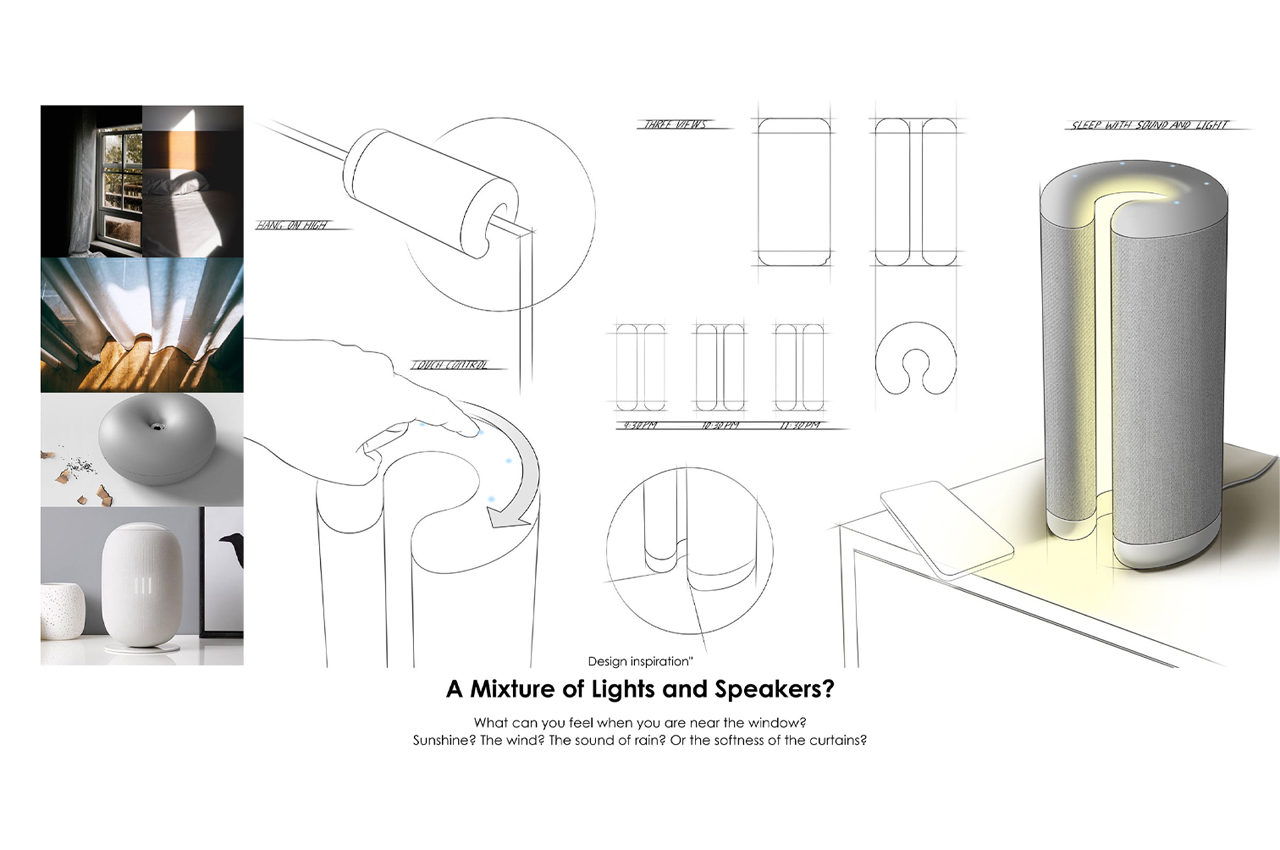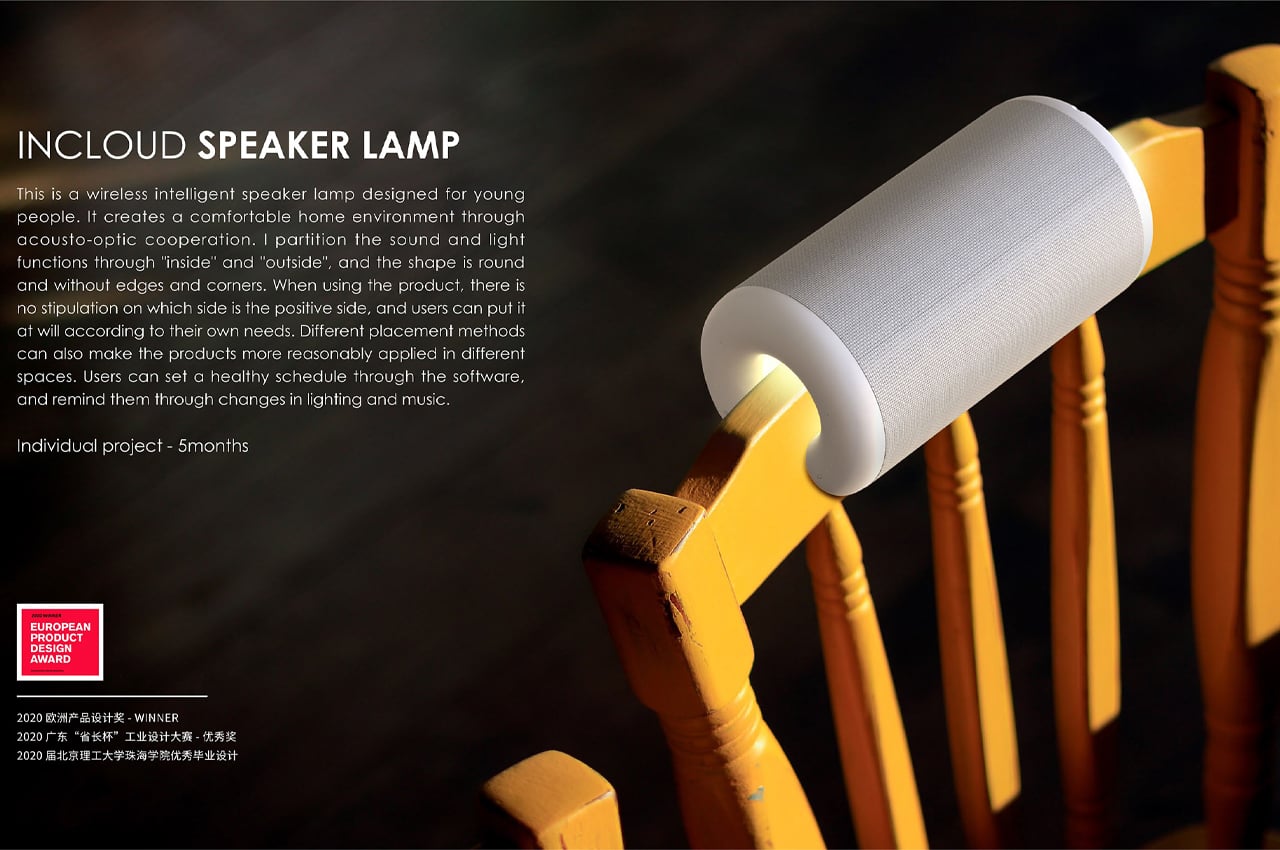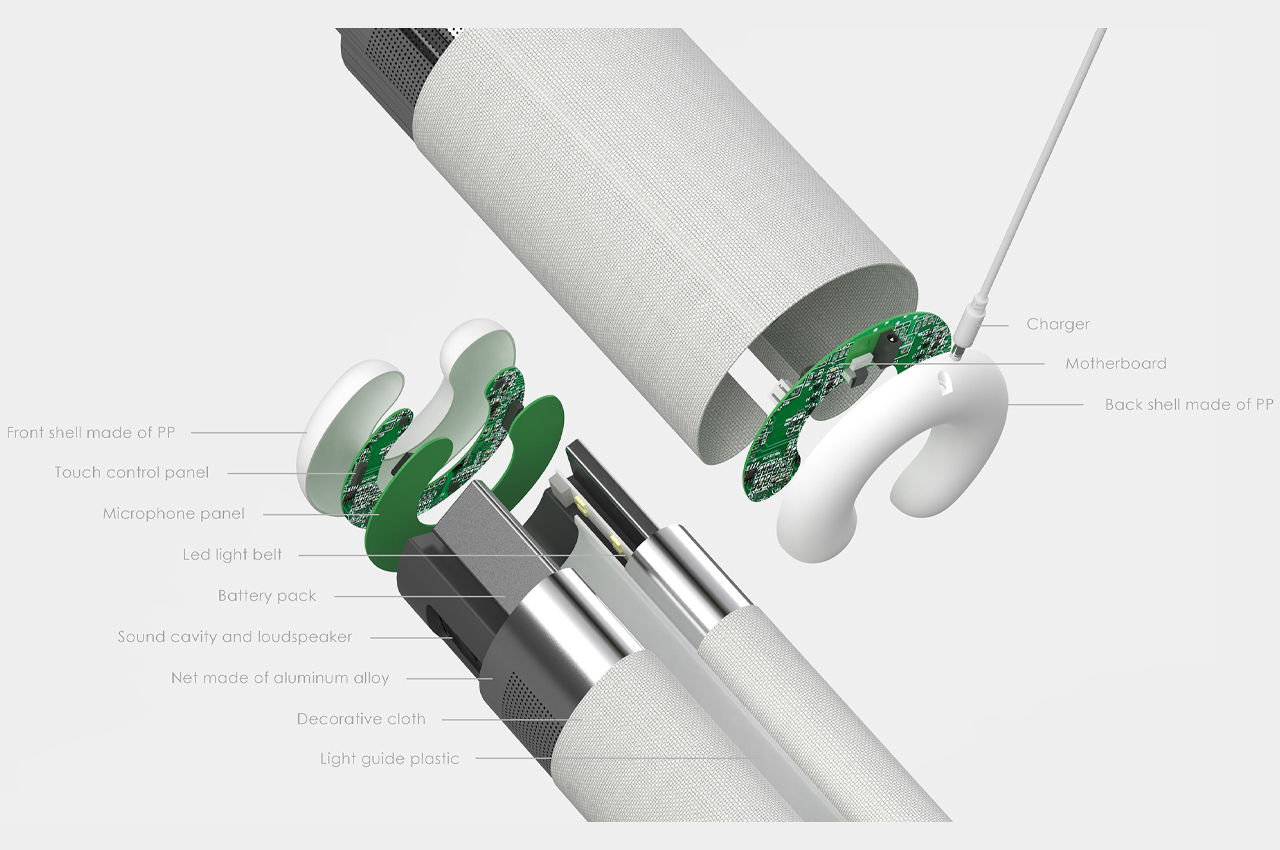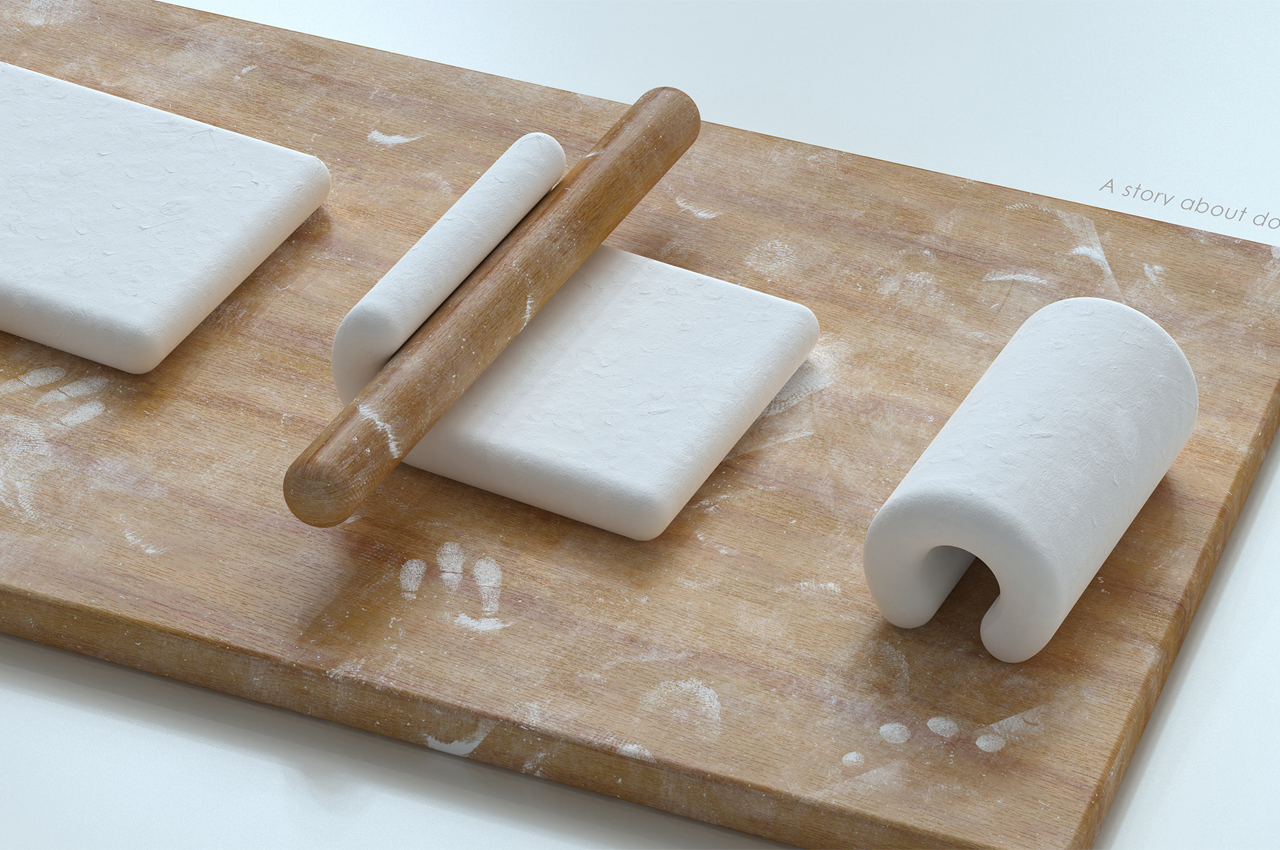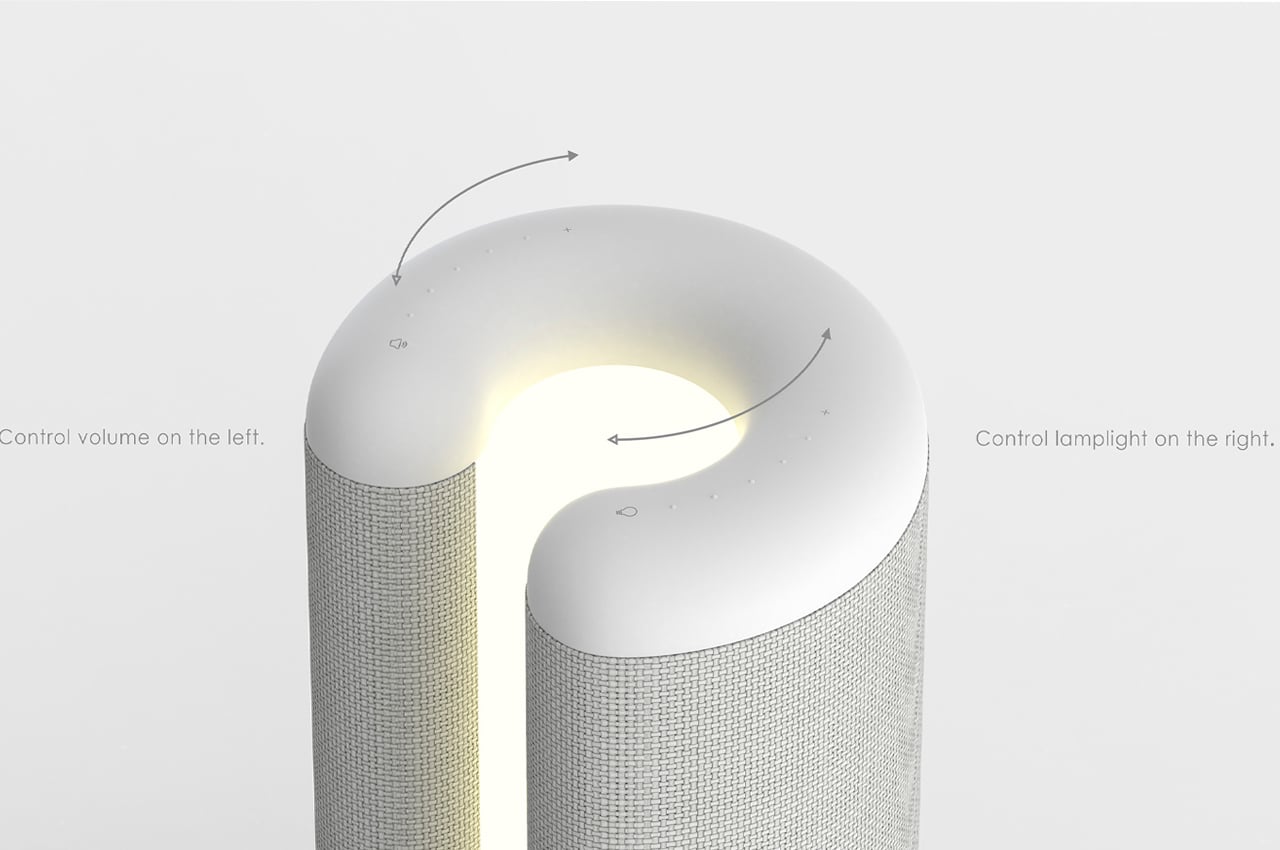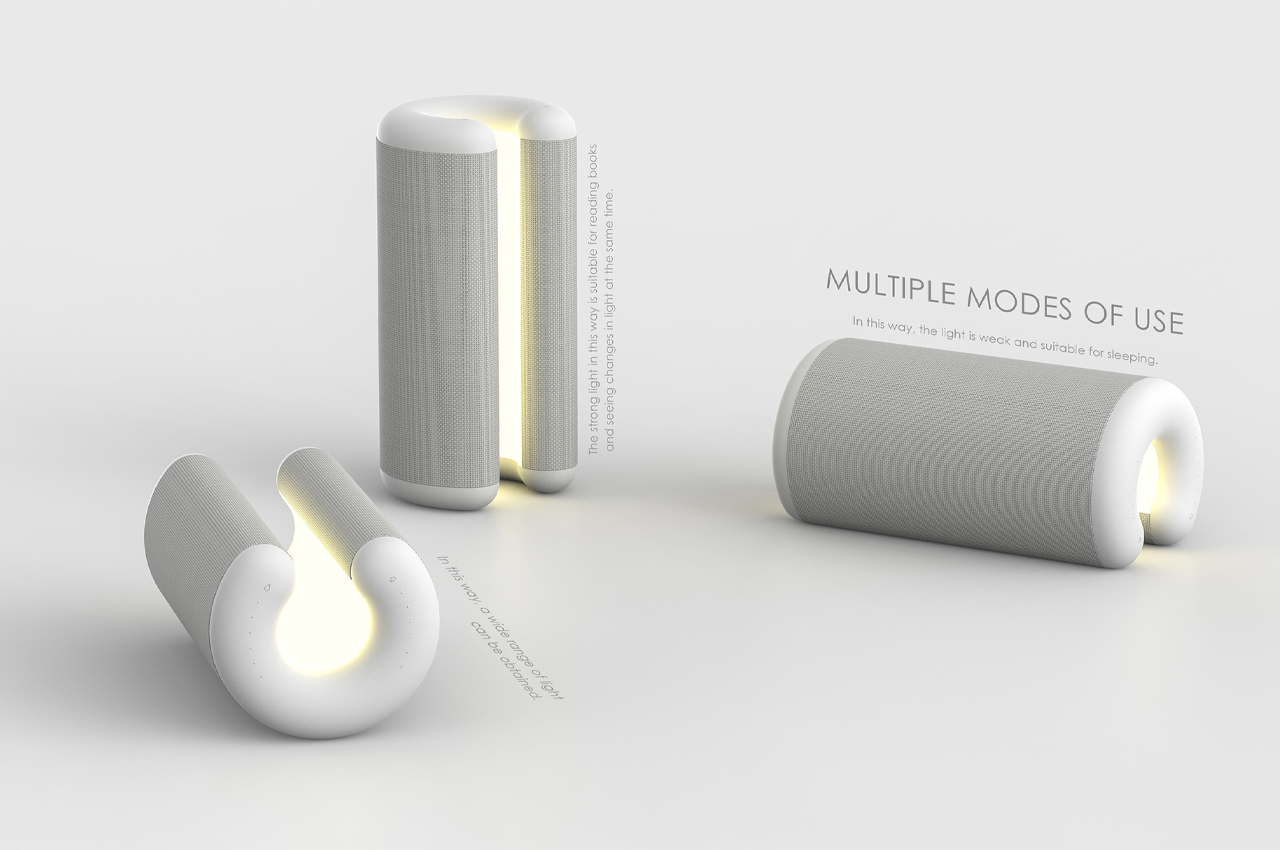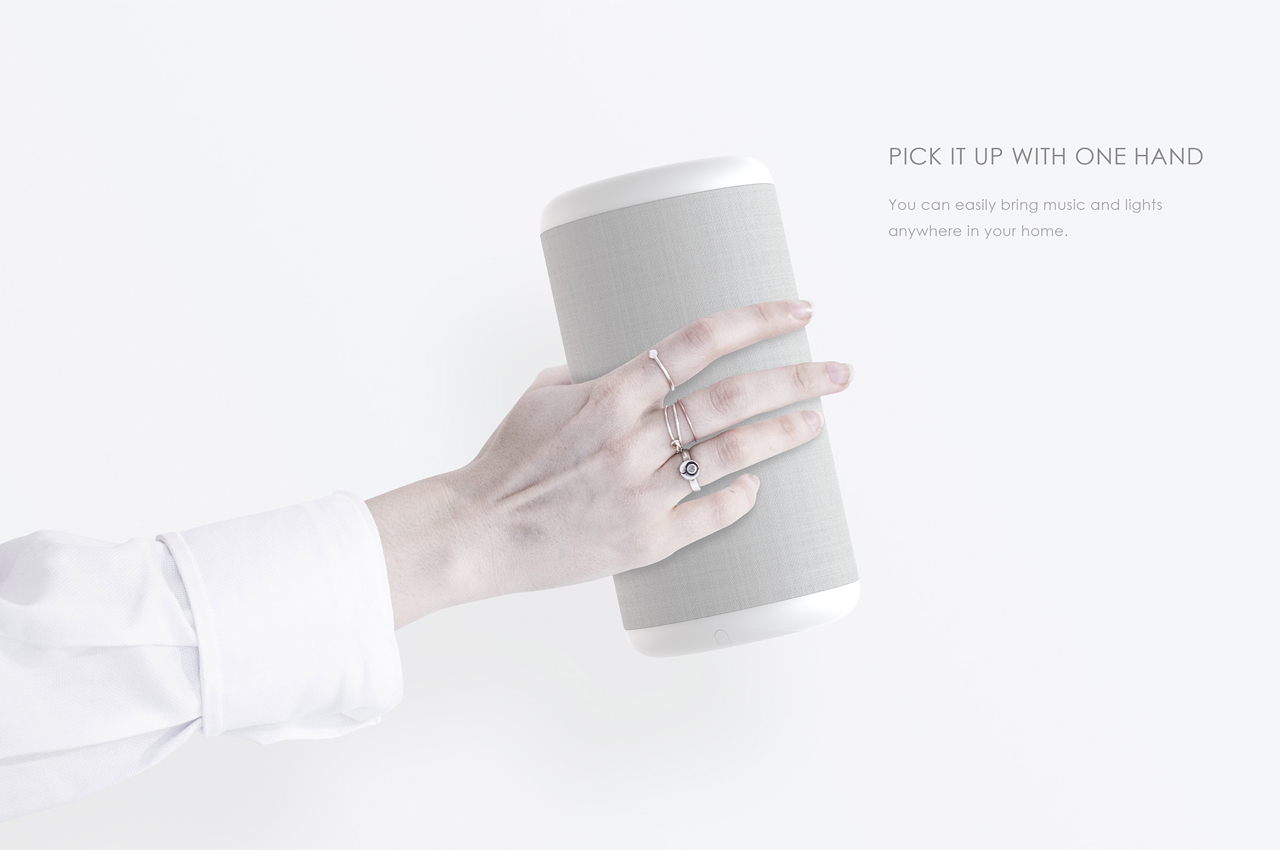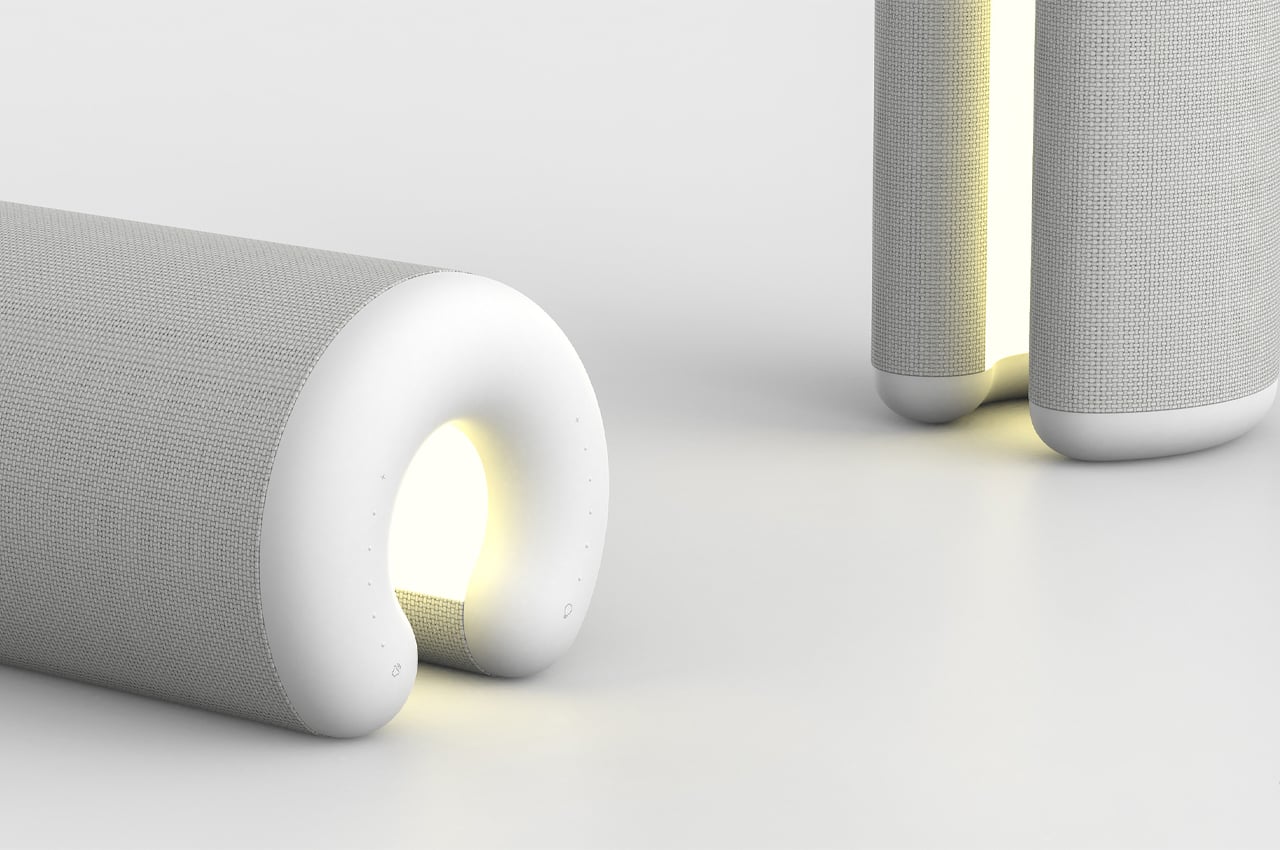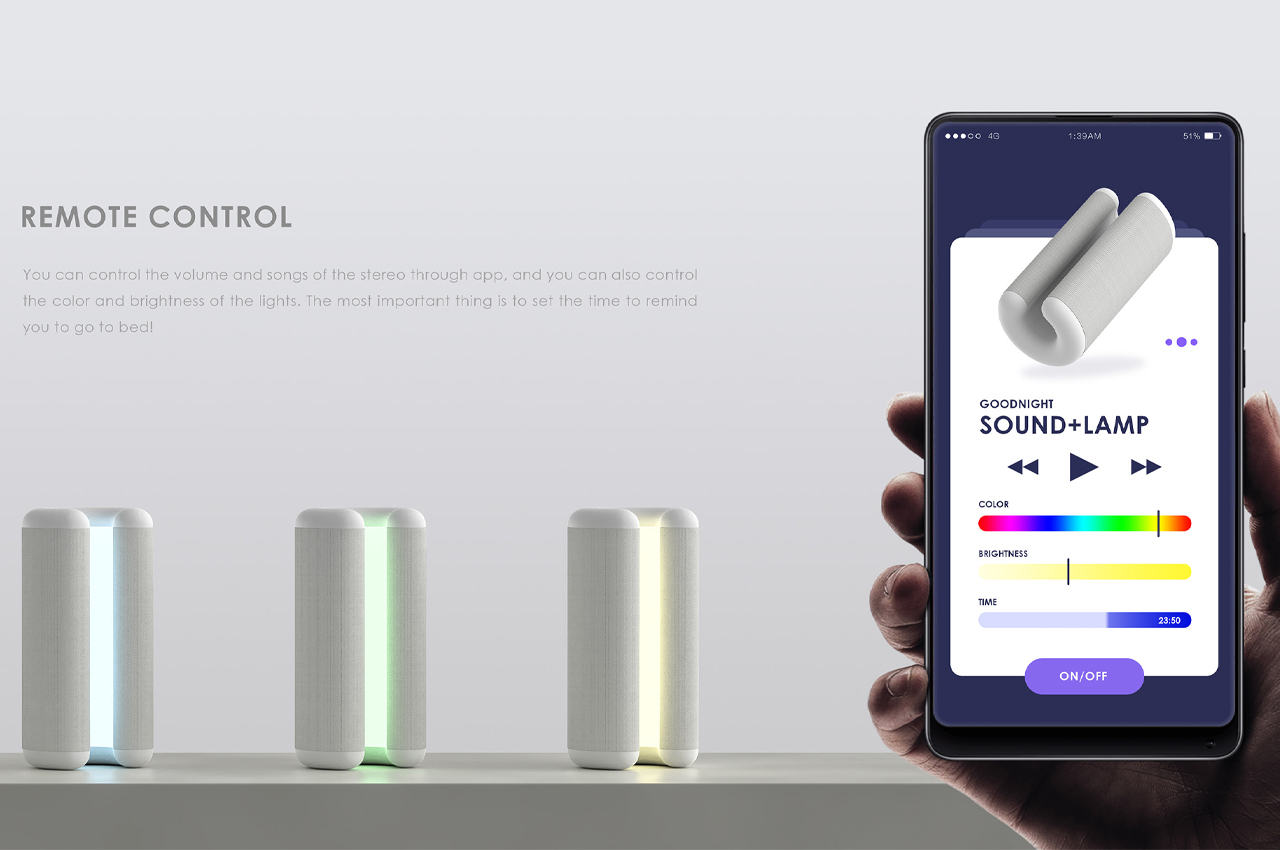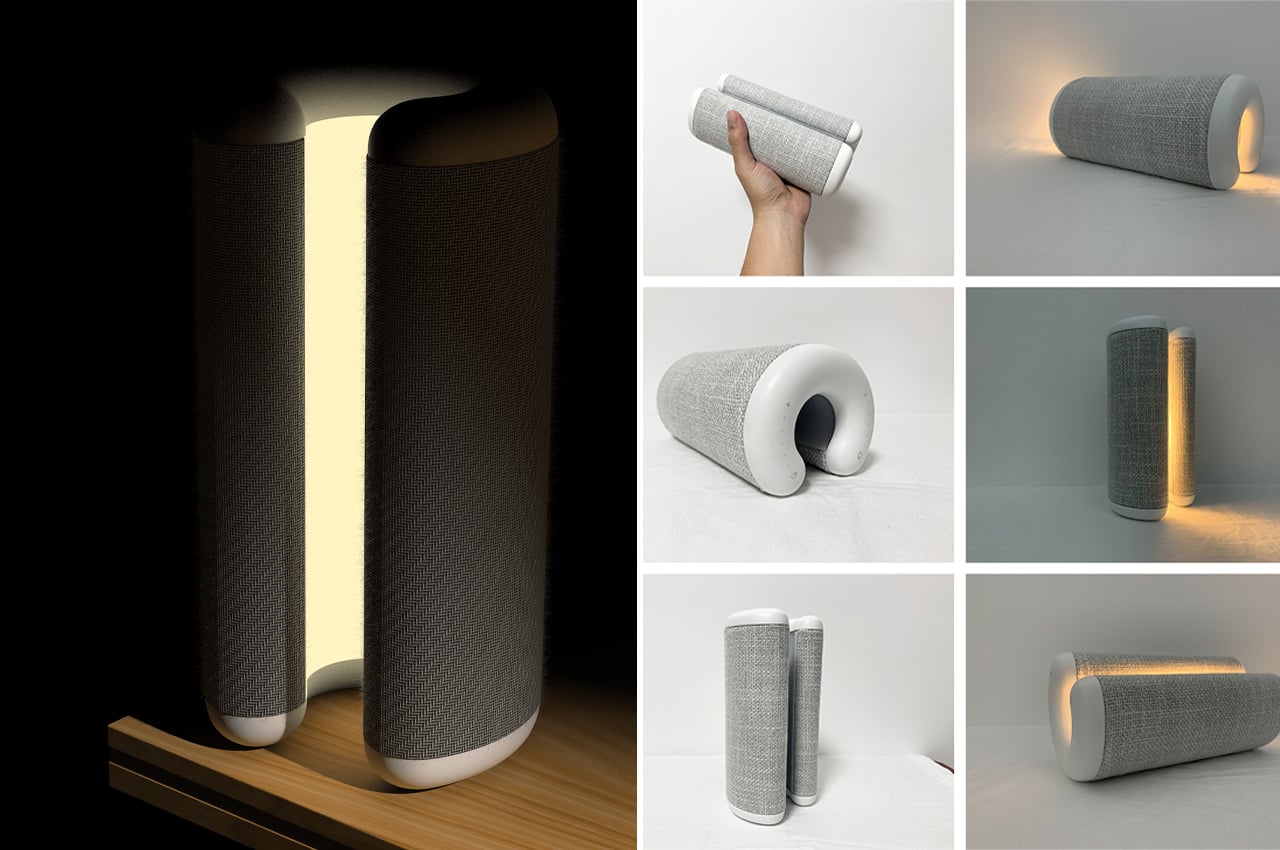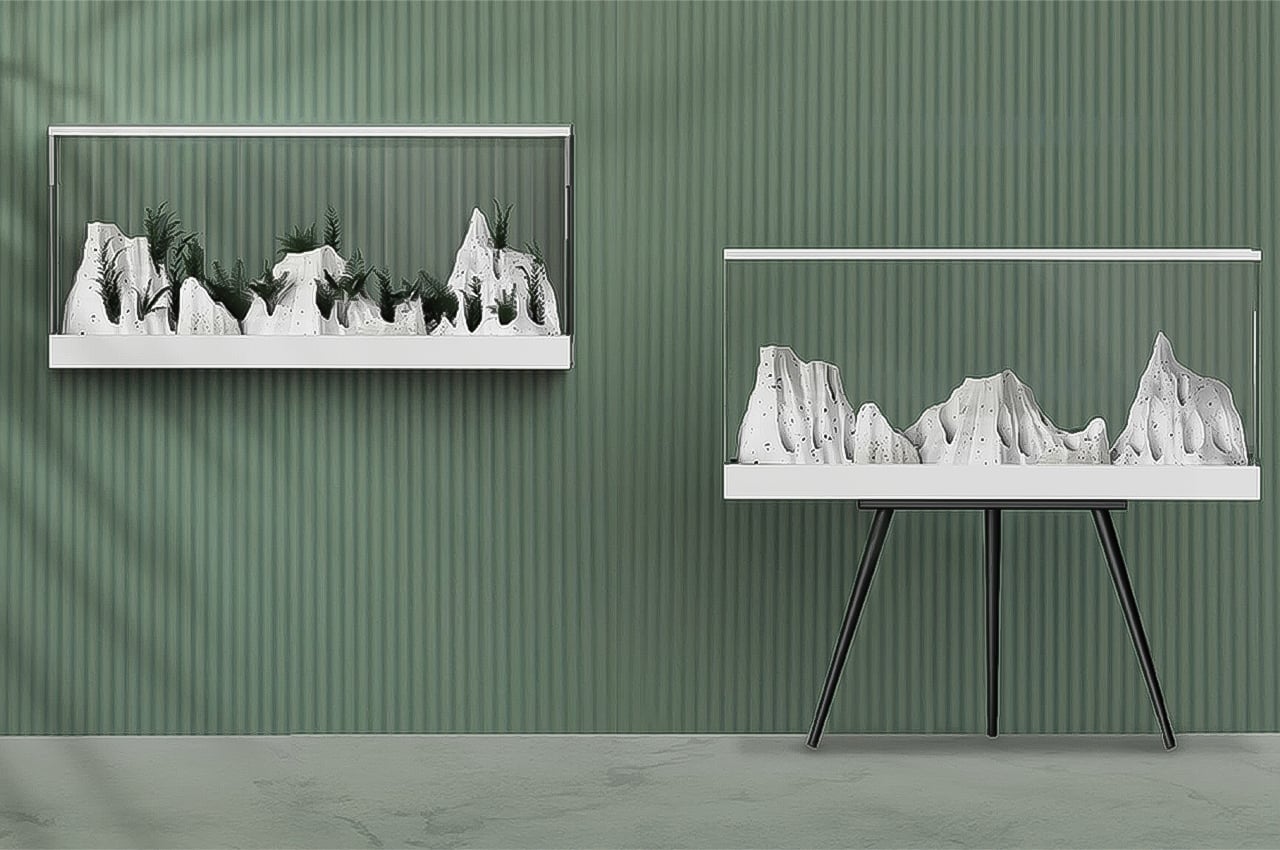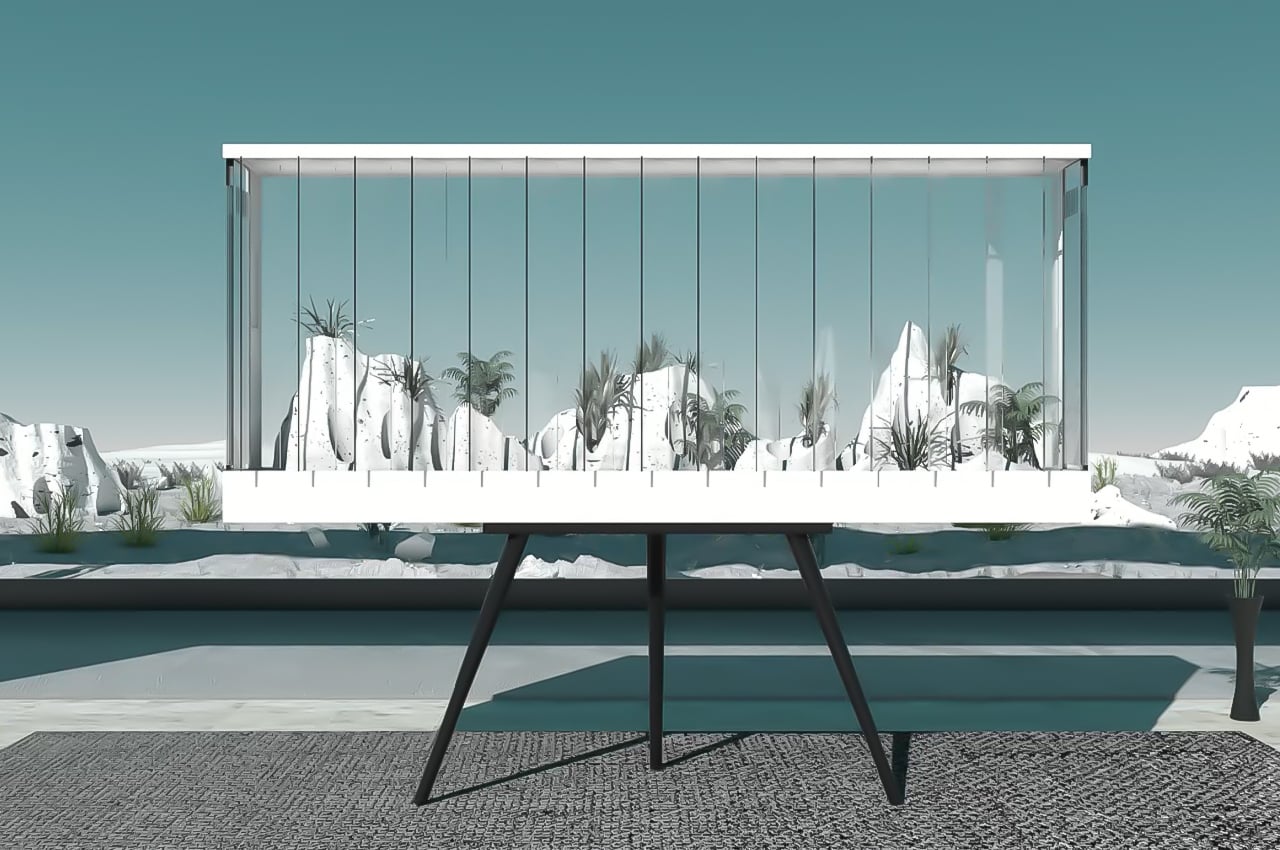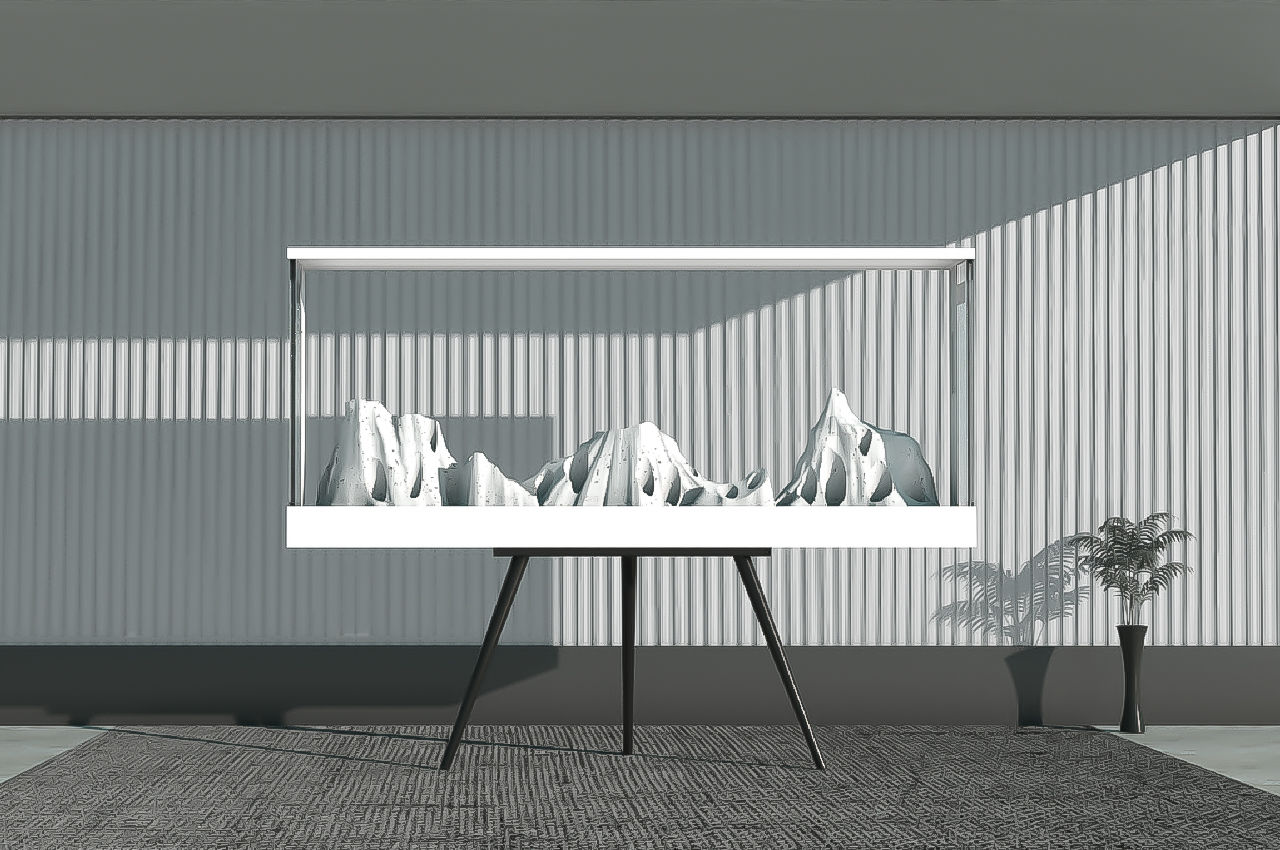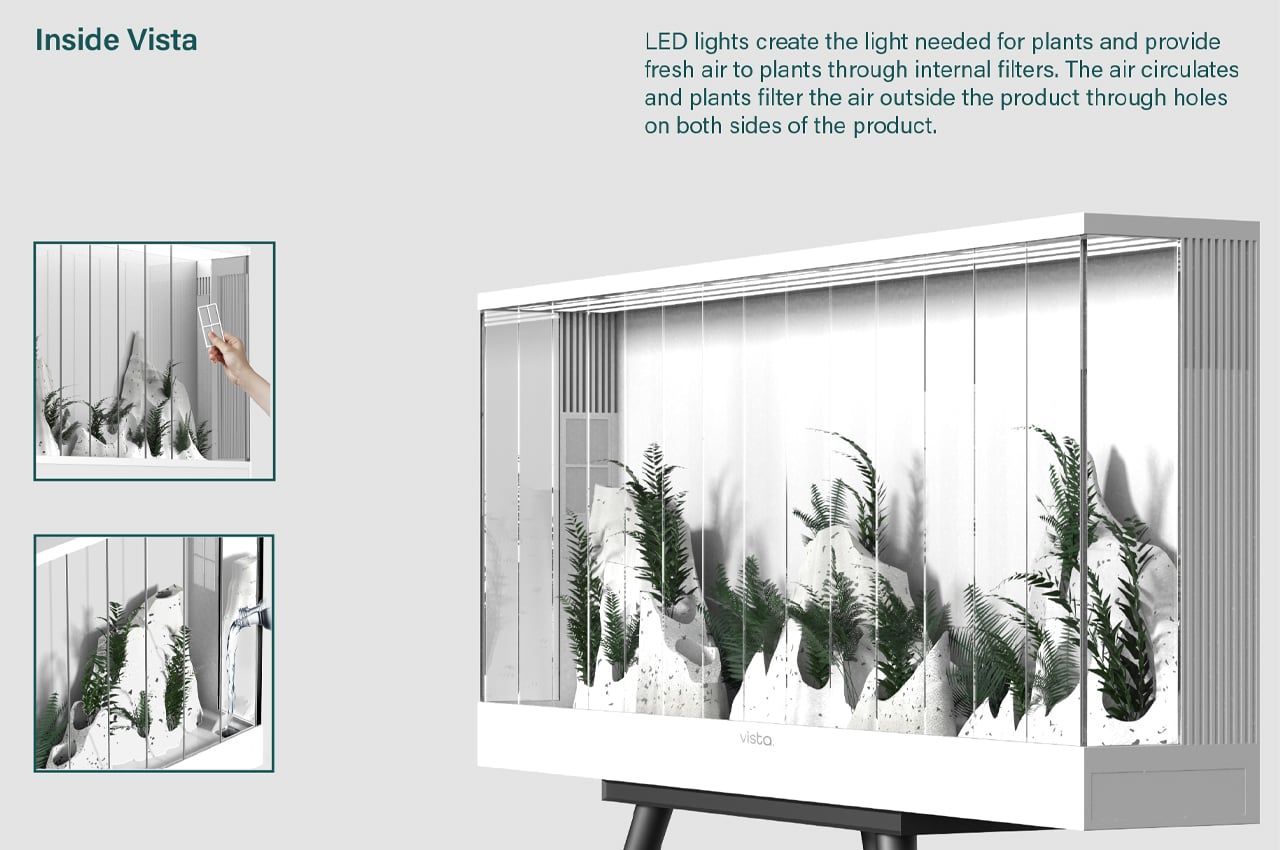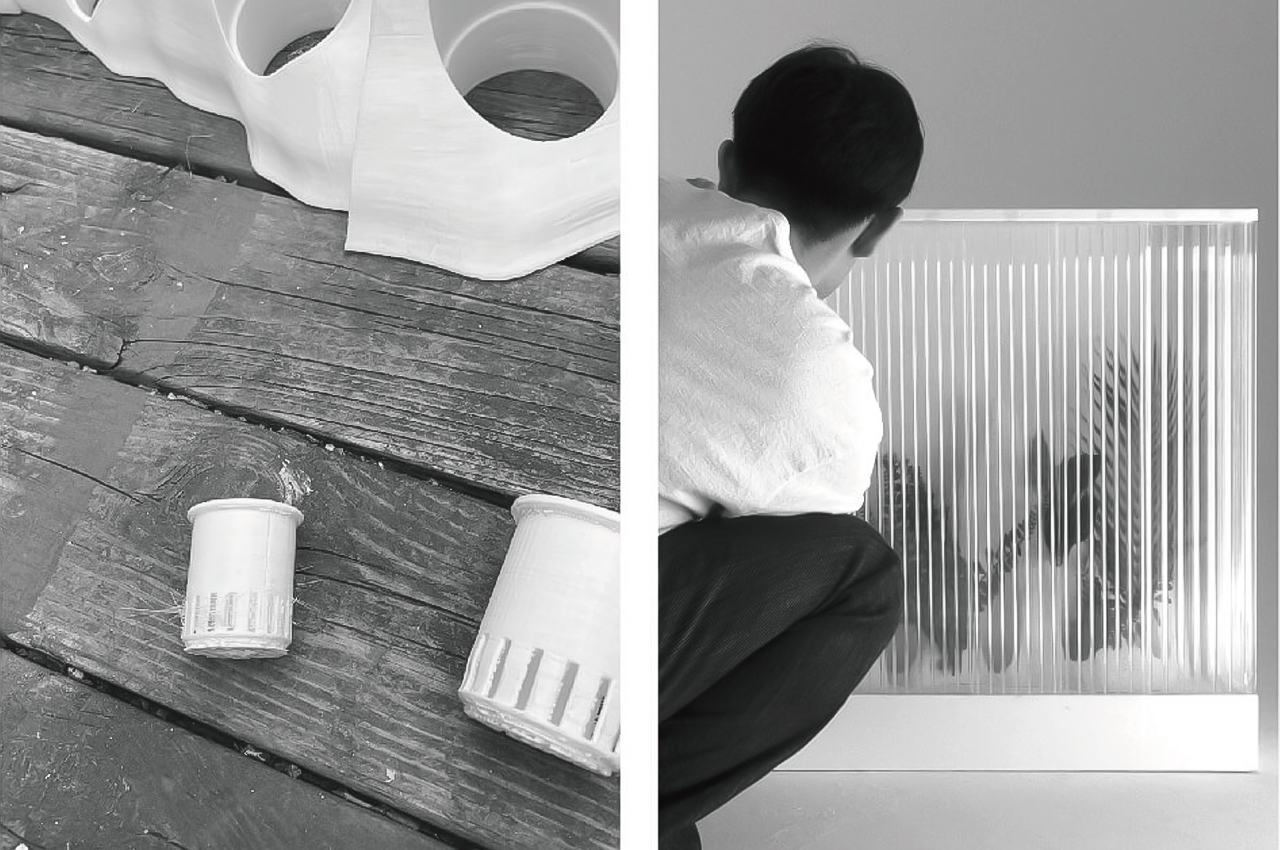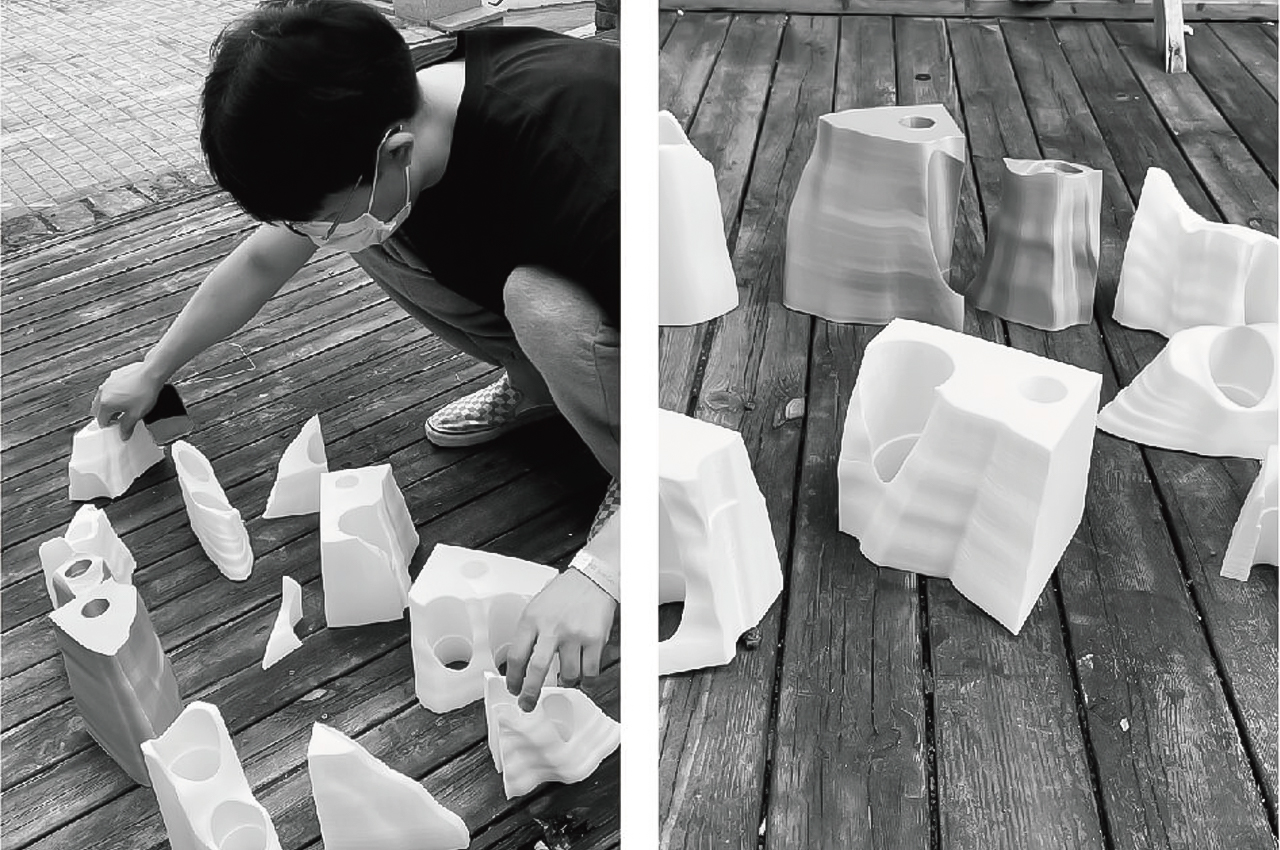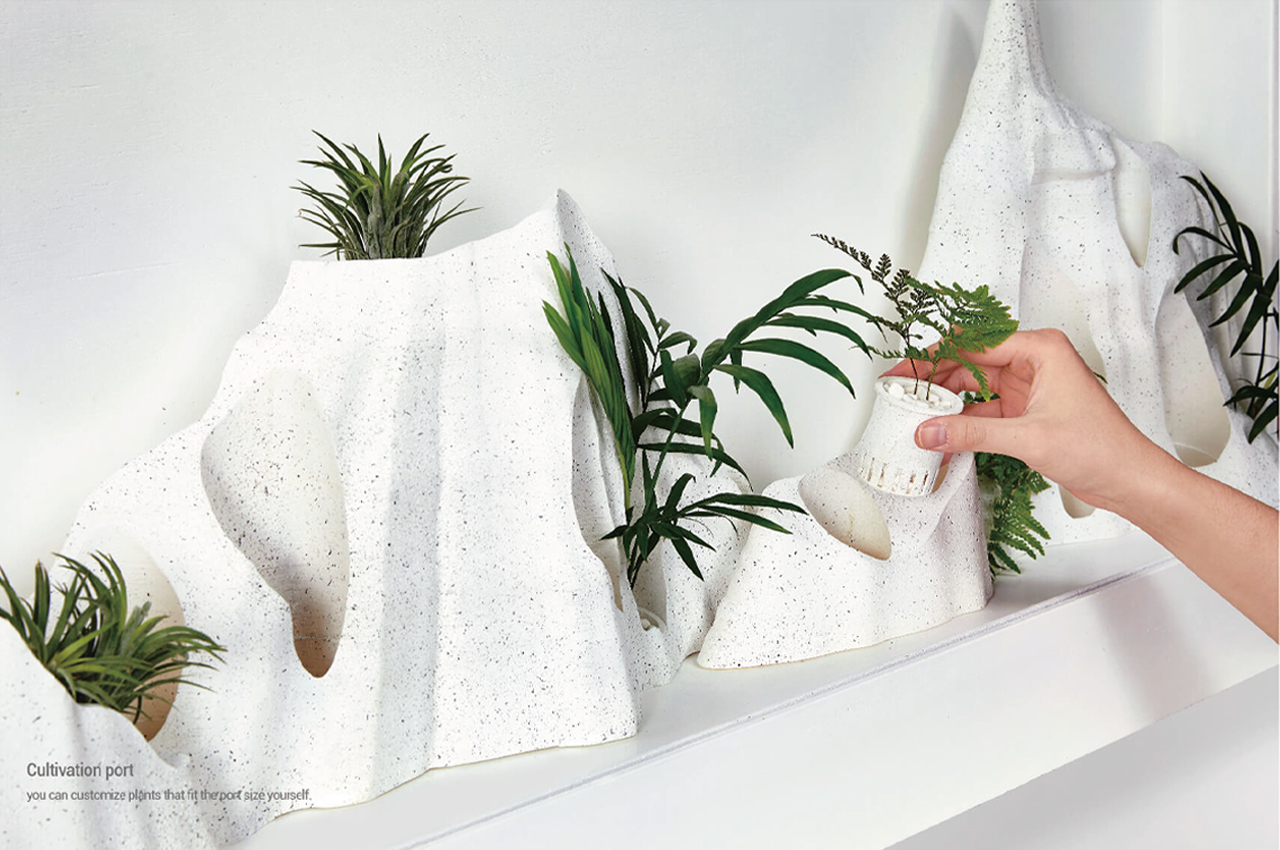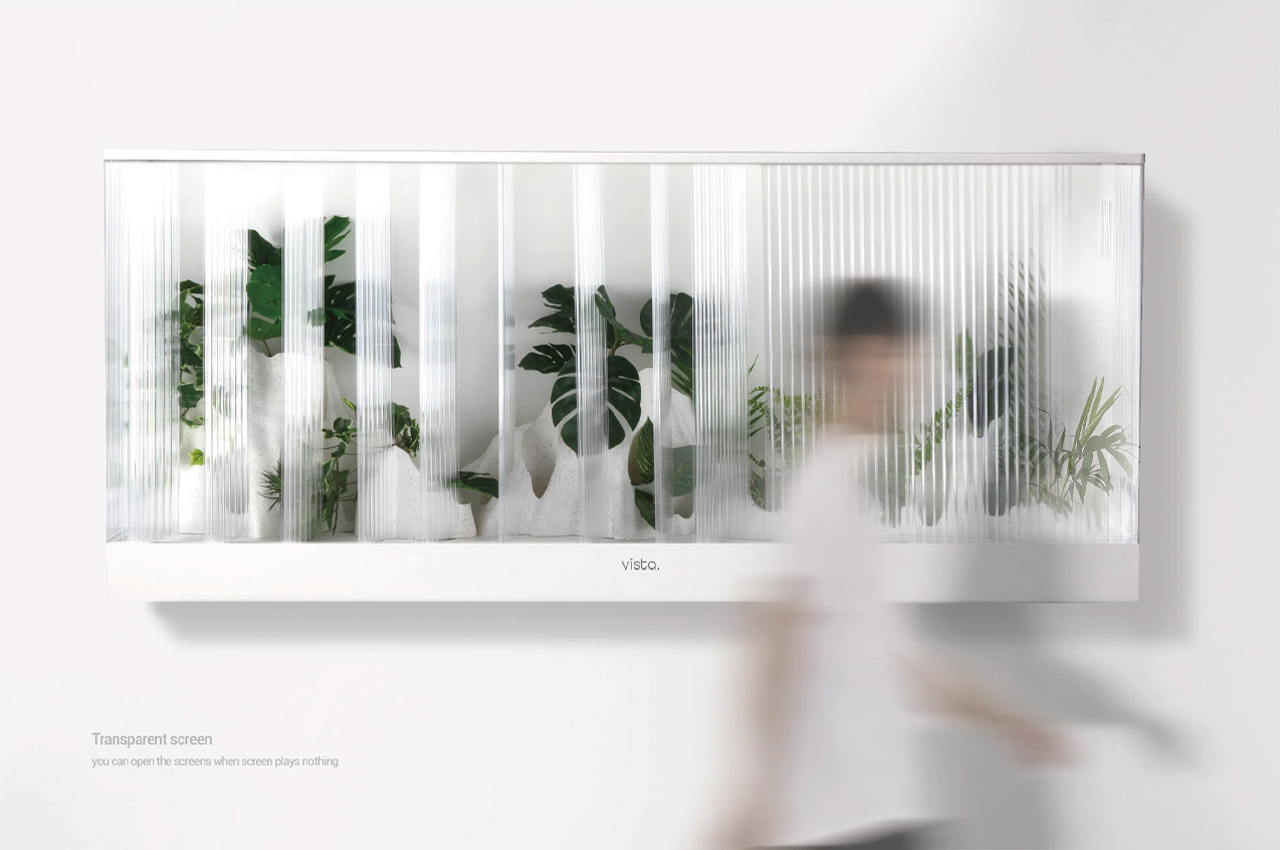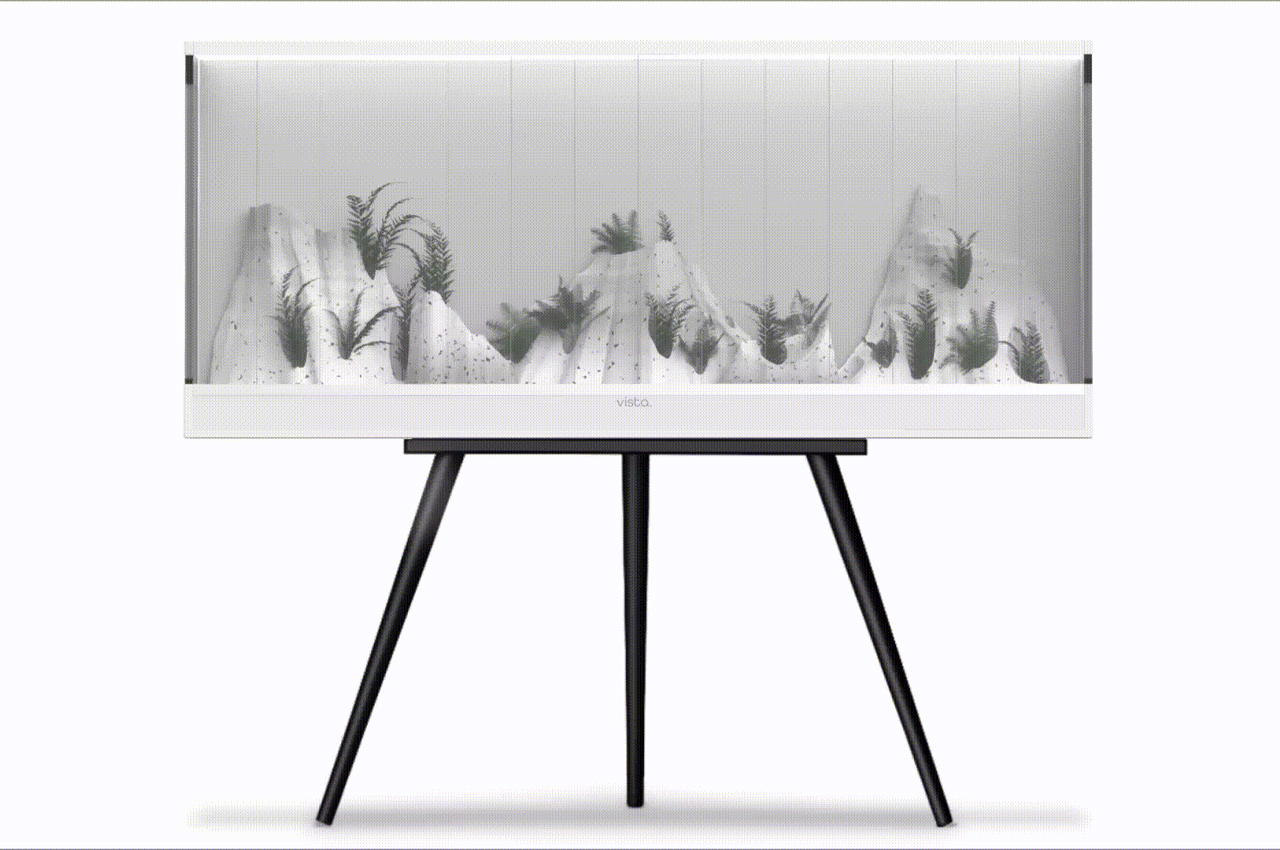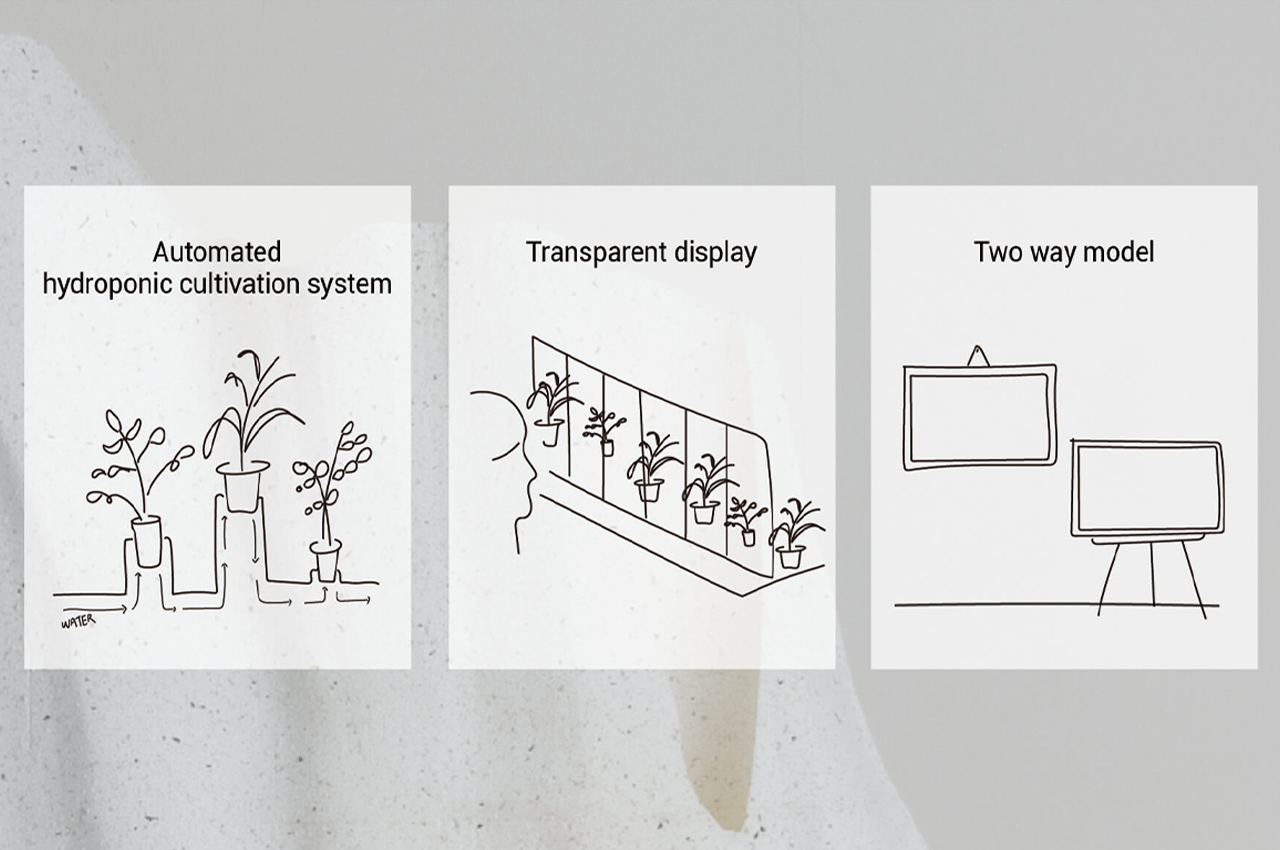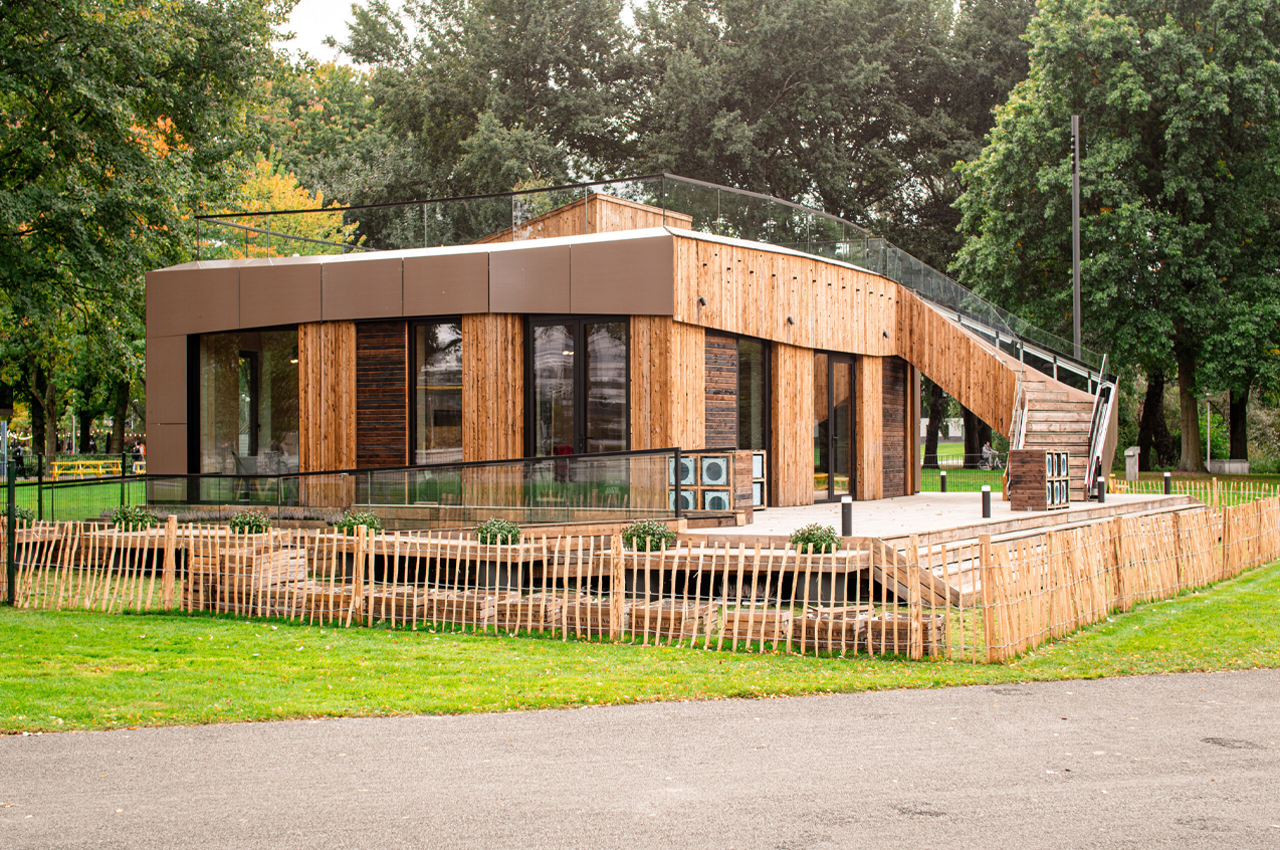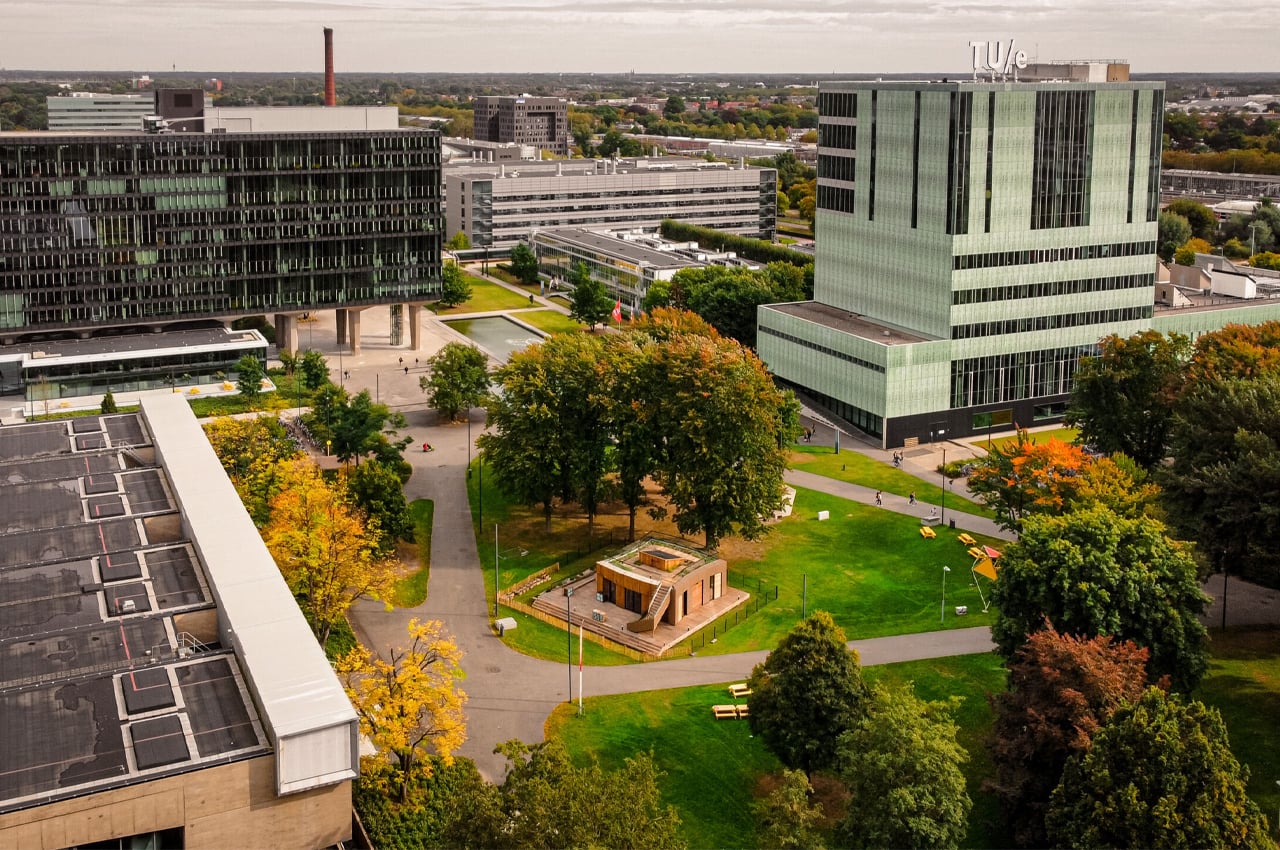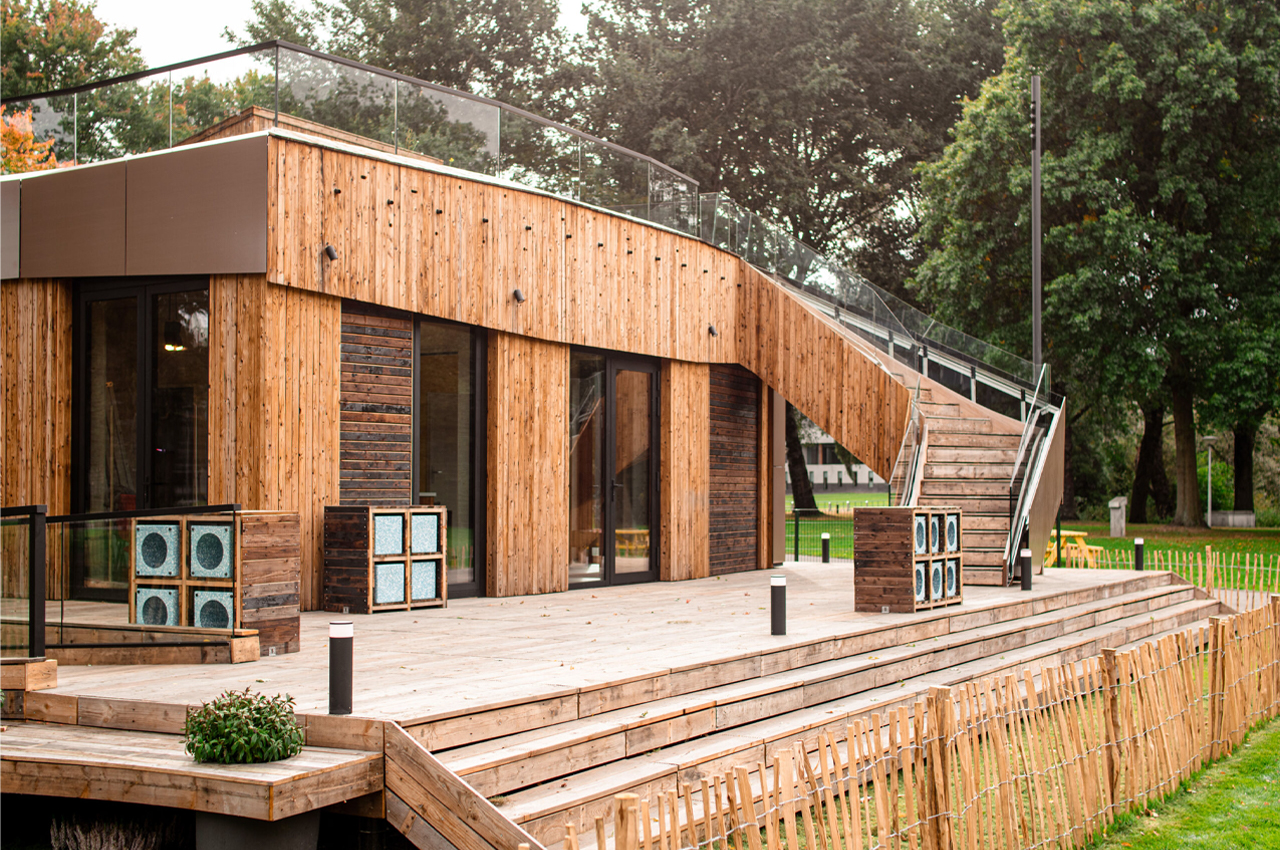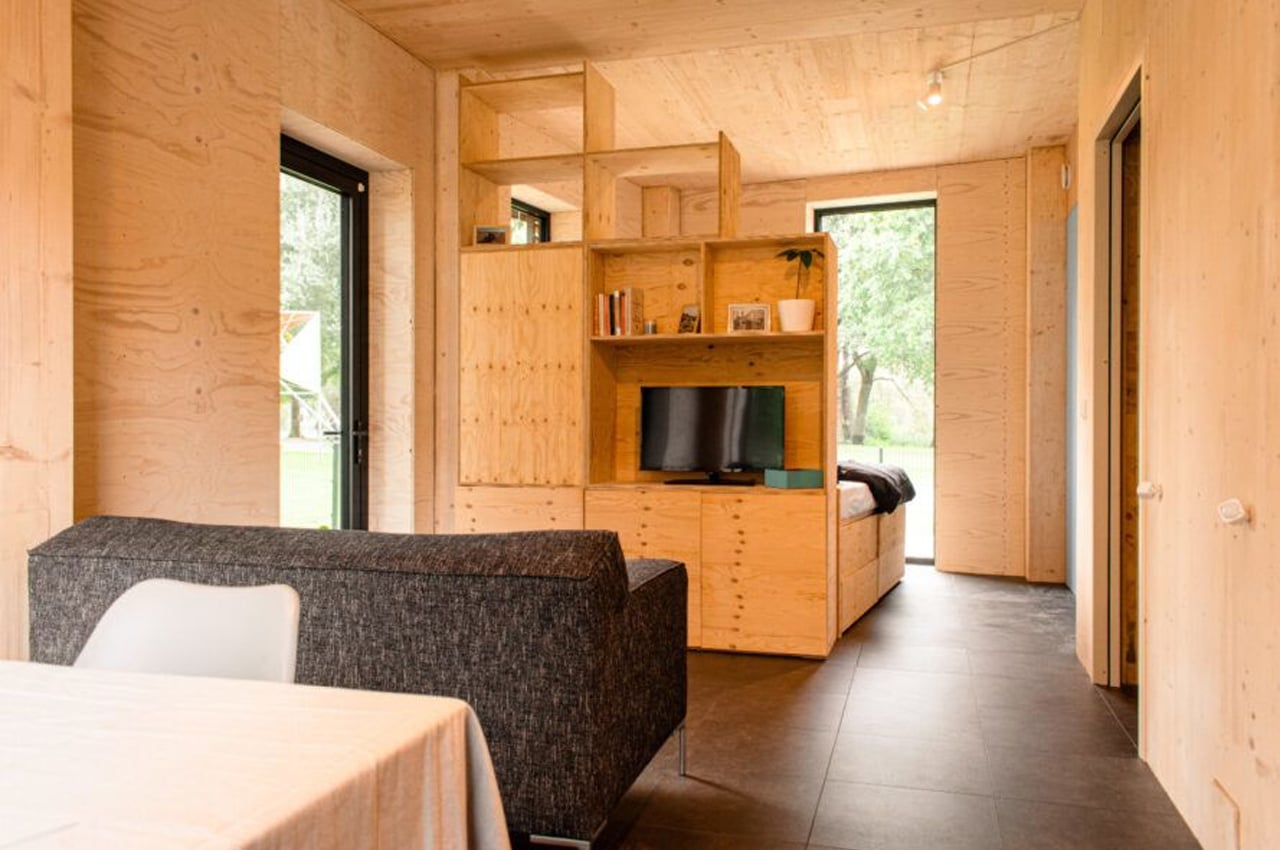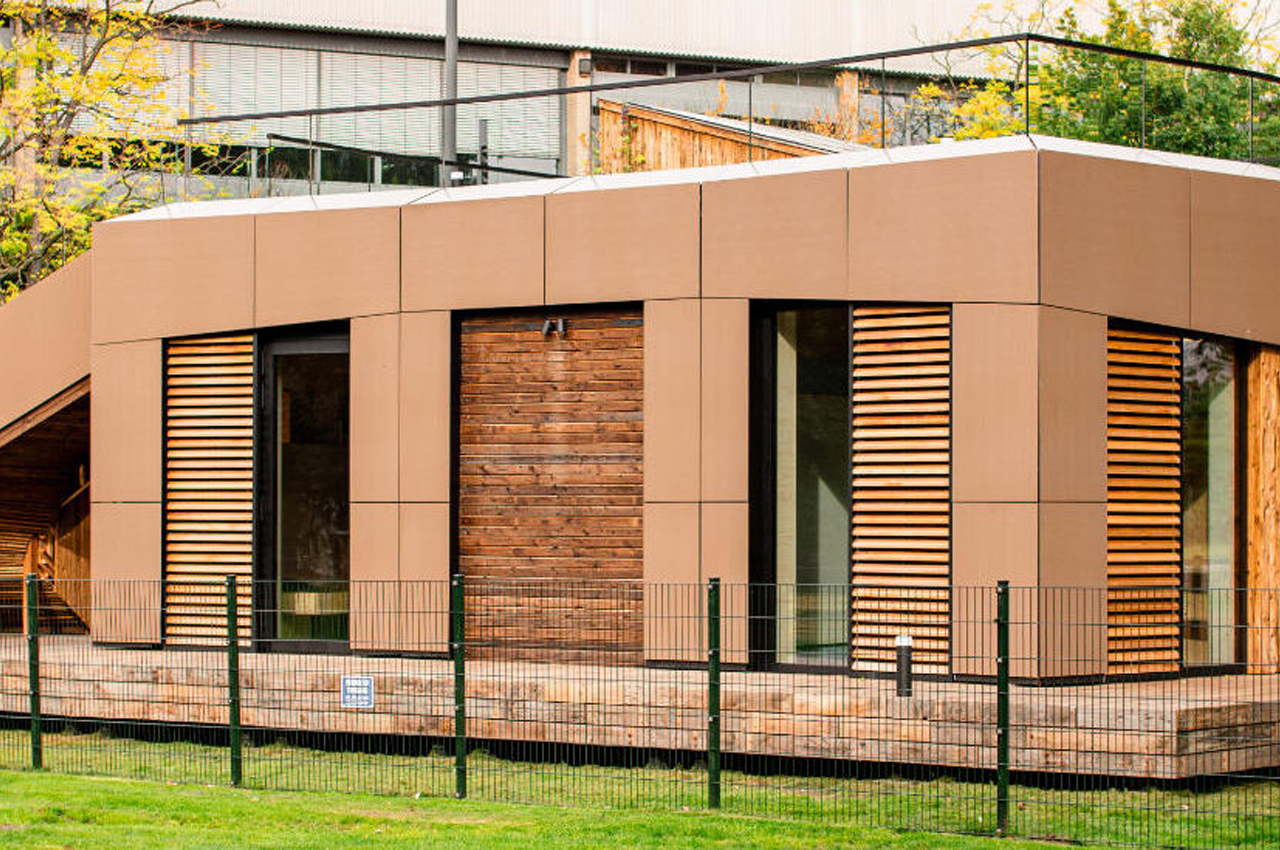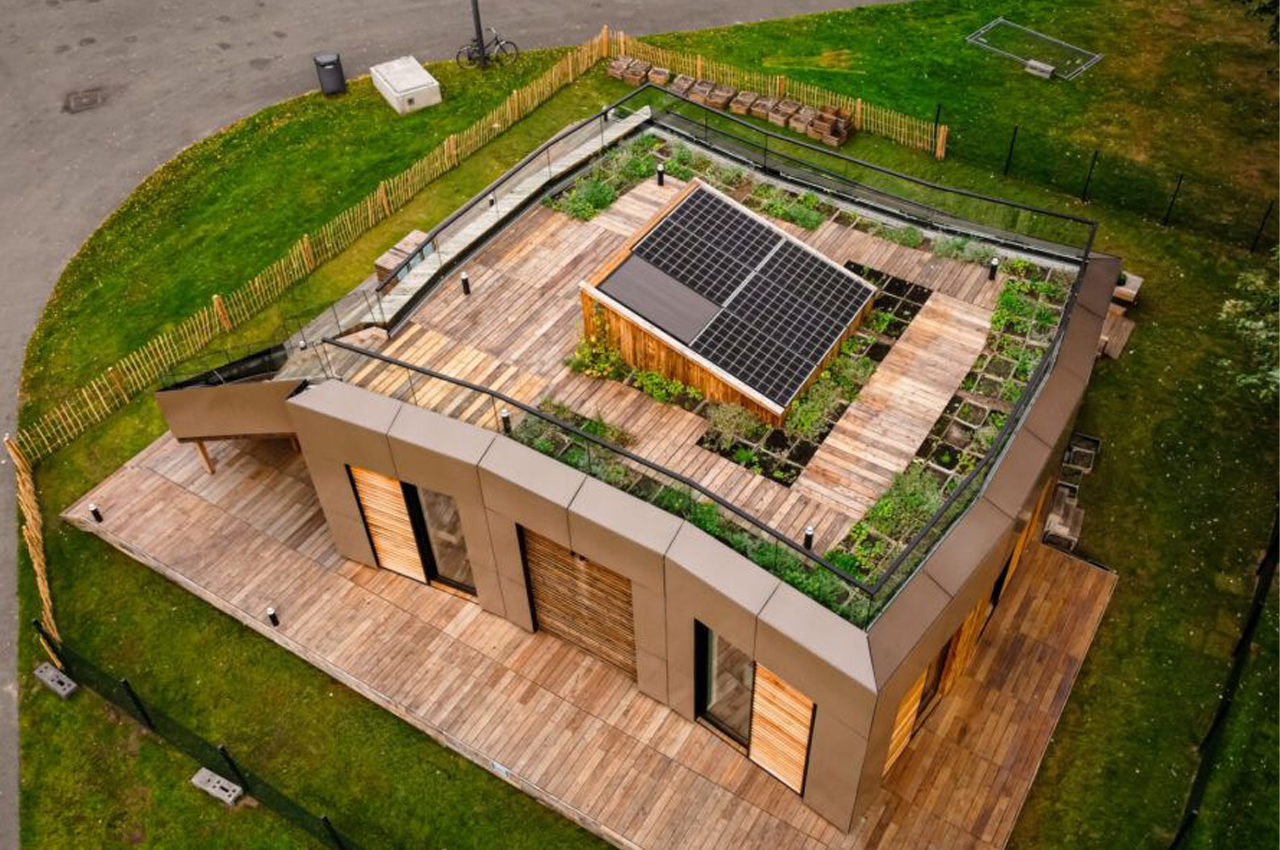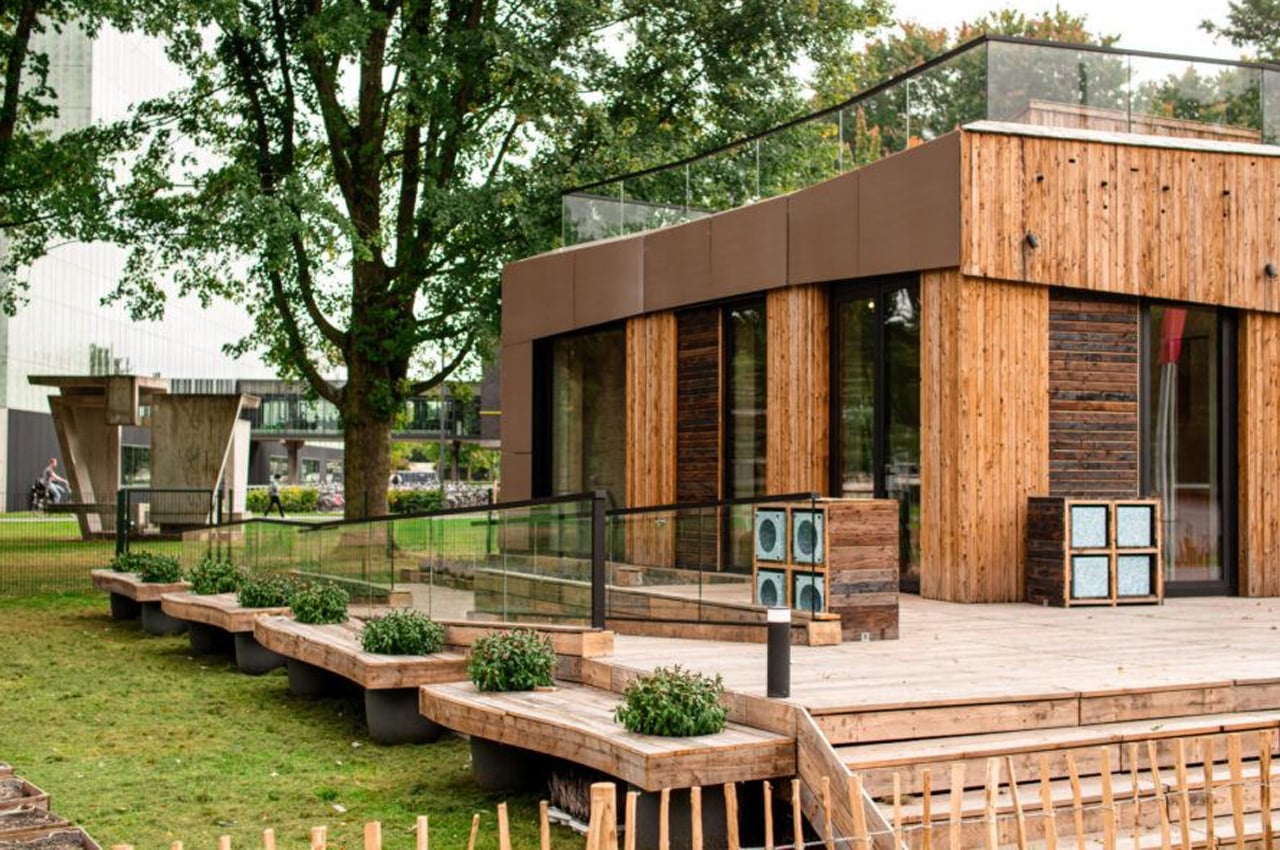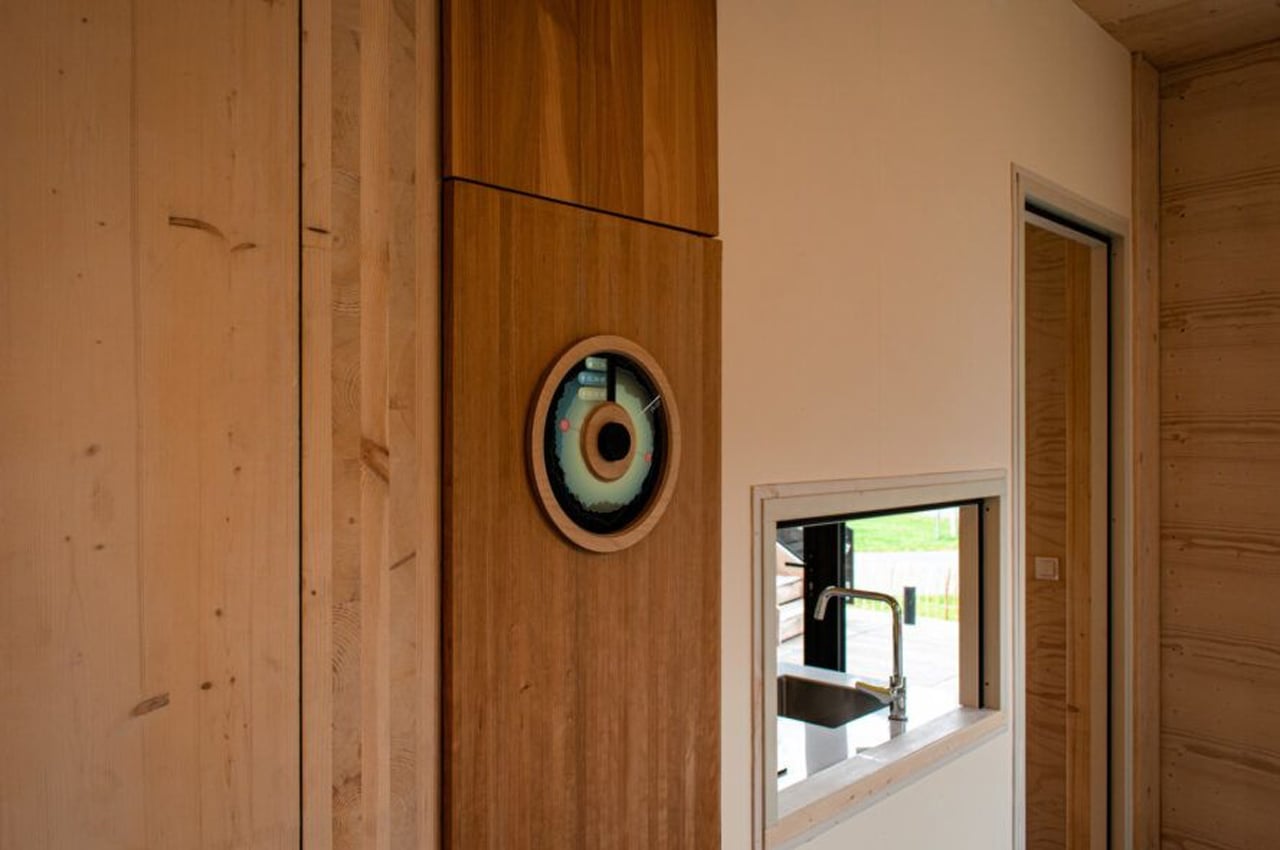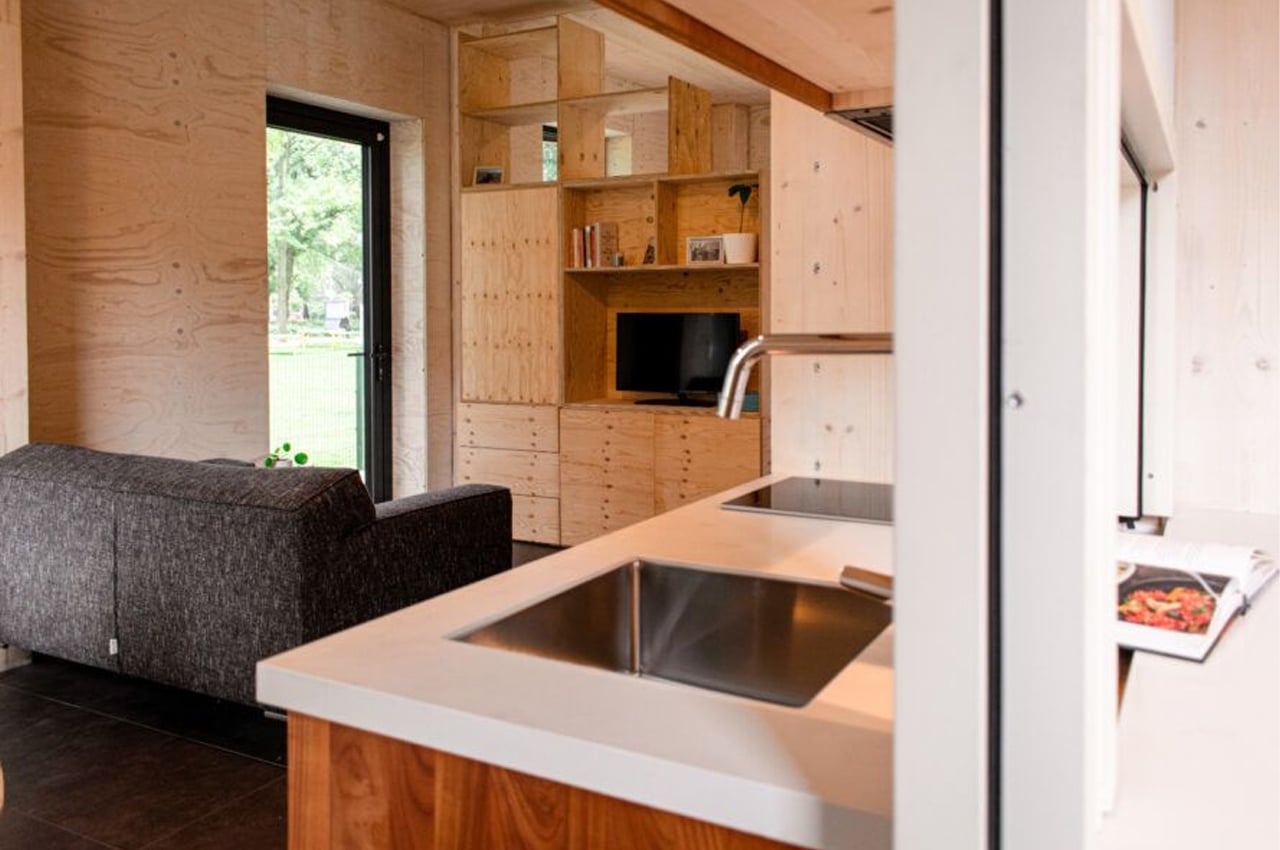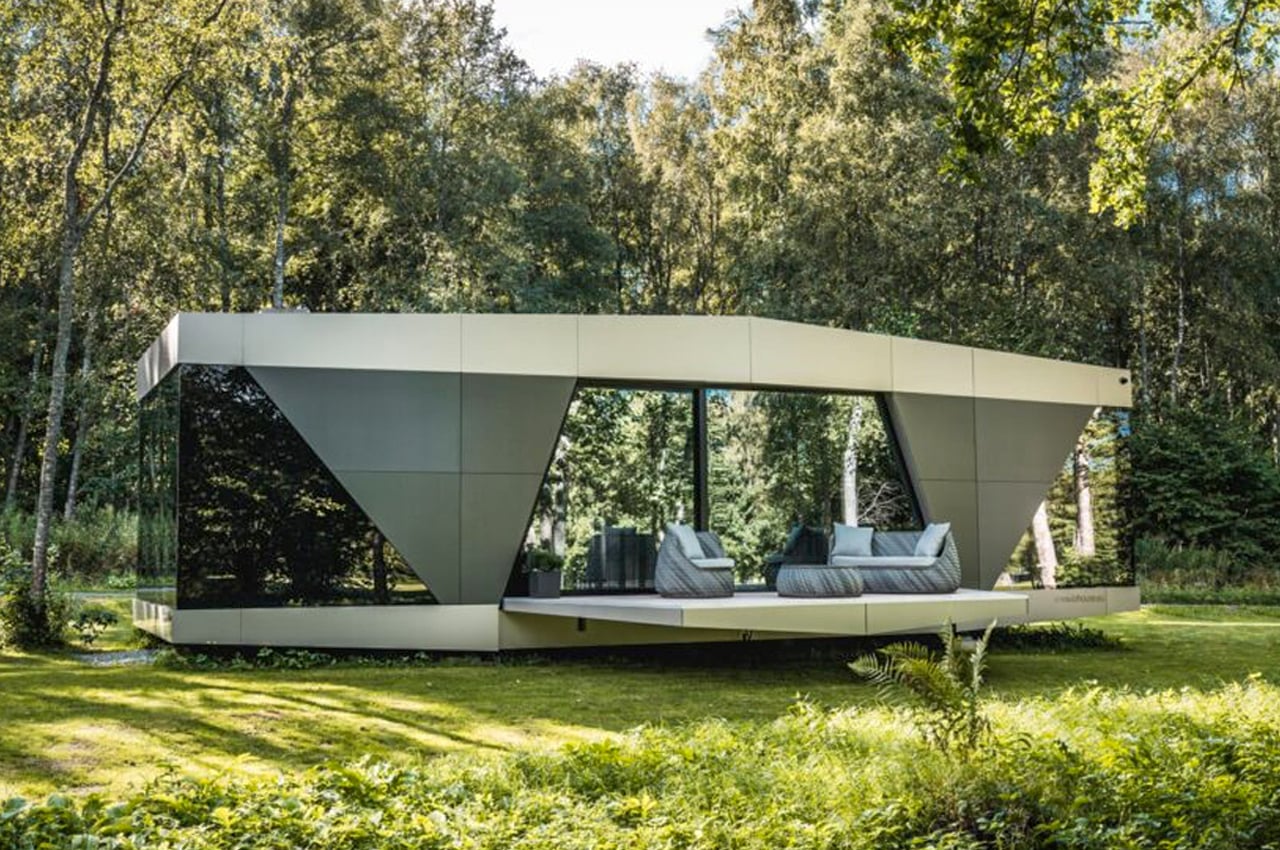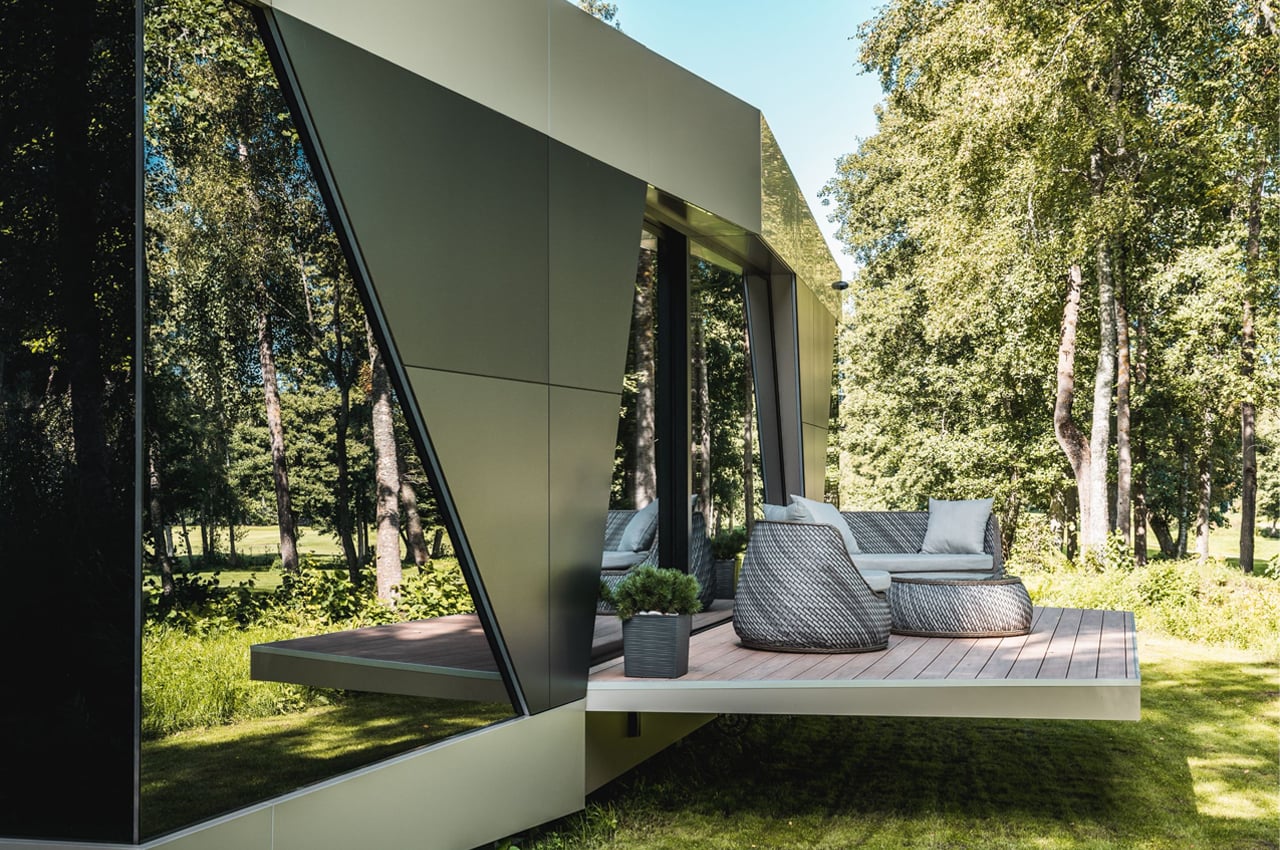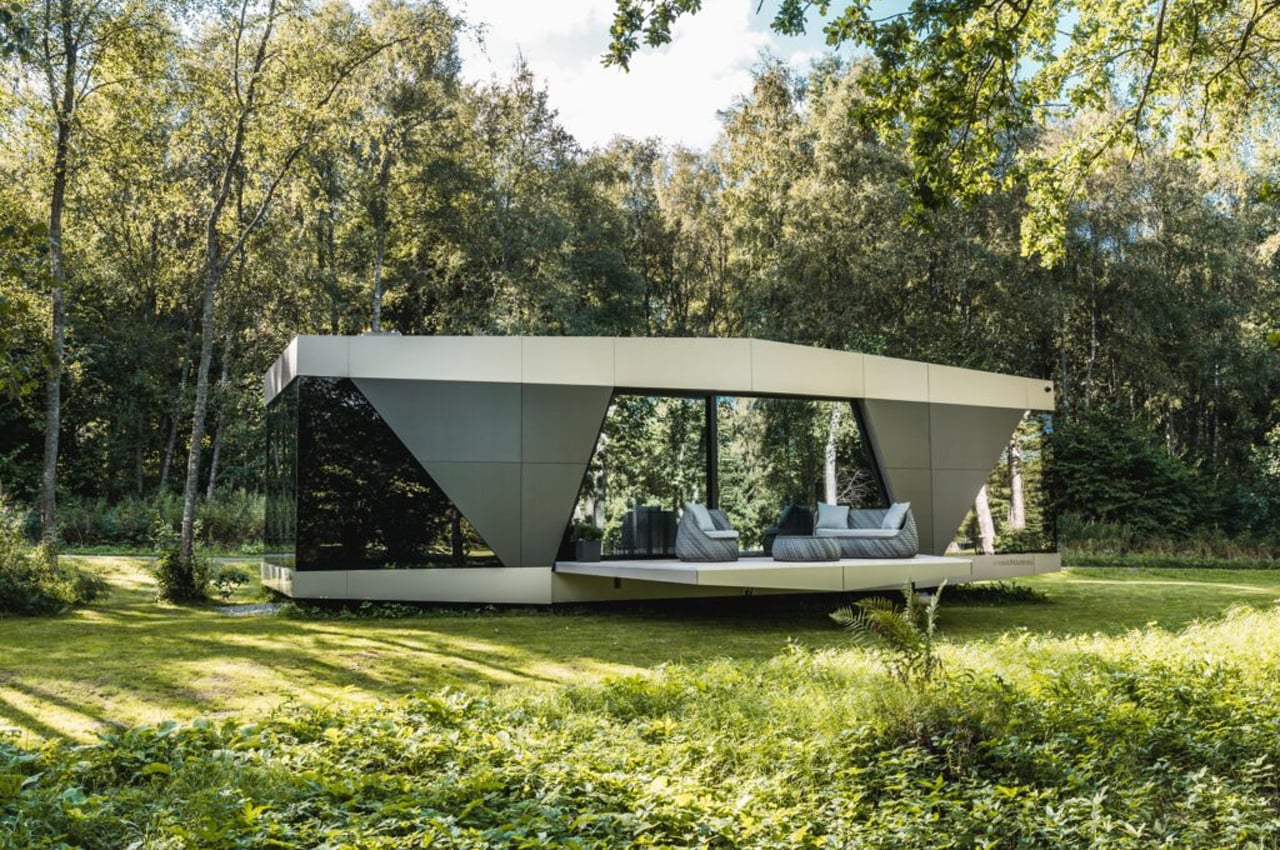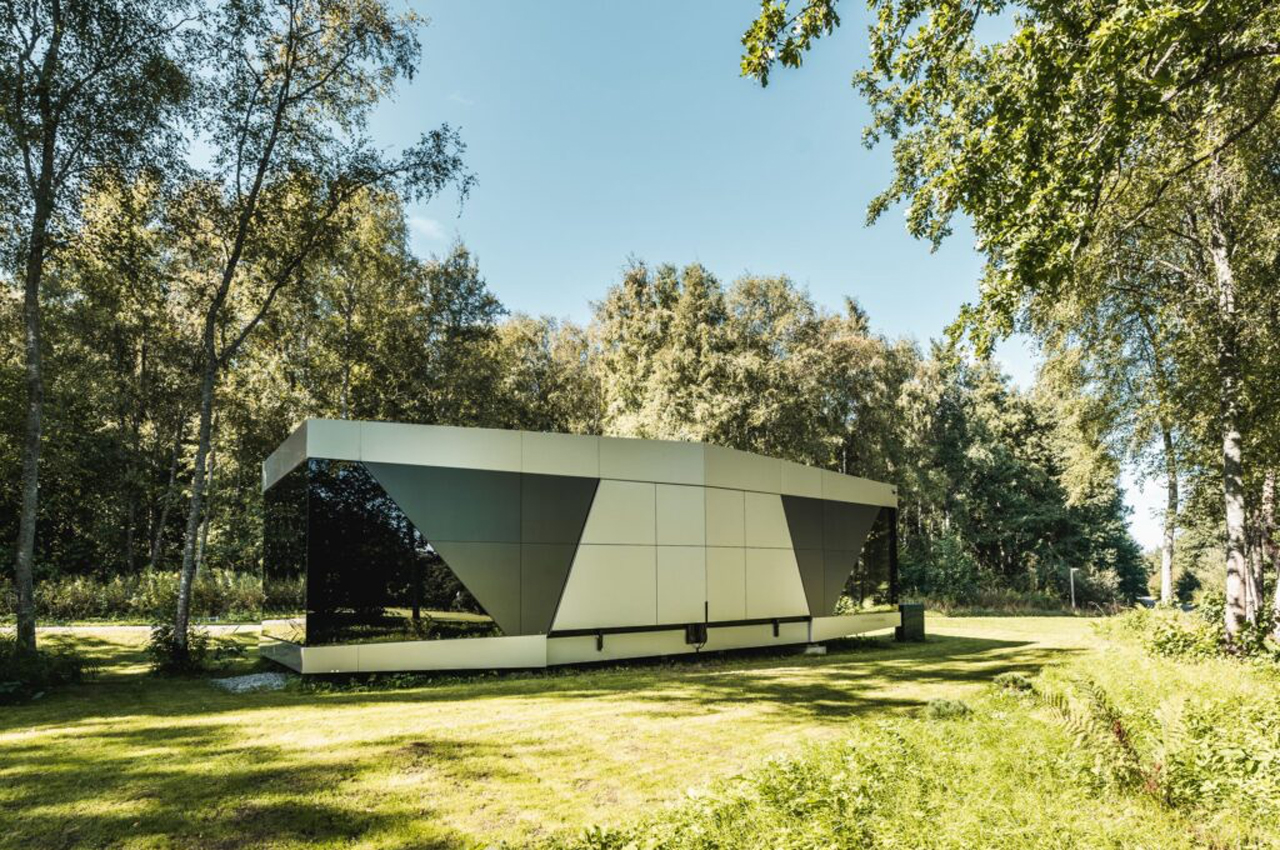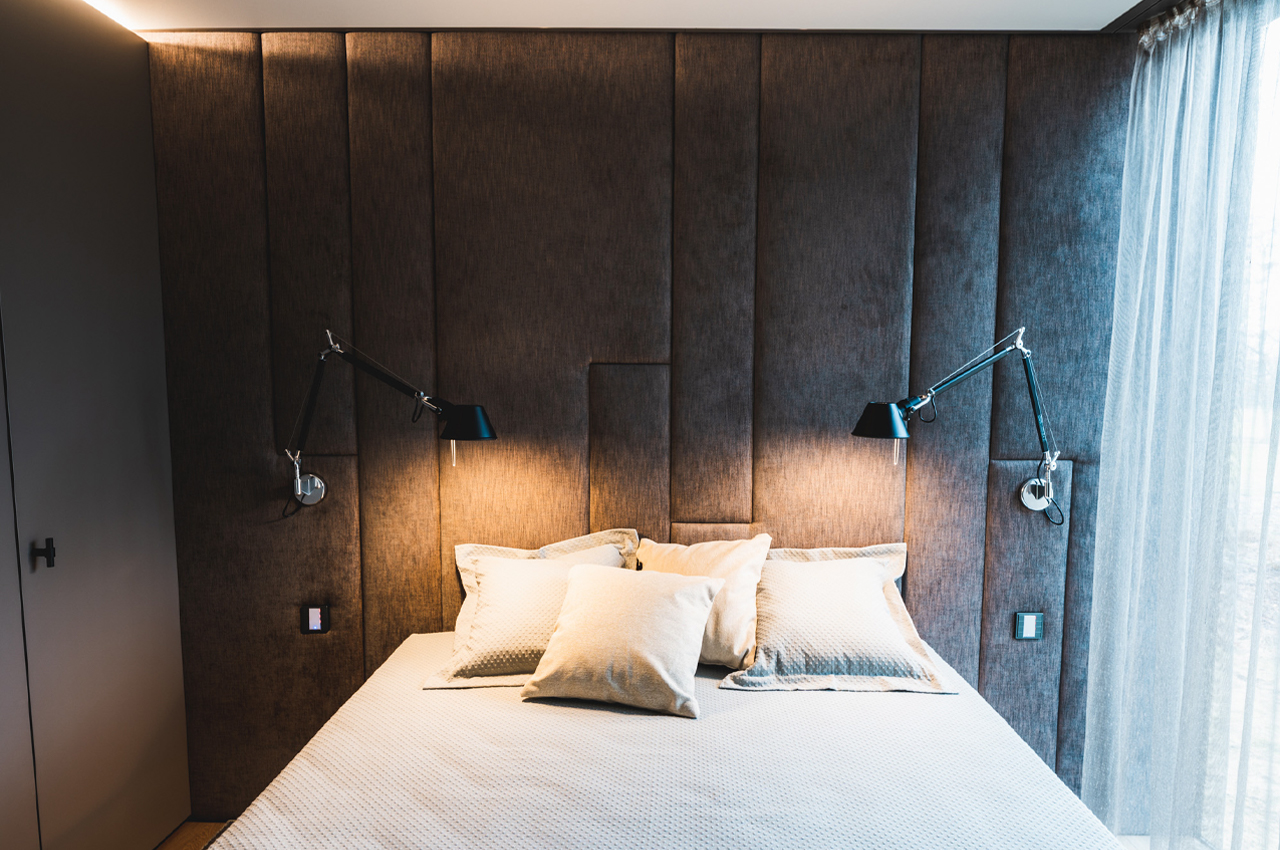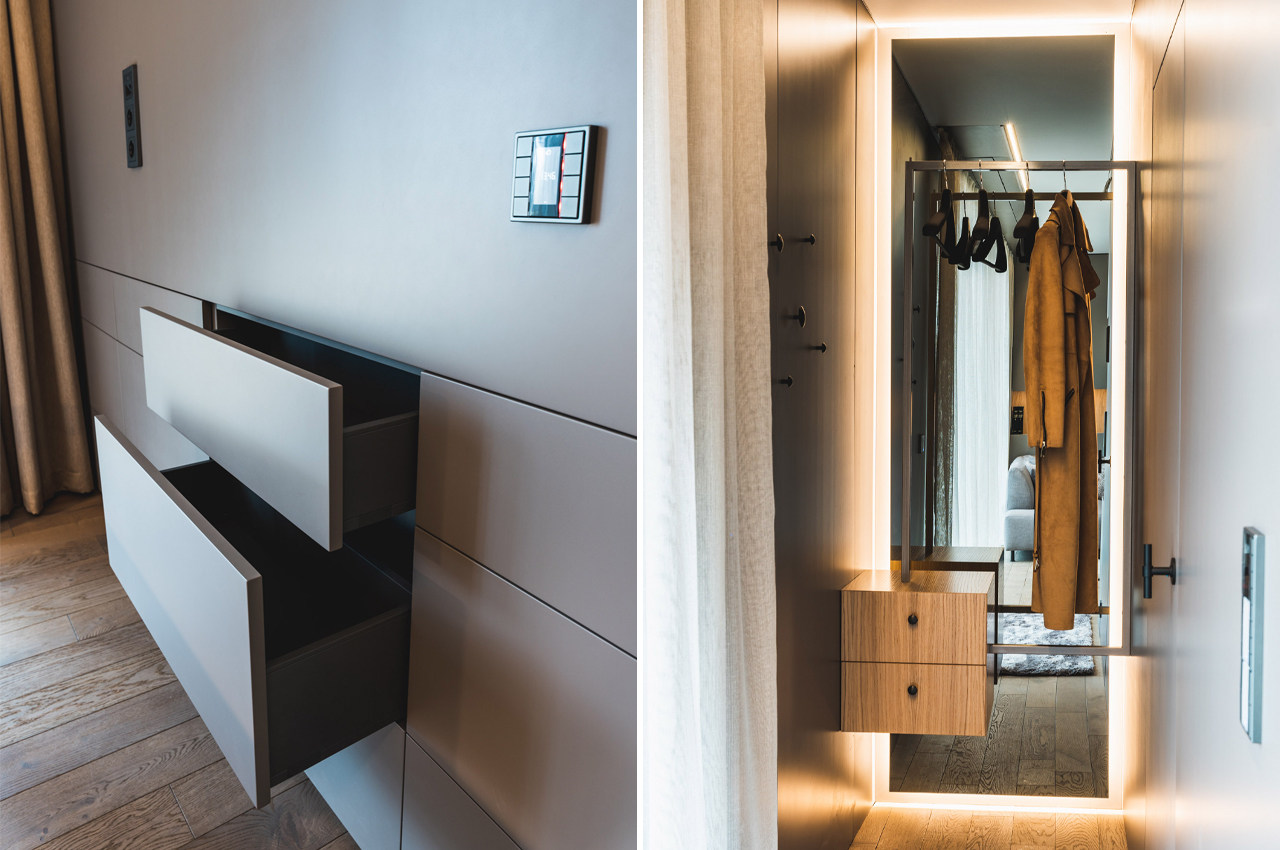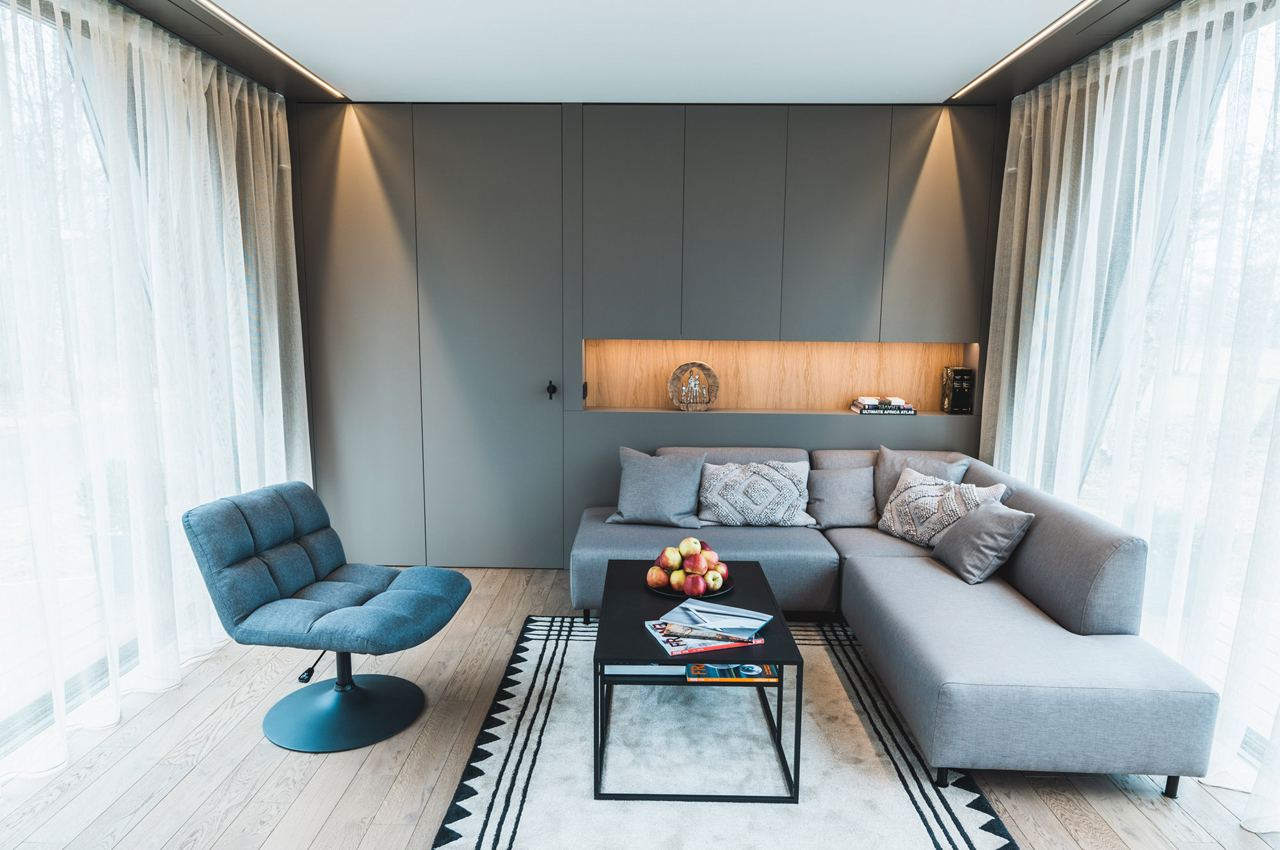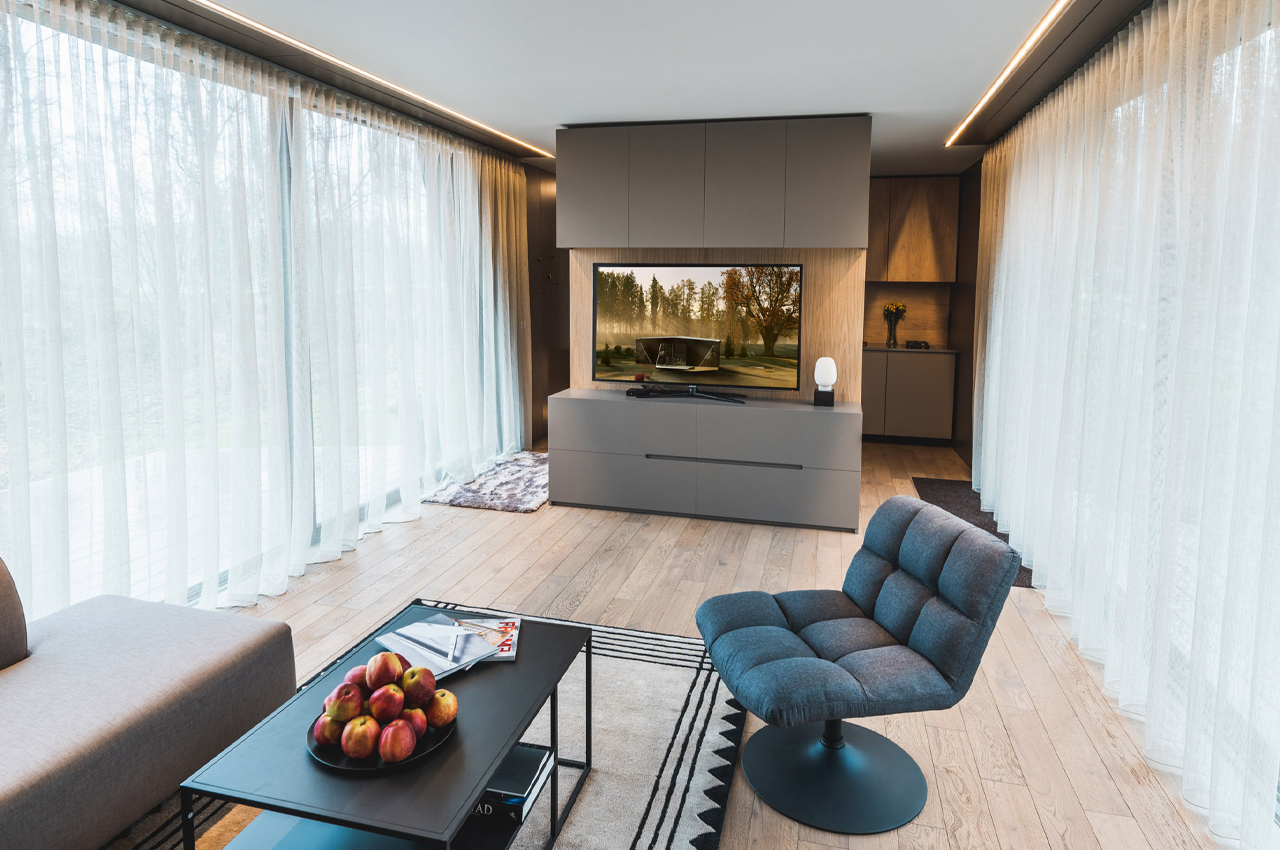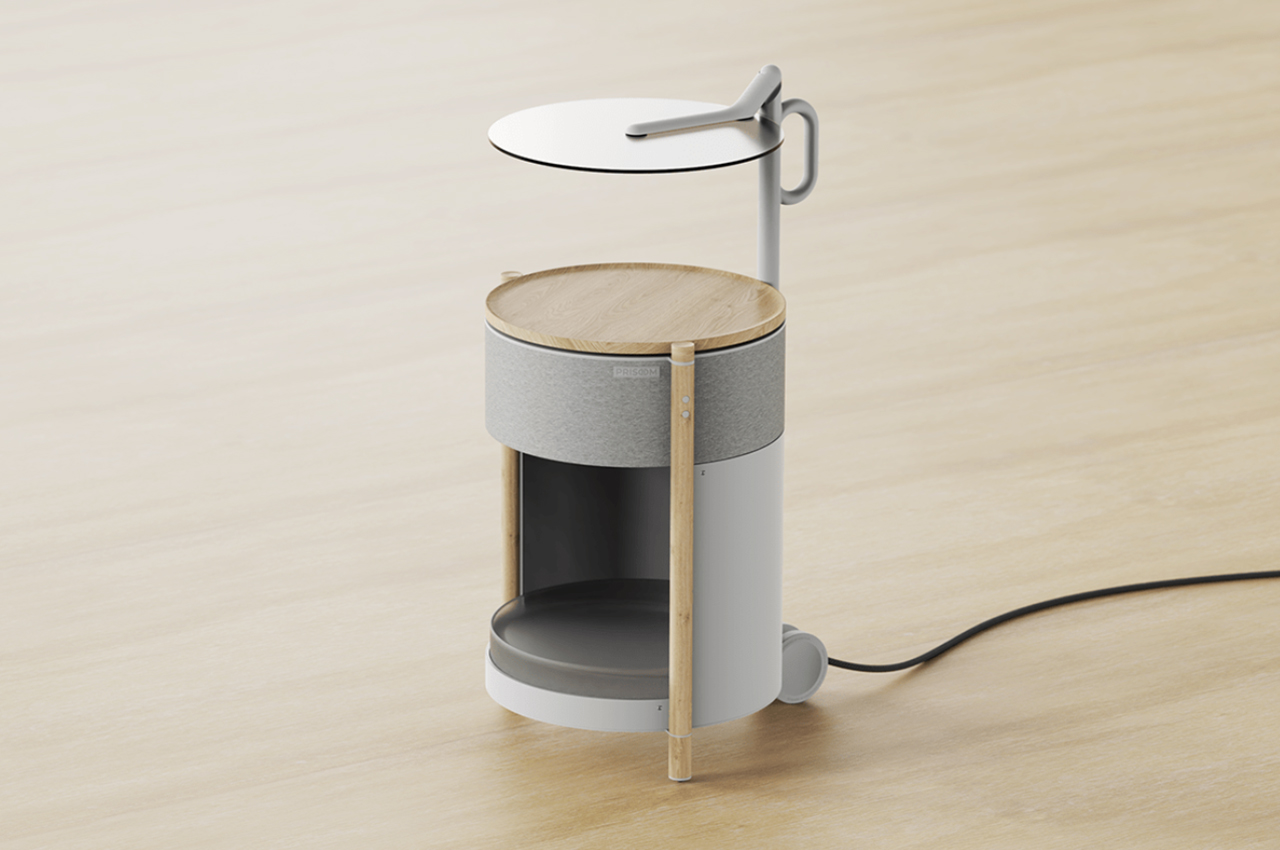
The MZ generation is obsessed with house parties. If you’re wondering who exactly belongs to this group, it may be you, anyone who isn’t entirely millennial, or Generation Z. (AKA millennials in their twenties and thirties). This collaborative conceptual design by LG and KDM named PRISOOM addresses all of the needs of people during a house party, as well as their insatiable desire to take pictures and post them online.
Designer: KOREA DESIGN MEMBERSHIP PLUS (Chaewon Lee, Chan woo Park, Jungwon Lee, Da-yeon Choi)
Rendered on KeyShot: Click Here to Download Your Free Trial Now!
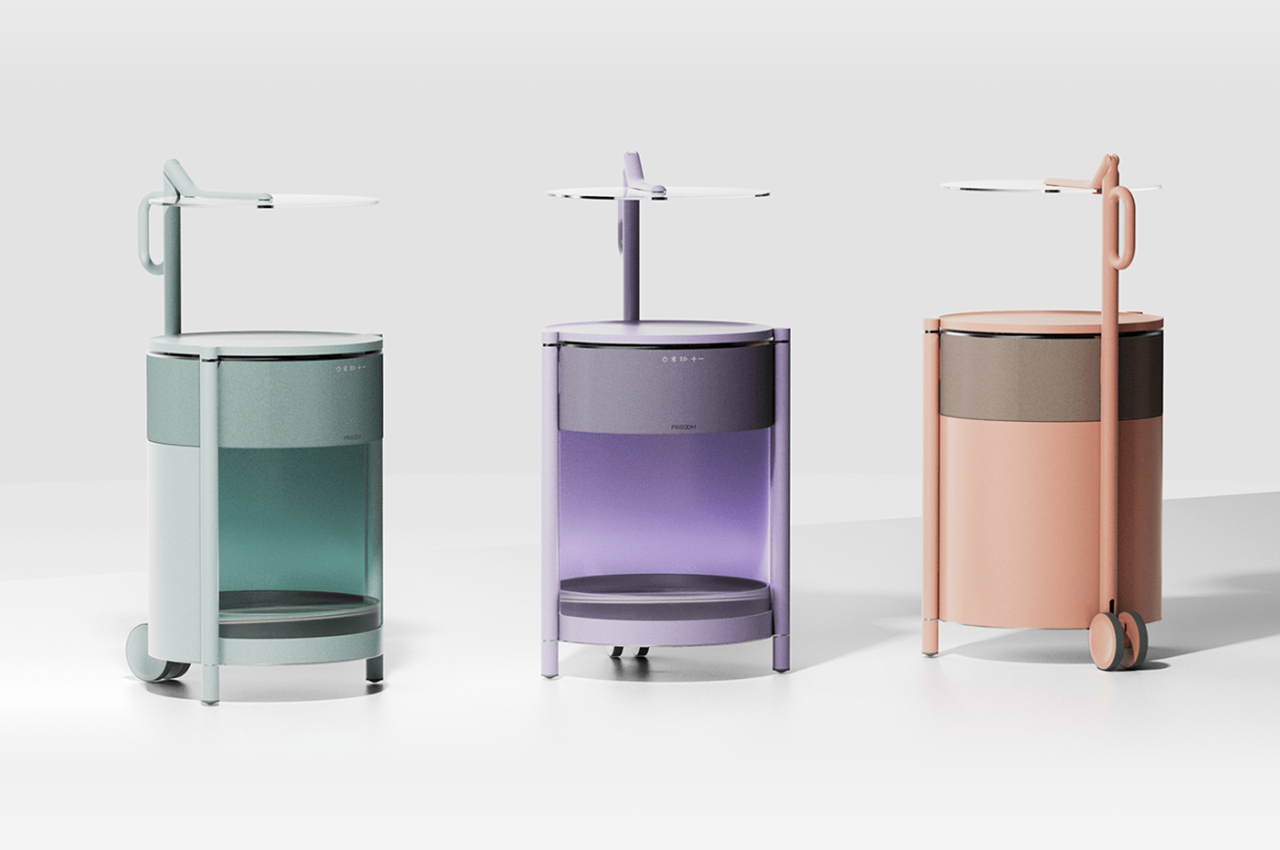
House parties have recently gained favor over clubs because they keep a decent balance of the mood of a club while also being a wonderful venue for conversations. It’s a great way to meet individuals who share your interests. Prisoom serves all of the functions that support these activities. It’s a versatile mobile serving table that also doubles as a storage unit. It has a decent light for group photos and a great speaker to create the proper ambiance.
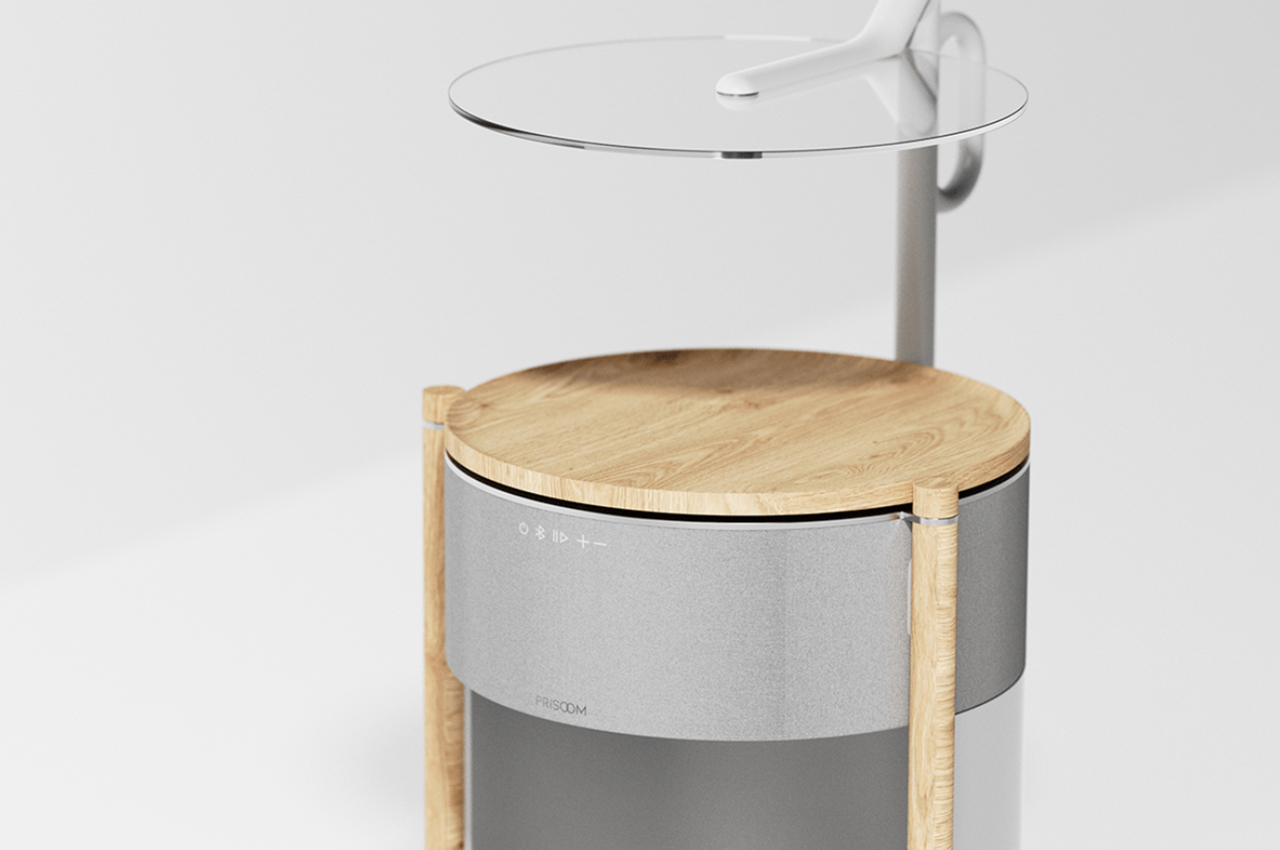
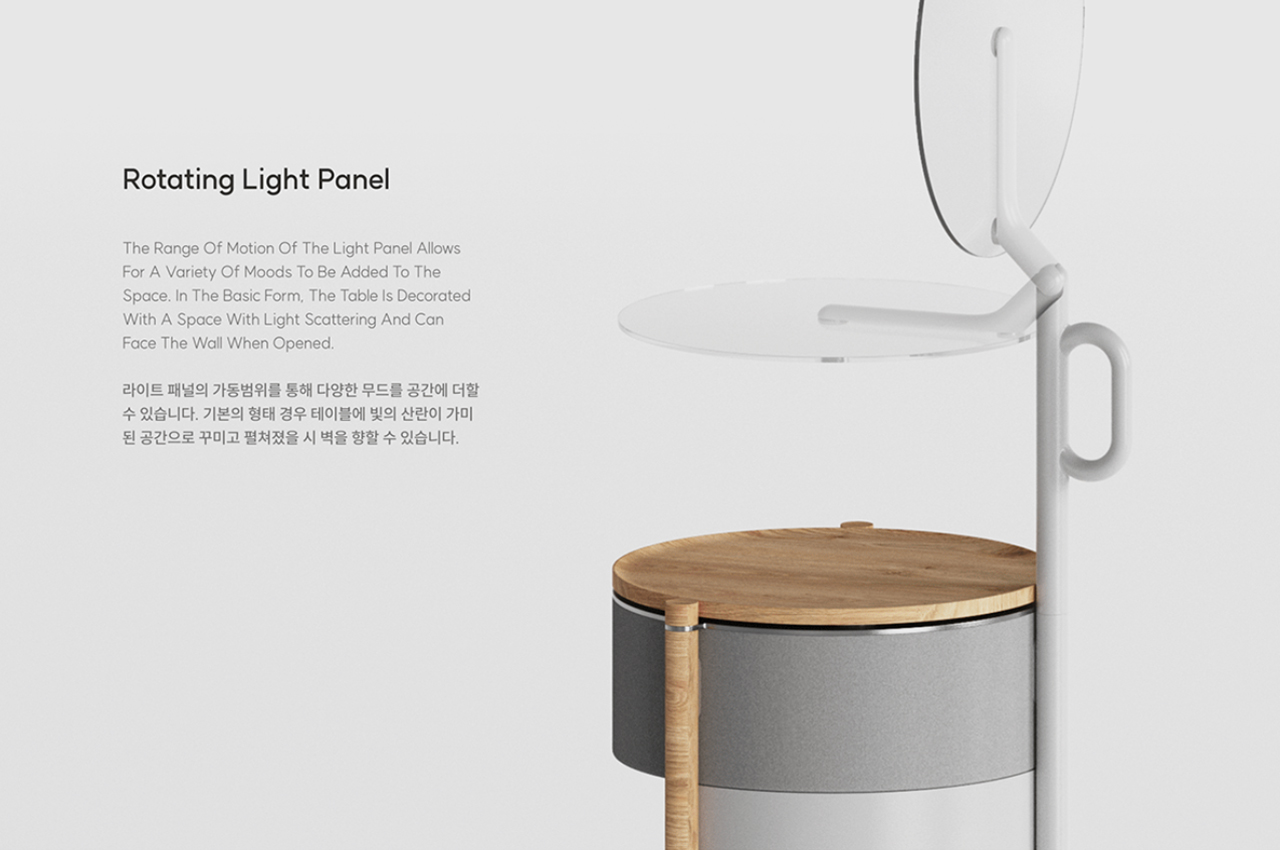
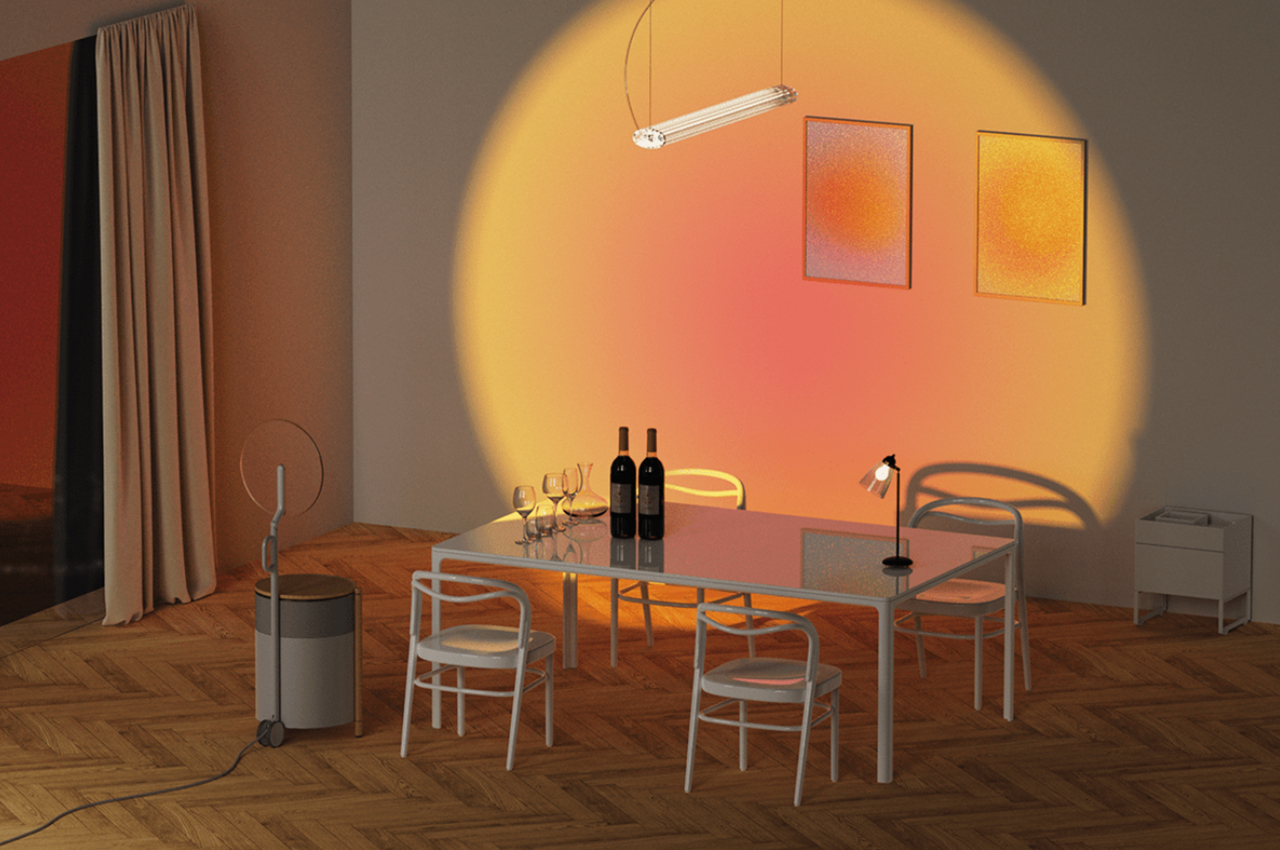
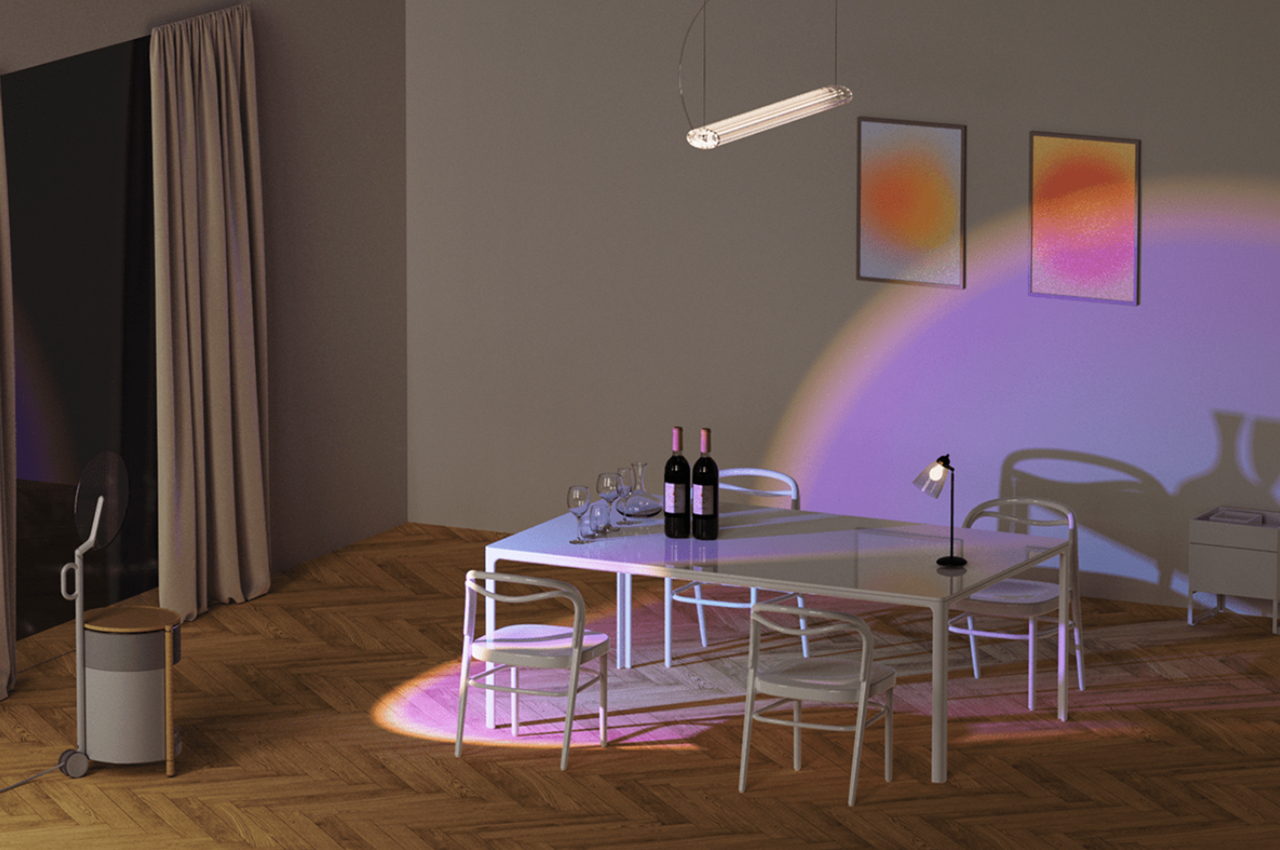
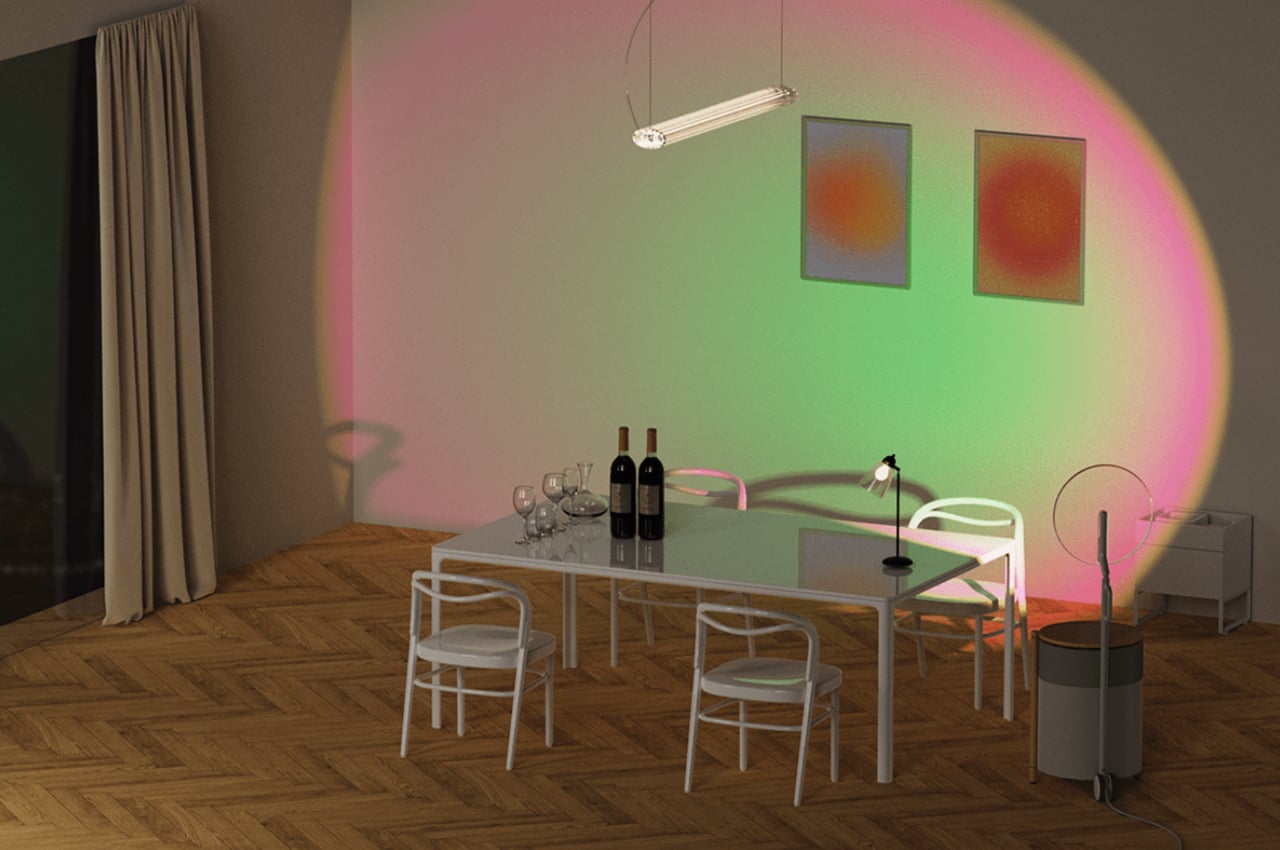
The lid-like-looking structure serves as a lamp that scatters light over the table or wall when lifted. You know how sunset lamps are all over TikTok and Instagram creating aesthetic reels and pictures. They come in multiple colors all of which this rotating light panel placed on top of the table can provide which helps in creating a variety of moods within the space. It features controls to select your preferred hue, allowing guests to communicate and interact with the product and each other more effectively, initiating a shared experience. There is also a ring light at the bottom storage unit to illuminate the items stored below for ease of visibility.
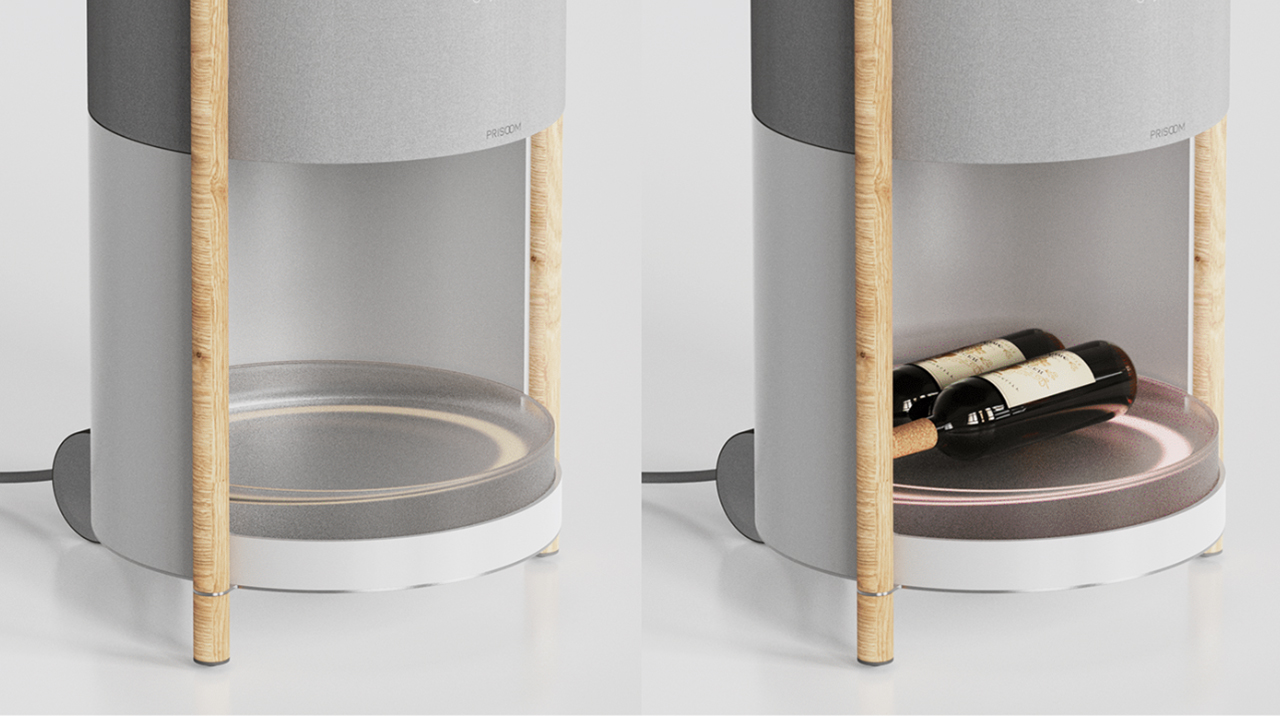
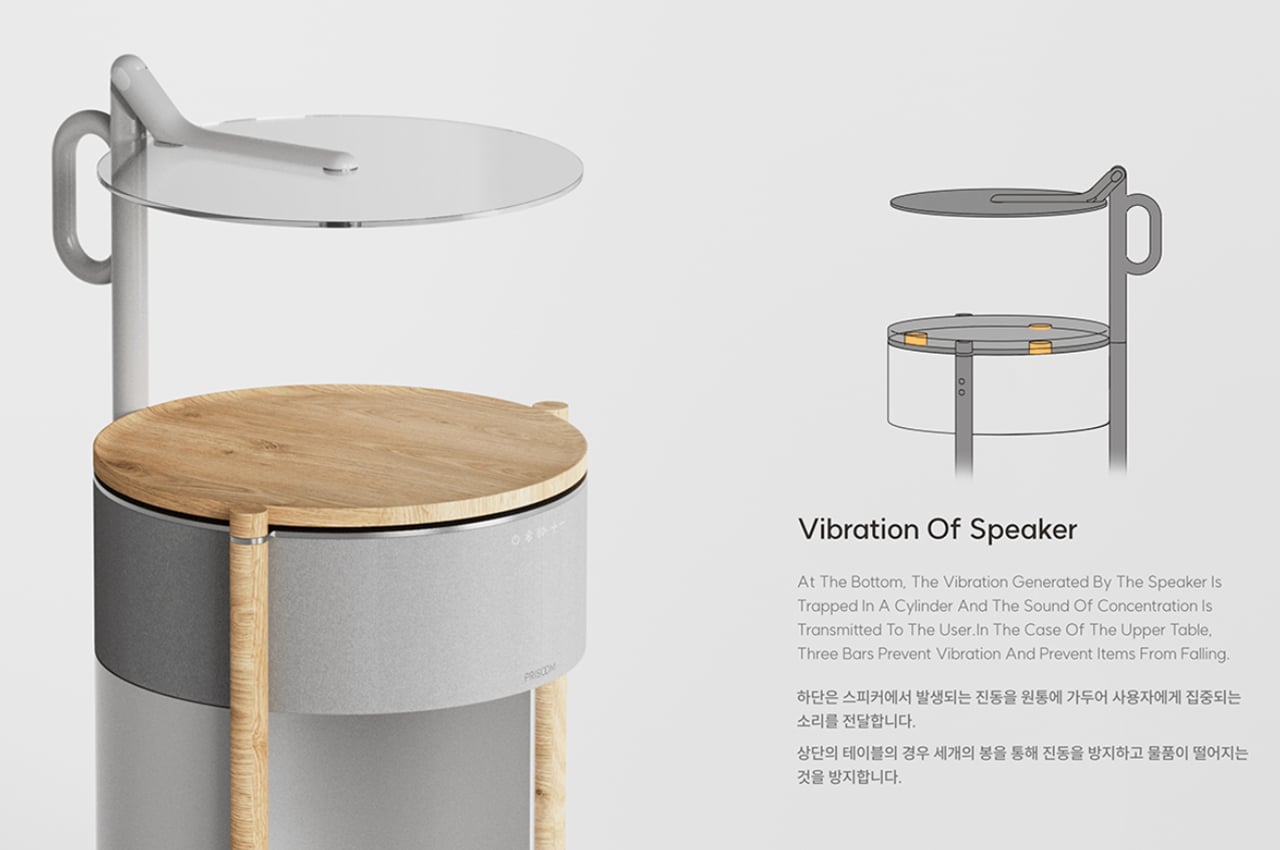
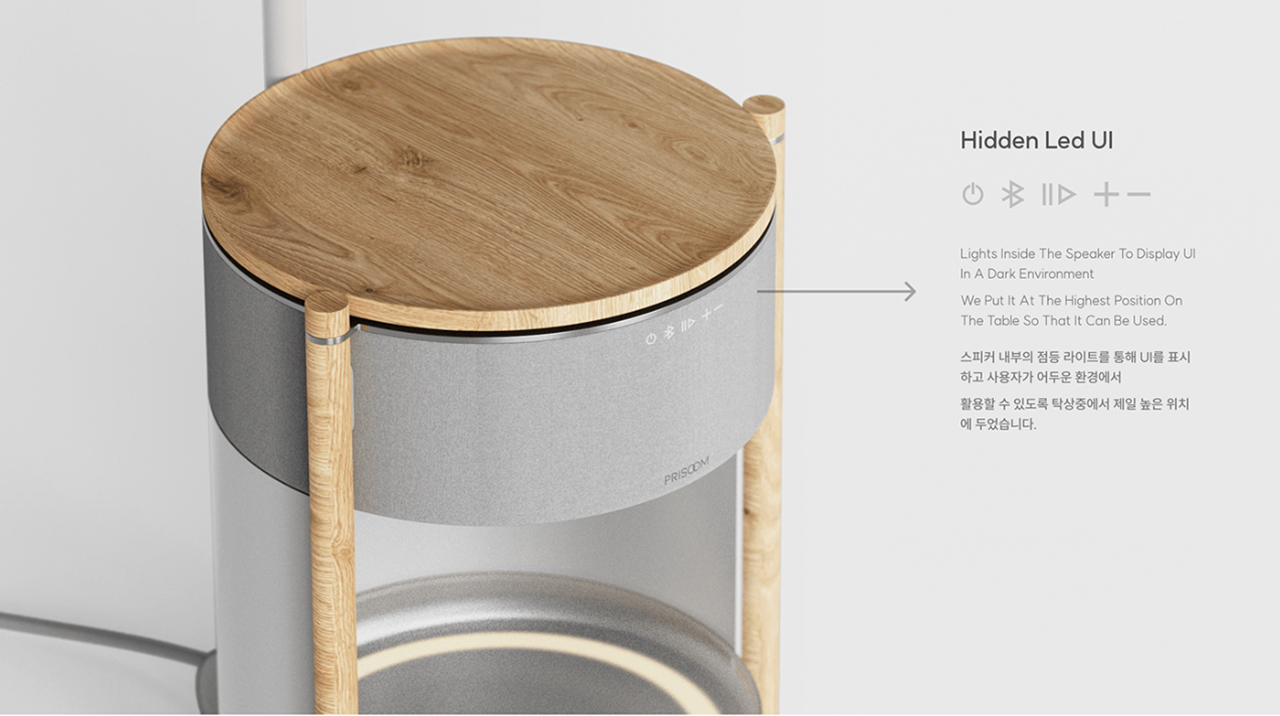
Concerning the mobile speaker’s capabilities, it is evident to consider that the vibration of the bass sounds may cause the table to shake and the objects on it to fall off. This is addressed by capturing the vibration generated at the bottom of a cylinder and transferring the sound of concentration to the user. Furthermore, the top is supported by three bars that reduce vibration, preventing stored goods from falling. The lights that act as a user interface for the controllers are situated at the highest level of the table, making them easily accessible while sitting or standing at the party.
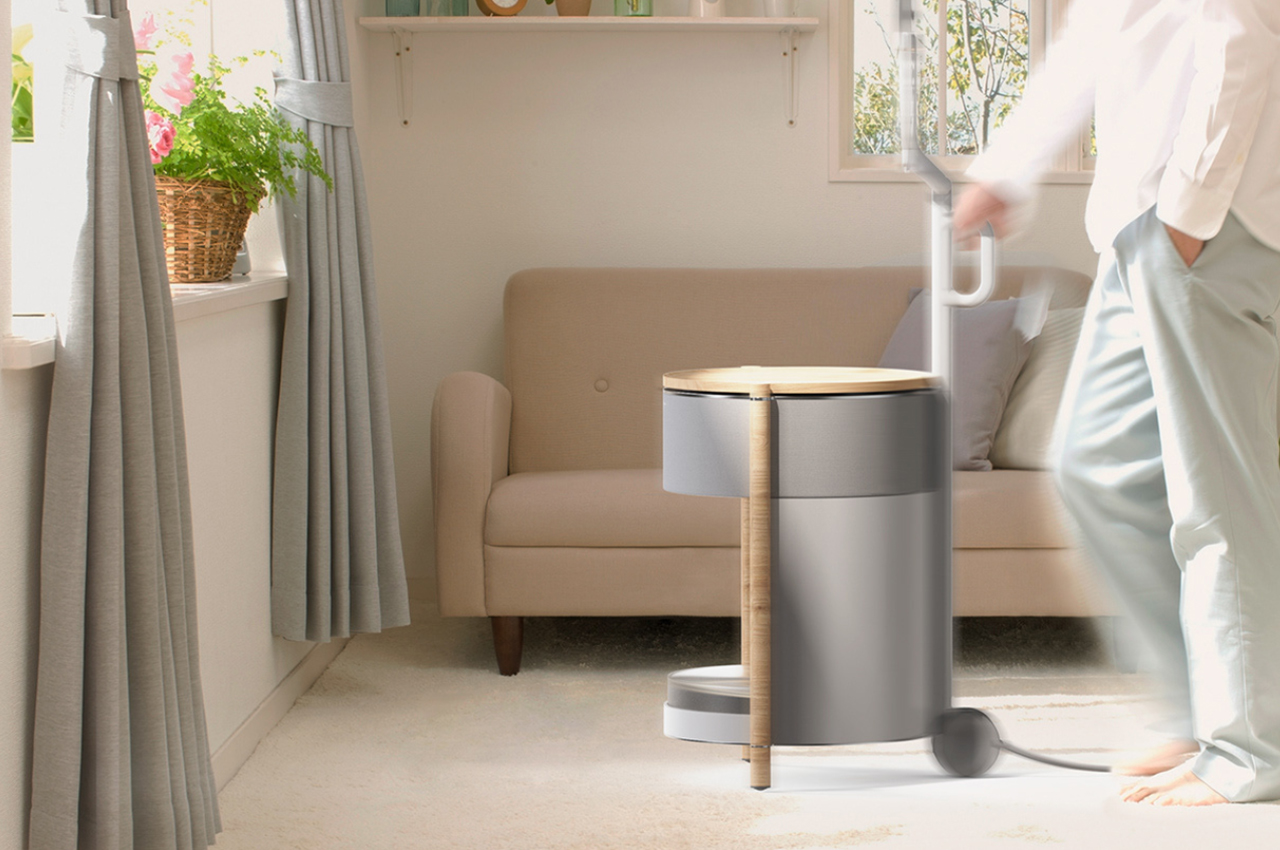
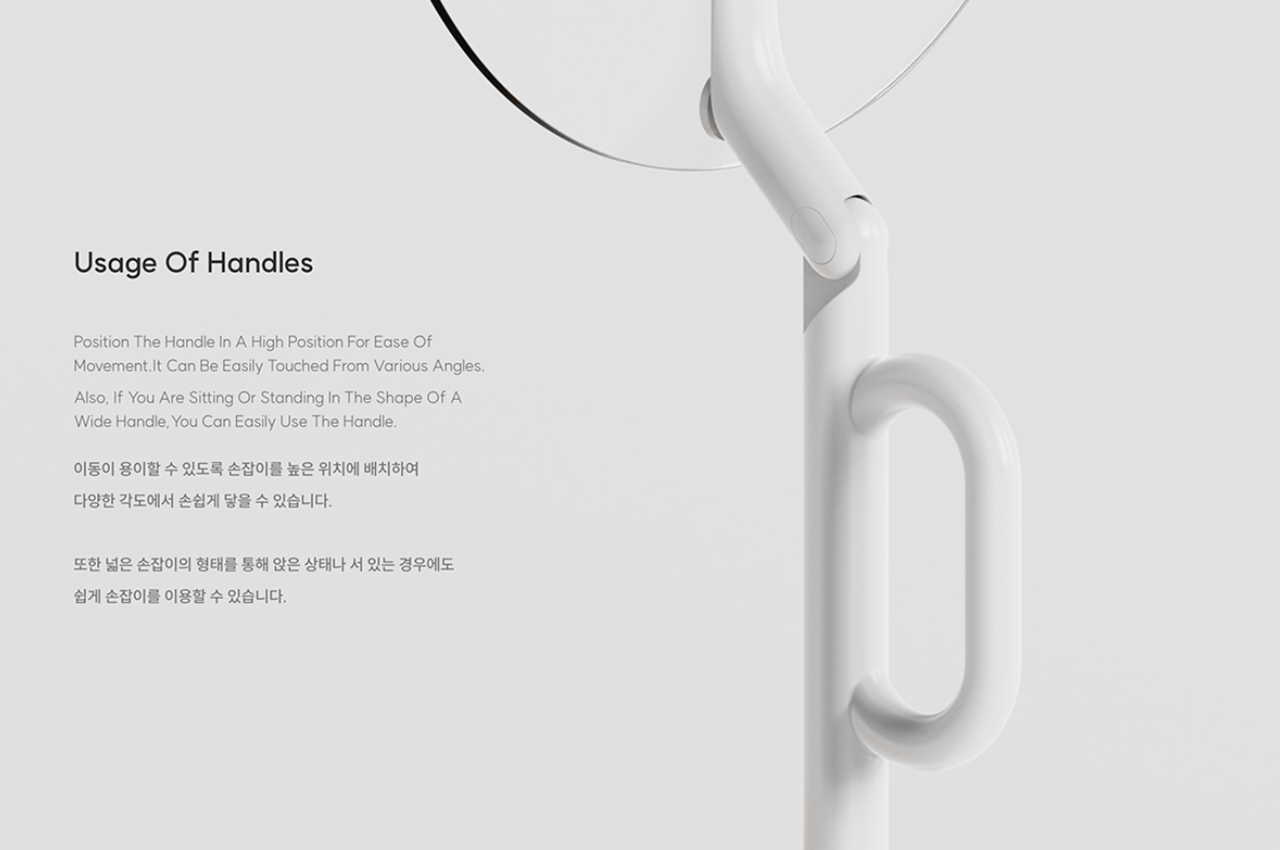
The table has handles that are thoughtfully placed at a perfect height to alleviate the movement across the room to help serve with ease as well as move it around for clicking pictures using the lamp. These handles can be accessed from various angles while sitting or standing or even wide angles.
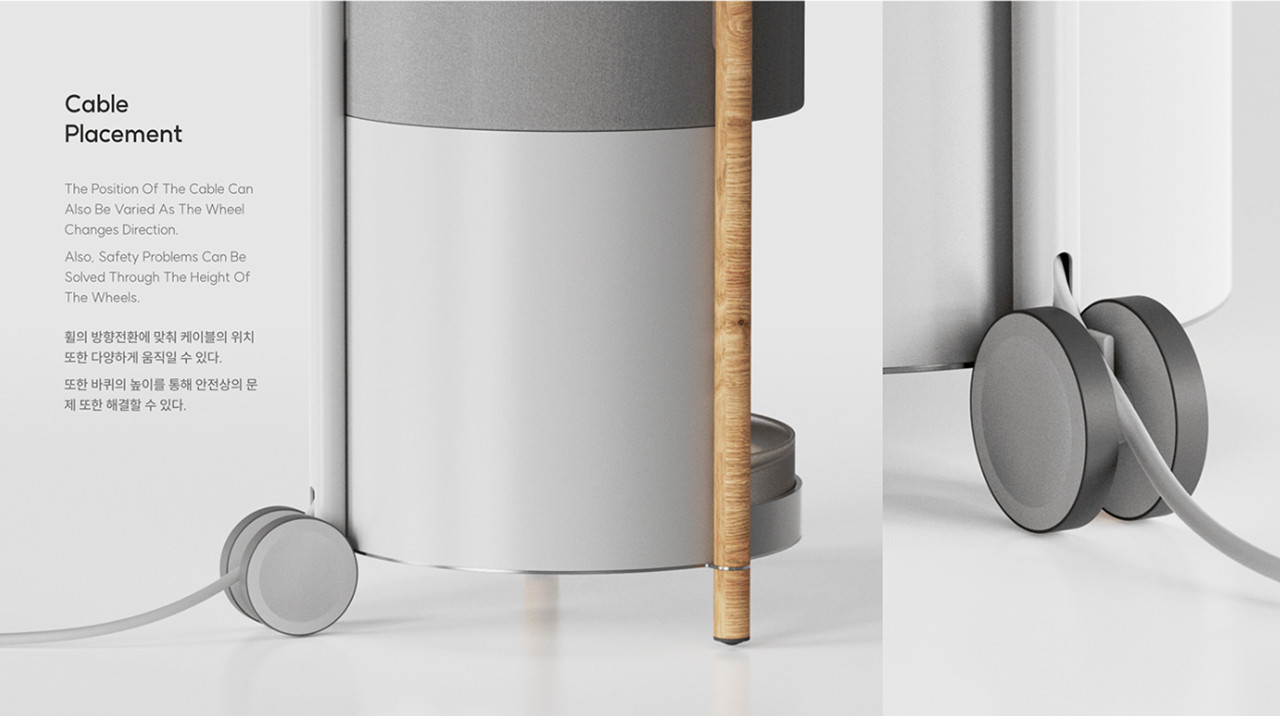
The light and speaker cable passes through and is held by the wheel which allows flexibility in positioning it. The height of the wheels can also solve safety concerns.
In this generation of MZs, this compact all-in-one table is ideal for house parties. However, they might want to think about incorporating AI to support the evolving demands of generation alpha, as it is the upcoming trend. Recently, robots have replaced servers at restaurants, and this technology may soon be available at home.
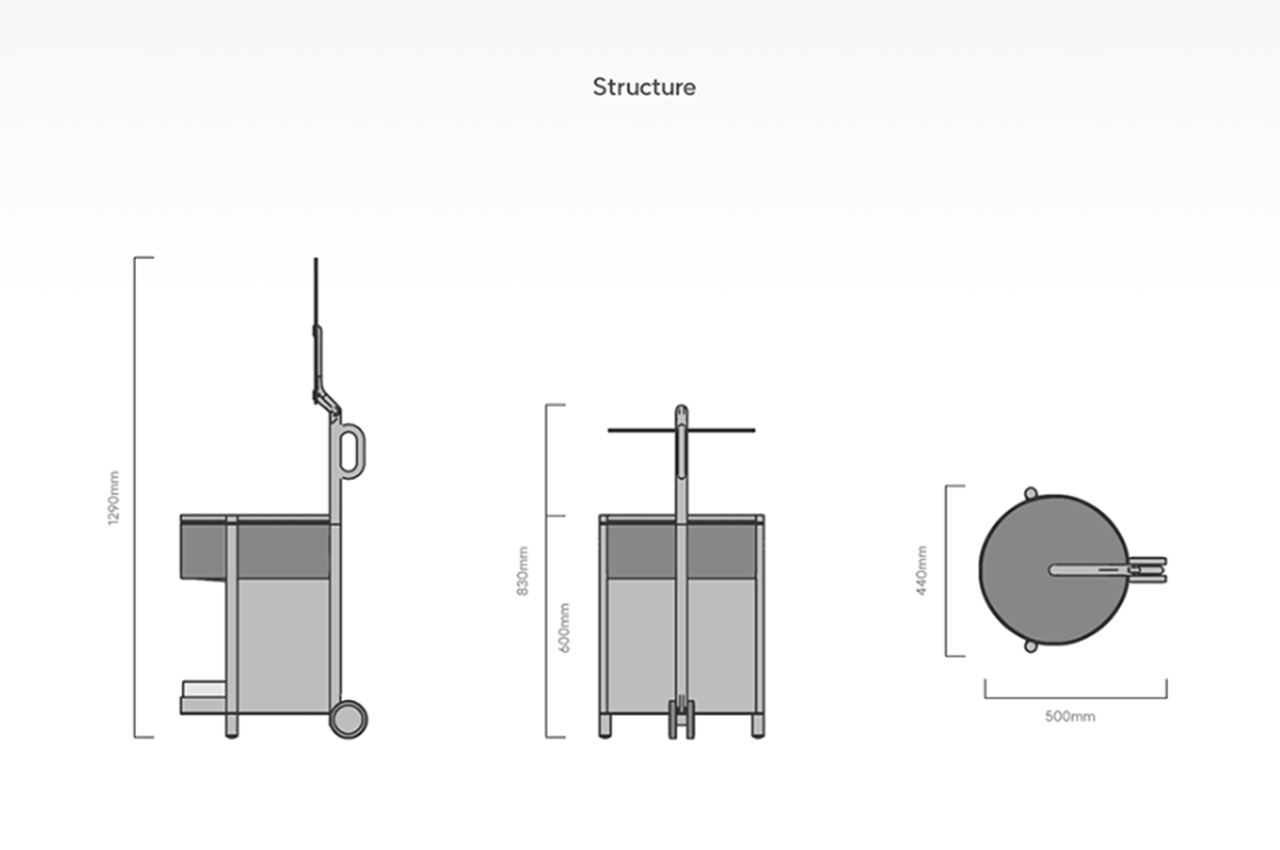

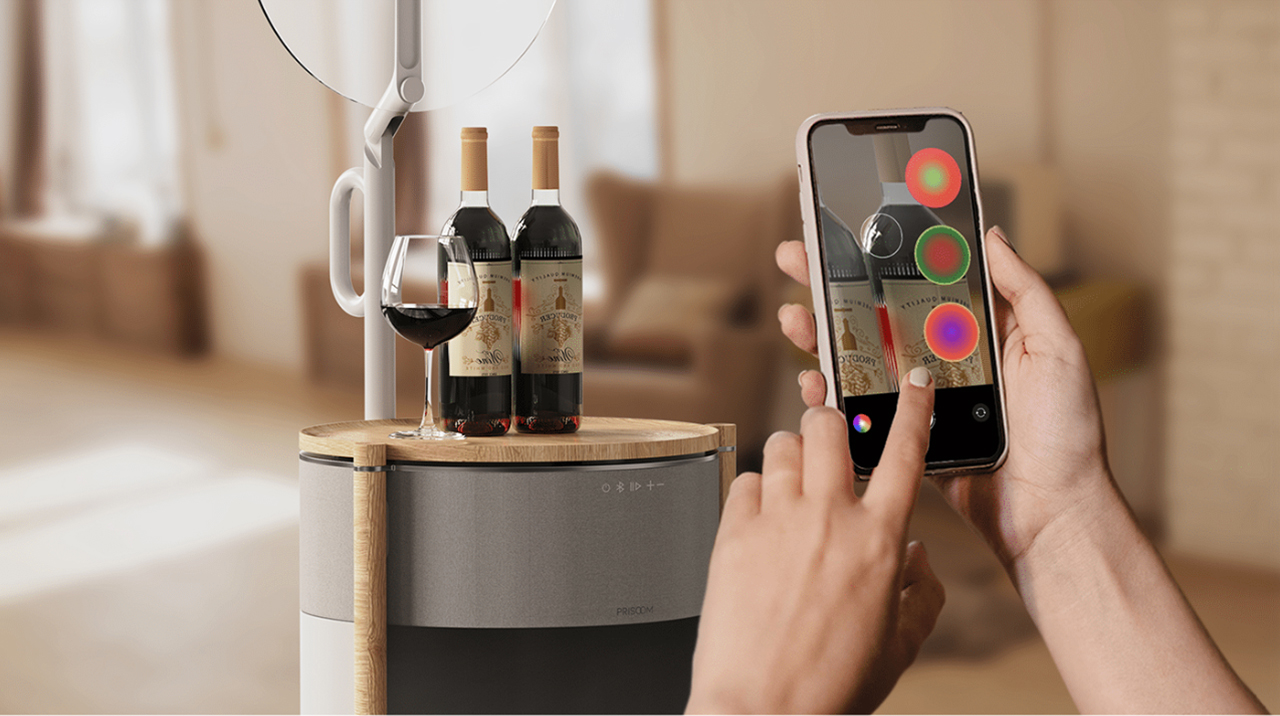
The post A multi-functional table that works as a light, speaker and more is designed for the Generation MZ first appeared on Yanko Design.
